2014 SLP Panther Camaro: What's It Like to Live With?
Read the latest updates in our long-term road test of the 2014 SLP Panther Camaro as our editors live with this car for a year.
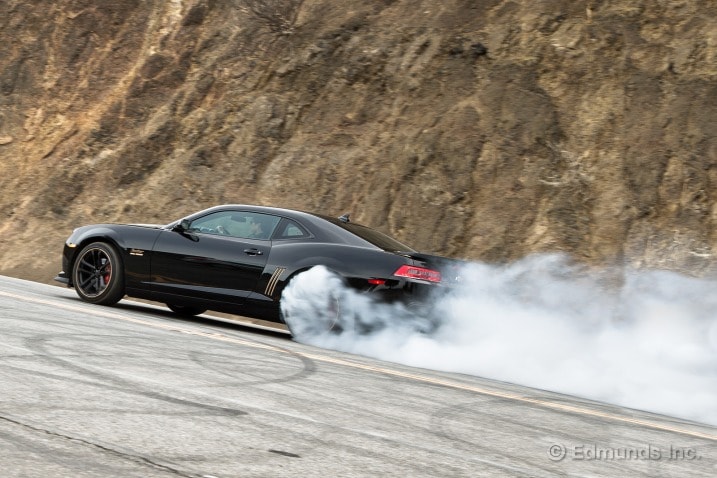
What do you want to know about?
- Introduction
- Loving the Black and Gold
- Fuel Economy Update for November
- Engine and Exhaust Sounds
- Engine Via Bluetooth Audio
- Yes, It's a Camaro, For Better or Worse
- Liking the Six-Speed Manual
- MyLink Integration Mostly Works
- Jay Leno Likes It
- It's Got a Big Cupholder
- This Car Makes Me Happy
- Splitter Height
- Fuel Economy Update for December
- Bedding In the Brakes
- Heavy Doors, Good Side-Impact Crash Test Rating
- It's Good, Real Good
- Rubs Shoulders With Its Peers at Tuners and Tea
- Just the Right Amount of Bonkers
- Broken Seat Adjuster
- Center Console Quality
- Good Black vs. Bad Black
- Climate Control Knobs
- Fuel Economy Update for January
- Feels Integrated and Harmonious
- Impressive Highway Ride, But So-So Driver Comfort
- 600 Reasons To Have Fun
- Comprehensive Set of Gauges
- The "Bro" Magnet
- Performance Testing
- Domesticated
- Last of the V8 Interceptors
- Great Looking Engine
- Roadside Repair
- 5,000 Mile Update
- First Oil Change
- Pedal Layout
- Start It Up, Smile, Repeat
- Climate Controls on the Fritz
- Hand Wash Only
- Just Like a Baldwin-Motion
- In Pictures
- Fuel Economy Update for Feb. and Mar.
- Climate Control Fritziness Strikes Again
- Dyno Tested
- Slick Shifter
- New Tires
- Fuel Economy Update for April
- Guess the Part
- Fold-Down Rear Seat
- Front Tire Wear
- Rev Limiter Blues
- Hates Speed Bumps
- Broad Stance
- 10,000-Mile Update
- Second Oil Change
- Fuel Economy Update for May
- Tunnel Blasting and Decibel Readings
- Long Indexing Times with Chevy MyLink
- I'd Buy It Over a ZL1
- Wrap-Up
Introduction
This is a first: an Edmunds long-term car that has been thoroughly worked over by a renowned tuning shop. We picked up the 600-horsepower 2014 SLP Panther (based on the mildly refreshed 2014 Chevrolet Camaro) right off the SEMA show floor as the booths were being torn down.
The SLP name should be familiar. Street Legal Performance is a New Jersey-based company that earned its chops more than two decades ago with its awesome high-performance Pontiac Firebird Firehawks, which tore up the streets through the '90s. More recently we've tested a few of its products, including a few big-power Camaros, a monster Corvette, a 740-hp Escalade and the loudest Tahoe in existence.
Those cars and trucks all proved to be fast, comfortable and durable. Unlike many tuners, SLP doesn't just throw parts and power at a vehicle and call it done. The company tests and tunes those parts to work together, and the result is a souped-up machine that feels more factory than aftermarket.
However, will we feel the same way after testing this 600-hp Camaro for six months? Yes, six months. In the past we tested SLP's vehicles for only a week or two. Not this time. This Camaro just joined our long-term test fleet. We're going to test it, thrash it and live with it for at least six months.
What We Got
Step One for the SLP Panther starts with a 2014 Chevrolet Camaro SS. In this case, our 2SS came with a six-speed manual; dual-mode performance exhaust; the 1LE Performance package (sport suspension, 3.91 axle ratio, rear spoiler, 20-inch wheels wrapped with 285/35ZR20 Eagle F1 Super G:2 tires and a suede-wrapped steering wheel); the RS package (HID headlights, LED halo ring and LED taillights); a navigation system; interior ambient lighting; and cargo and floor mats. This gives the donor Camaro a price tag of $43,390.
From there, SLP adds a host of its in-house creations. Most notable is the TVS 2300 high-output supercharger assembly that is paired with the company's Blackwing cold-air induction system to shove the densest air possible into the block. Further downstream are a PowerPac valvetrain upgrade (1.85 ratio aluminum rocker arms, high-lift springs and titanium retainers) and the PowerFlo axle-back exhaust.
These all combine to increase the stock Camaro's all-aluminum 6.2-liter V8 power output from 426 hp and 420 pound-feet of torque to 600 hp and 550 lb-ft. That ties it with the 2009 Dodge Viper for the highest horsepower of any Edmunds long-termer, though the Viper's torque edges it with 560 lb-ft.
To deal with this kind of power, SLP also went to work on the chassis. SLP's sport suspension drops the ride height a full inch up front and 0.8 inch in the rear.
On the outside, SLP added a new front fascia and a rear spoiler, along with cosmetic flourishes that include faux carbon fiber, matte black and gold graphics, black chrome trim and a matching engine cover. Inside, there's a short-throw shifter and embroidered front-seat headrests and floor mats emblazoned with the Panther logo.
SLP charges $16,760 for the 600-hp Panther on top of the base Camaro SS, which brings the running tally up to $60,150. That's $3 grand more than Chevy's own 580-hp supercharged Camaro ZL1.
Our test car also wears a handful of available SLP options, which include a dual-disc clutch and flywheel package, heavy-duty half-shafts, a boost gauge mounted on the steering column, thicker sway bars, coil-over shocks, upgraded Brembo Sport discs and gold accents and Panther center caps on the 1LE wheels.
Those SLP options added $6,870 for a grand total of $67,020.
Why We Got It
SLP is one of the more accessible tuners out there. The company's creations are sold exclusively through participating Chevrolet and Cadillac dealers. In fact, SLP has built more than 60,000 cars as a second-stage manufacturer/tuner for General Motors and Ford, which is likely more than any other tuner out there.
Furthermore, it's covered by SLP's 5-year/100,000-mile limited powertrain warranty. All other parts and systems affected are covered for 3 years/36,000 miles, matching the Camaro's factory warranty.
Nearly everyone wants 600 hp, but is it livable day in and day out, let alone reliable? Do tuner cars like this make sense for high-performance car shoppers?
If you're wondering about the Panther name, before GM decided on the Camaro name in 1966, the Mustang fighter was being developed under the code name Panther. Fast-forward four decades plus, and SLP revived it for this creation.
Among our staff, reactions to the Smokey and the Bandit black and gold theme have been mixed, but the Panther's gobs of power and burbling exhaust have already made it a favorite.
Follow along on our long-term road test page for the next six months to see how the 2014 SLP Panther Camaro fares over 10,000 miles of testing. We're already taking bets on how many rear tires we'll fry in that time.
The manufacturer provided Edmunds this vehicle for the purposes of evaluation.
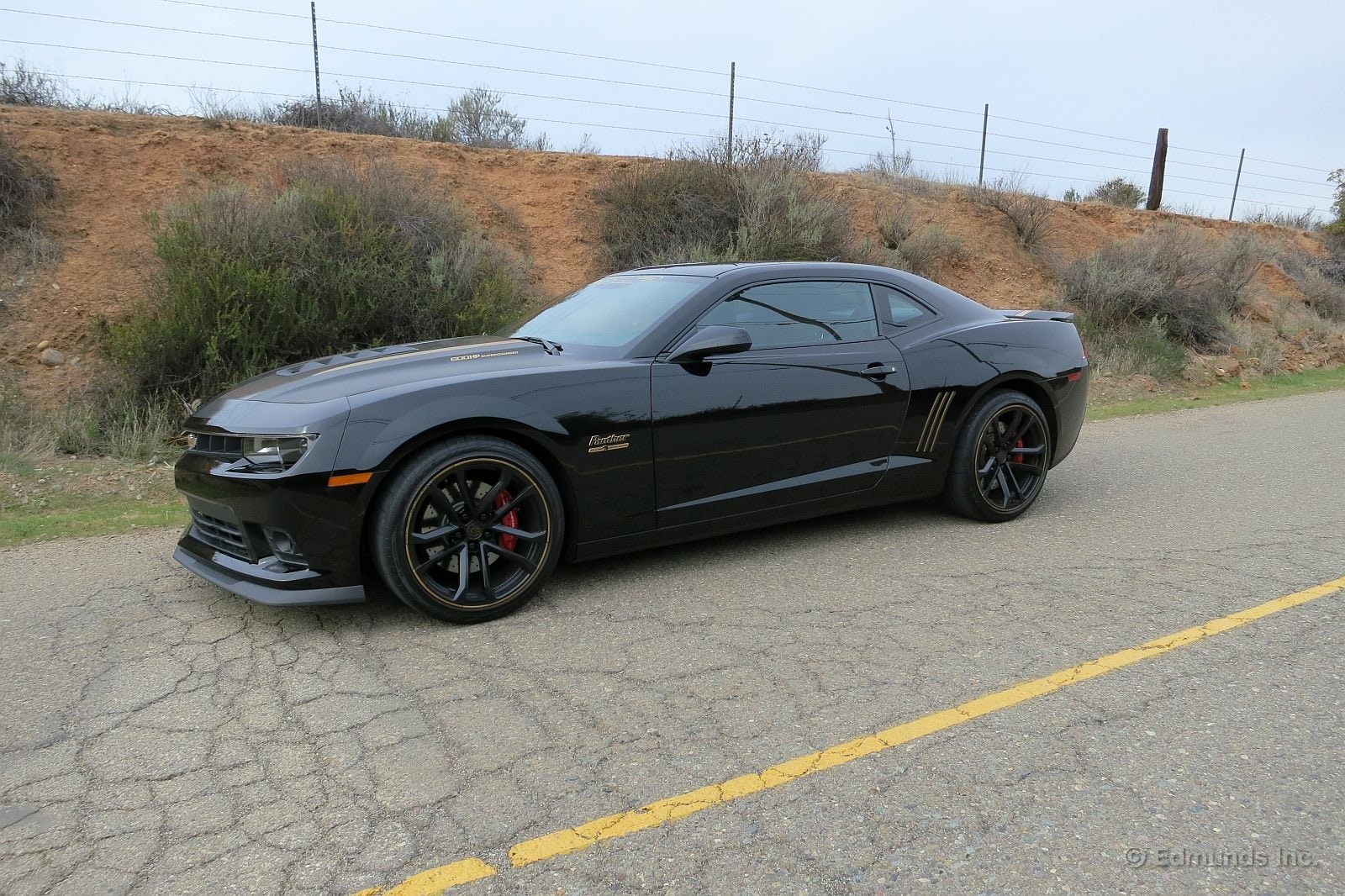
I get a huge kick out of driving the 2014 SLP Panther Camaro, for sure. But I also love its sinister styling, too.
Blame it on "Smokey and the Bandit," and that black and gold Pontiac Trans Am. Ever since I saw that movie I've been a fan of this color combo, especially when it's done tastefully like it is on this SLP Panther.
I think this is why I have a thing for the Midnight Special cruisers Yamaha produced in the 1980s. Yep, they're black and gold. And I still want one.
I'm certainly not the only one struck by the appearance of this SLP Panther. Thirty to fifty year-old dudes are drawn to it like moths to a porch light.
And while there's been much talk the last several years that younger folks don't care about cars anymore, I saw several kids/teens give this car second or third glances as it drove by.
Course, you never know if they're staring at the SLP Panther because of its throaty sounds, or its menacing looks. But the point is they were intrigued.
And that's cool.
Here's another cool thing about this SLP: While those 1976/1977-era "Smokey and the Bandit" Trans Ams only had something like 185-200 horsepower, depending on the engine, this SLP Panther Camaro has 600 horsepower. Six hundred.
That's a big 10-4, good buddy.

This is our first fuel economy update for our newest long-term car, the 2014 SLP Panther 600. After barely half a month in the fleet, our SLP-tuned Camaro is still in the break-in period, though we've already logged four tanks. Its lifetime average after 730 miles is 15.2 mpg.
Note that we don't have official EPA fuel economy ratings as a basis of comparison for the Panther 600 which, as you read in our long-term test introduction, started life as a Camaro SS. However, since it has a supercharged 6.2-liter V8 engine rated at 600 horsepower and 550 pound-feet, the EPA ratings on the 580-hp Camaro ZL1 (also supercharged) are likely in the ballpark: 16 mpg combined (14 city/19 highway).
Of course, with a Camaro this extreme, fuel economy is largely beside the point. Although the SLP Panther managed a respectable 18.4 mpg on a 295.9-mile tank that was almost pure highway, it's also a virtual certainty that some enterprising editor will shatter the current low-water mark for fuel economy: 12.2 mpg.
Worst Fill MPG: 12.2
Best Fill MPG: 18.4
Average Lifetime MPG: 15.2
EPA MPG Rating (City/Highway/Combined): N/A
Best Range: 295.9 miles
Current Odometer: 730 miles

This is what our 2014 SLP Panther 600 sounds like. Take the jump for two videos. The first is from the rear of the car and the second from underneath the hood.
It sounds great.
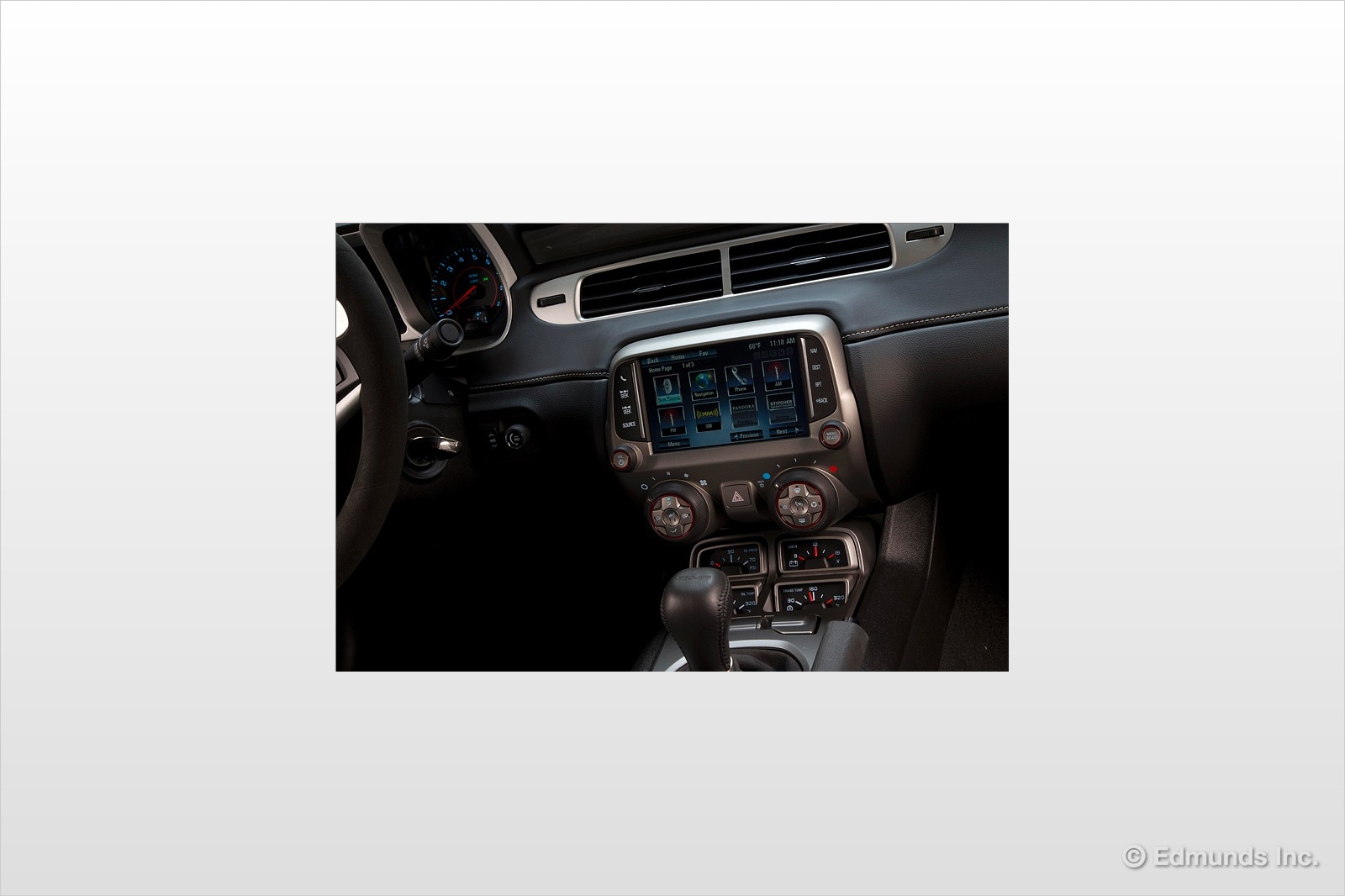
You tell me. Does our 2014 SLP Panther Camaro sound better live, or through the car's speakers? I didn't realize my phone was still paired to the Panther when I tried to play back a video. Take the jump for Bluetooth streaming audio of the exhaust and engine sounds.
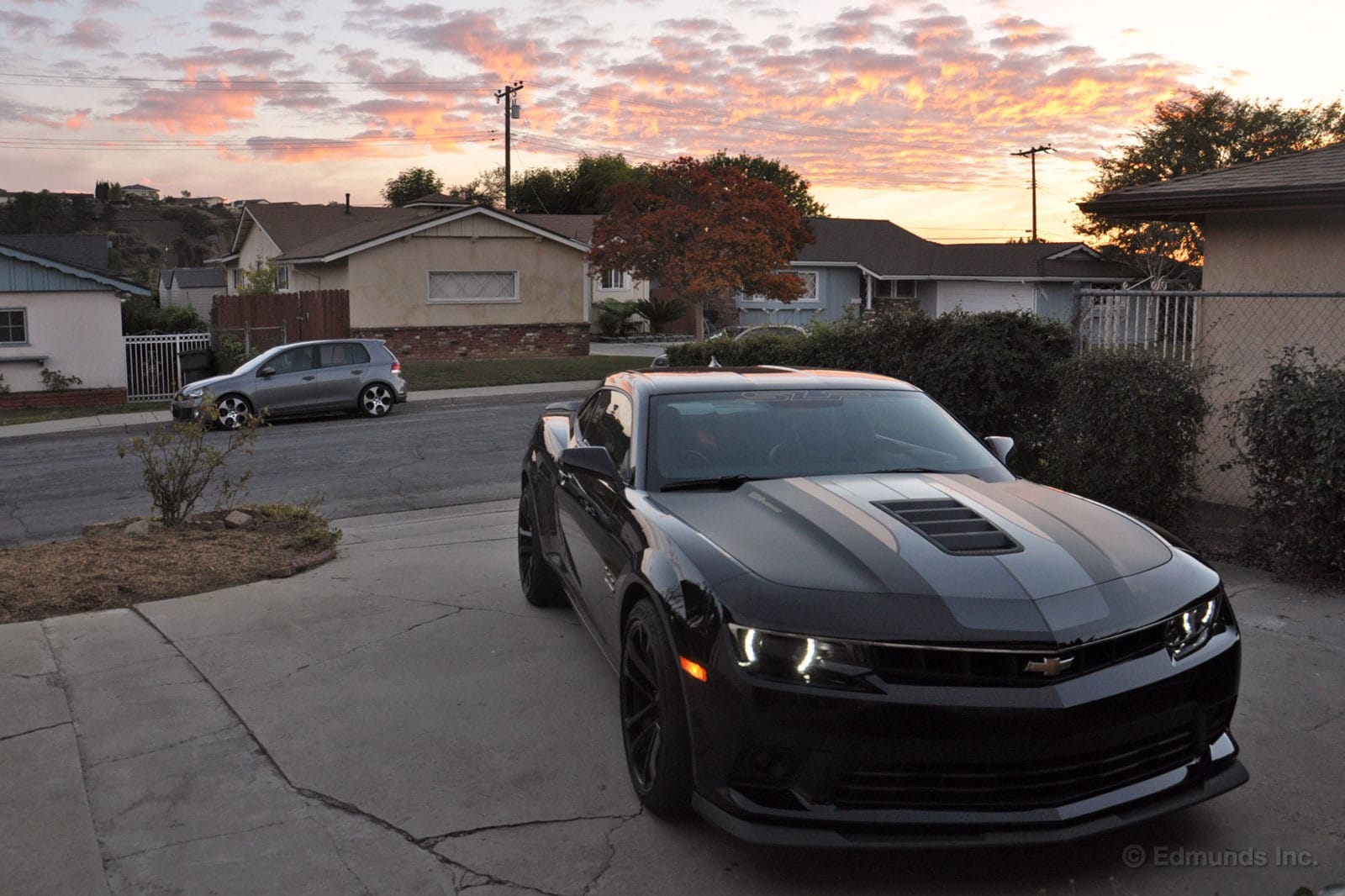
I recently spent a long weekend in our 2014 SLP Panther 600 Camaro. If you like Camaros, it's tough not to like what SLP does with them. This car moves out quickly, and from the driver seat with the windows up, it makes exactly the noises you want to hear from a supercharged V8 at exactly the right volume. Of course, I hear it's quite a bit louder outside the Panther, but that's my neighbors' concern, not mine.
Naturally, a front splitter is a must on a Camaro capable of lots more speed. And that combined with the car's comically poor visibility out the front and the rear makes backing into or out of my sloped driveway a real chore. It's possible not to kiss pavement with the splitter, but you've got to get it angled just right.
Even with the big wheels and suspension modifications on our SLP Panther, it rides much like any other Camaro. Mostly. It's comfortable enough on my freeway route to work that I could drive it every day. On the other hand, with so little sidewall, there's a limit to the compliance, and the Panther hits it pretty hard over broken pavement. So I'll be staying away from Downtown L.A.
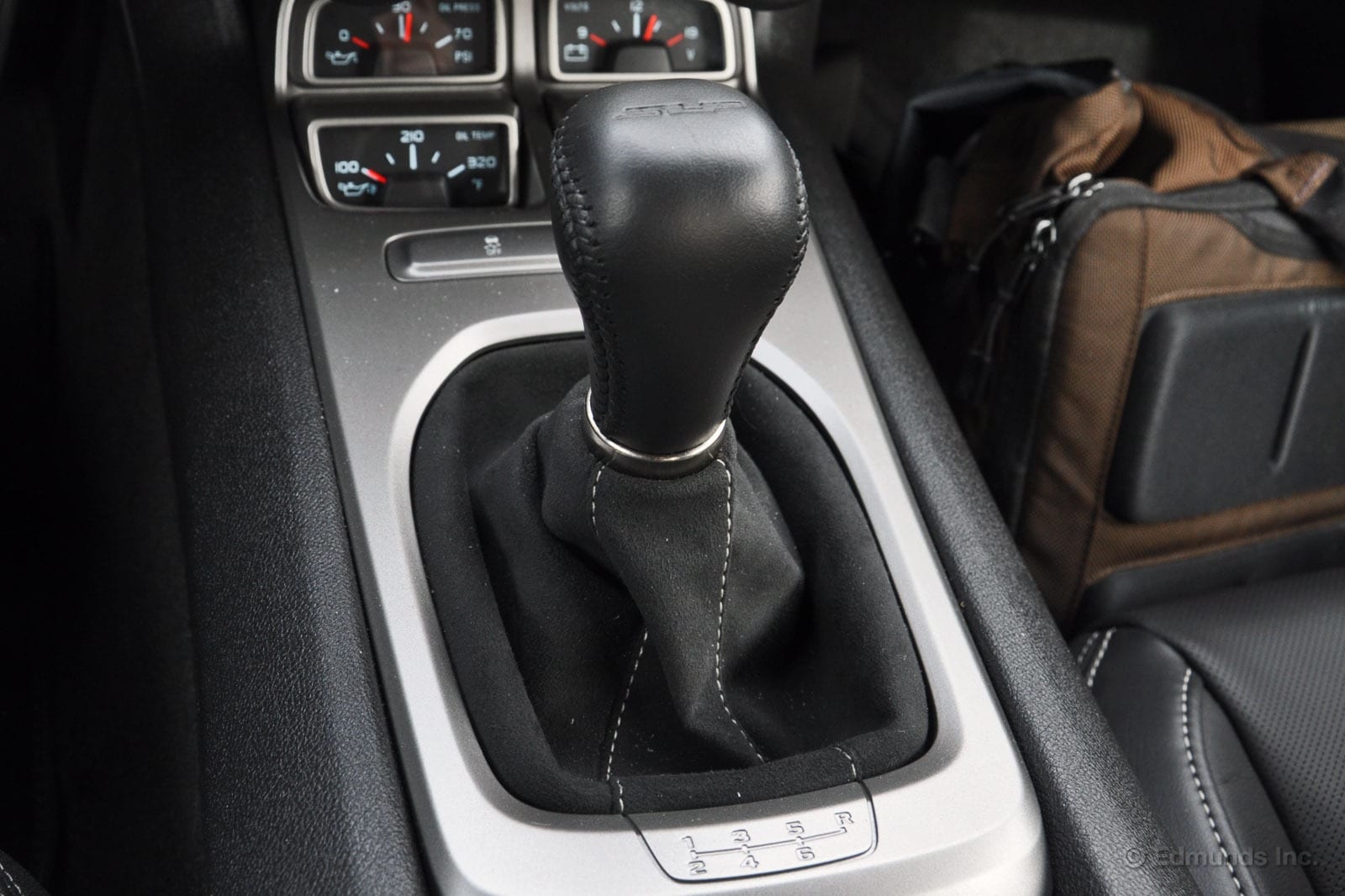
Because it started life as a Camaro SS, our long-term 2014 SLP Panther 600 has a Tremec TR6060 six-speed manual transmission. It's a familiar gearbox if you've driven any powerful, rear-wheel-drive car of American lineage. SLP enhances it with a short-throw shifter kit, and our Panther also has the company's optional heavy-duty clutch kit.
I've now driven our SLP Camaro in a variety of traffic conditions, and this is one of the better applications of the TR6060 I've experienced.
I wouldn't exactly call this transmission effortless in stop-and-go traffic, as the clutch is on the heavier side while the shifter has a weighty, mechanical feel as you work the gears. But it's not physically taxing, either. The clutch has a fairly well defined engagement point, and I do enjoy the shorter throws.
It also helps that SLP has gone ahead and removed the transmission's 1-4 skip-shift feature, saving me the trouble of going from 1st to 3rd when I'm loafing along in the city. And there's pleasure in loafing when traffic requires it: When you abruptly lift off the throttle while easing along in 2nd or 3rd, there's a satisfying bwa-bwa-bwa from the exhaust.
All that said, I'm truly smitten with our Corvette Stingray's TR6070 seven-speed manual (really nice clutch takeup, and it's a joy to run through the gears), and I'll be glad when this transmission makes its way to other American rear-drive cars.

Chevrolet made its MyLink audio-navigation interface available in the Camaro for the 2013 model year, but our long-term 2014 SLP Panther 600 is my first exposure to it. Considering that this is an Australian car that wasn't originally designed to accommodate a modern infotainment system, the integration of MyLink is pretty seamless.
Entering destinations into the navigation system is easy, whether I type them in or use the voice control. Even better, I haven't found the system excessively slow to process commands or prone to glitches. It works as well as the MyLink in our Corvette Stingray.
However, MyLink doesn't perfectly integrate with the Camaro's existing controls. Take the fan speed dial, for example.
The Camaro has manual air-conditioning, and the fan speed dial has markings for I, II and III levels of intensity. But those markings don't correspond to what you see on the MyLink display. Notice here that I've moved the dial a hair past the I marking, and the display is showing that the fan speed is at 4.
It's not a big deal and it in no way impacts the functionality of our SLP-tuned Camaro's air conditioning. It just looks a little weird and reminds you that these two controls weren't originally designed to go together.
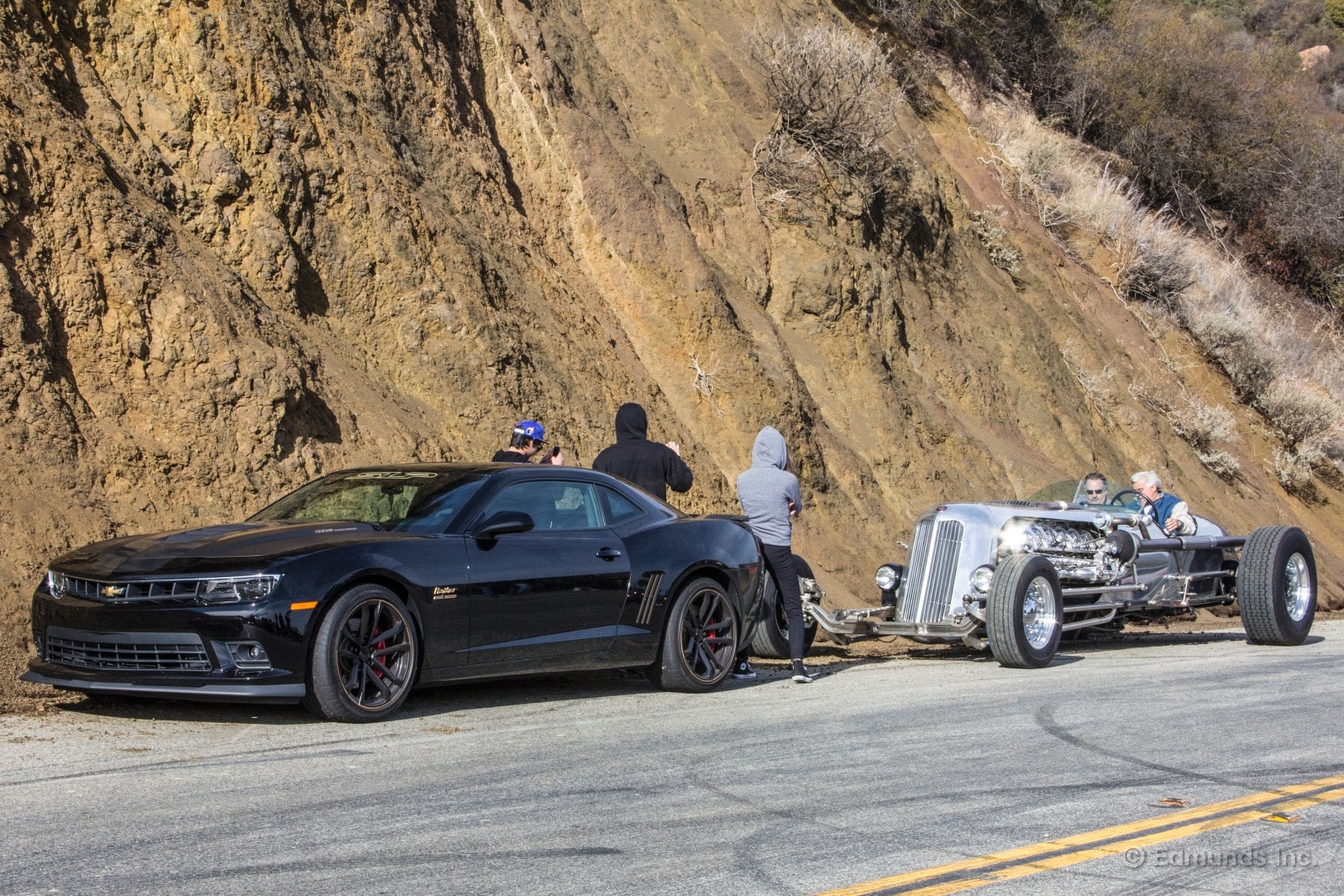
If you spend enough time hanging out at the top of Mulholland Highway (a.k.a The Snake), you're bound to come across talk show host, Jay Leno. Whether he's driving his McLaren F1, cruising in his 1937 Bugatti Type C or riding on his turbine-powered-250-mph motorcycle, Jay is always motoring in something interesting.
Recently, I took our 2014 SLP Panther Camaro on a Sunday cruise, and just as I arrived at the Mulholland Lookout, Jay pulled up. He was in a large-displacement, forced-induction-powered automobile, too.
The Tank Car Jay pulled up in is powered by an 800-horsepower twin-turbo AV-1790-5B engine that originally lived in an M-47 Patton Tank. Sure, he's got more power, but the wheelbase on that thing probably kills the cornering ability.
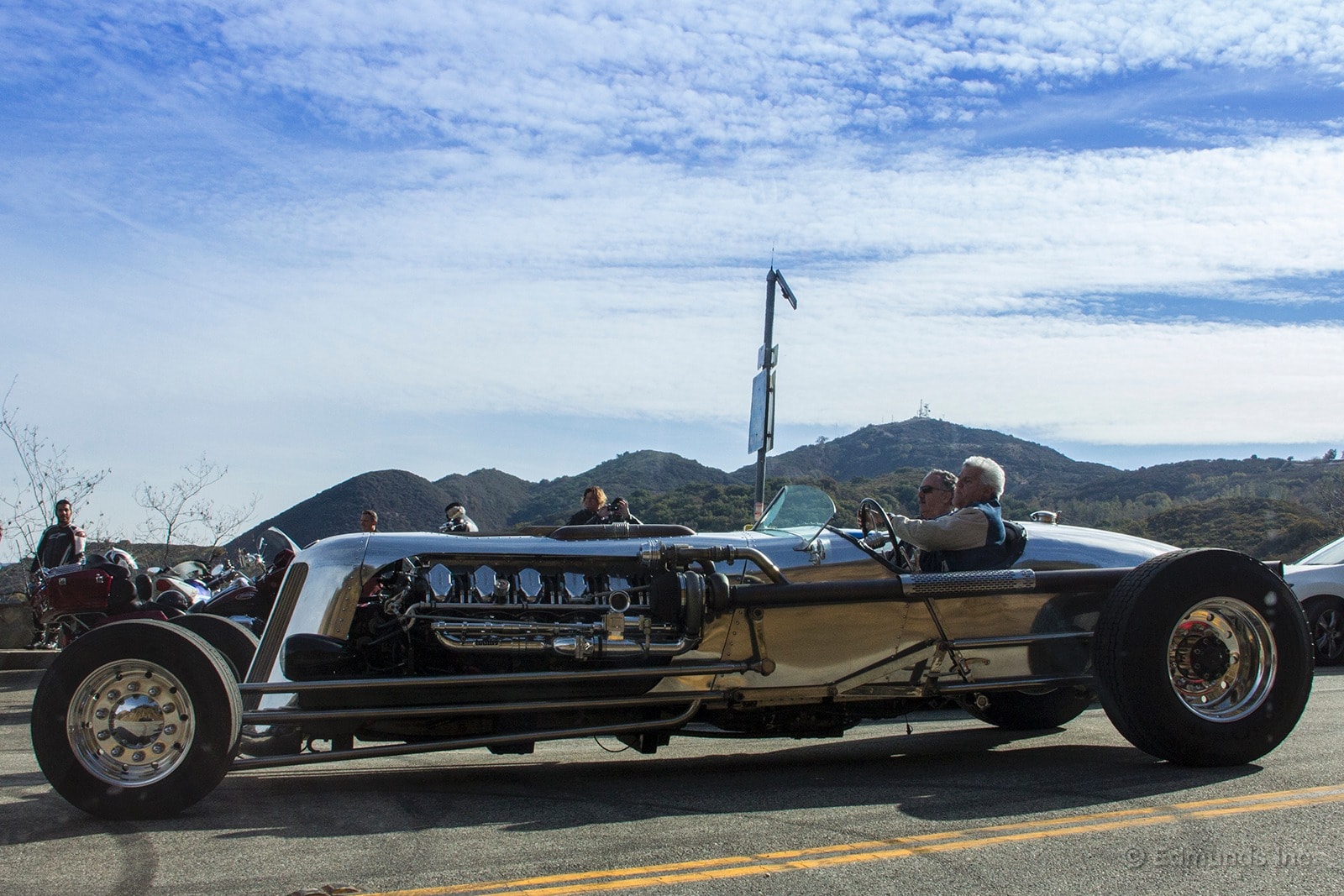
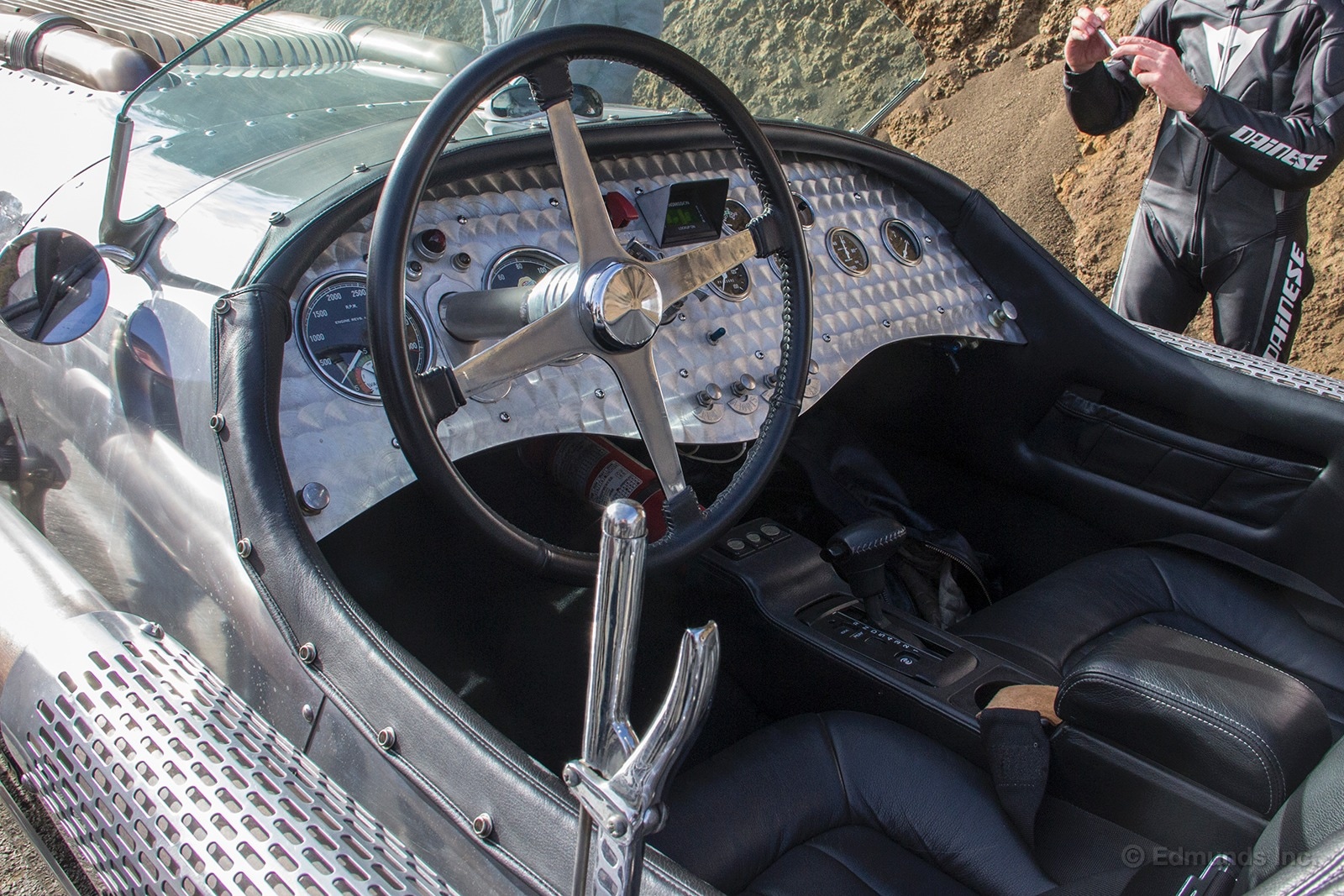
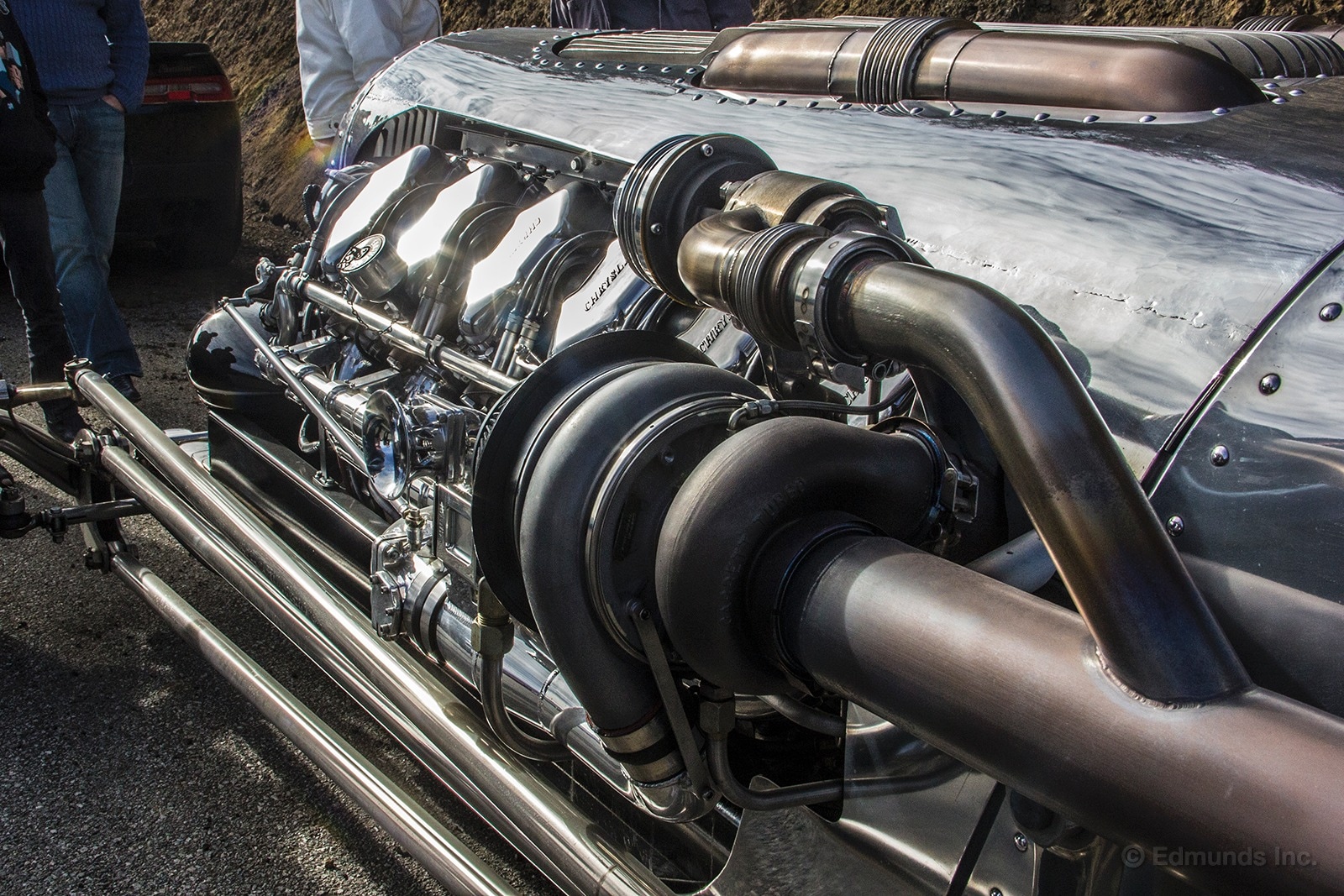
Each oil change calls for 17 gallons of oil and each of the Garrett turbochargers look like they would devour small children if the air filters weren't in the way. The Blastonlene-built Tank Car is long, loud, shiny and ostentatious, and everyone seemed to love it. The Panther went largely unnoticed until two late-model Camaro owners gave me the thumbs up on their way to meet Jay.
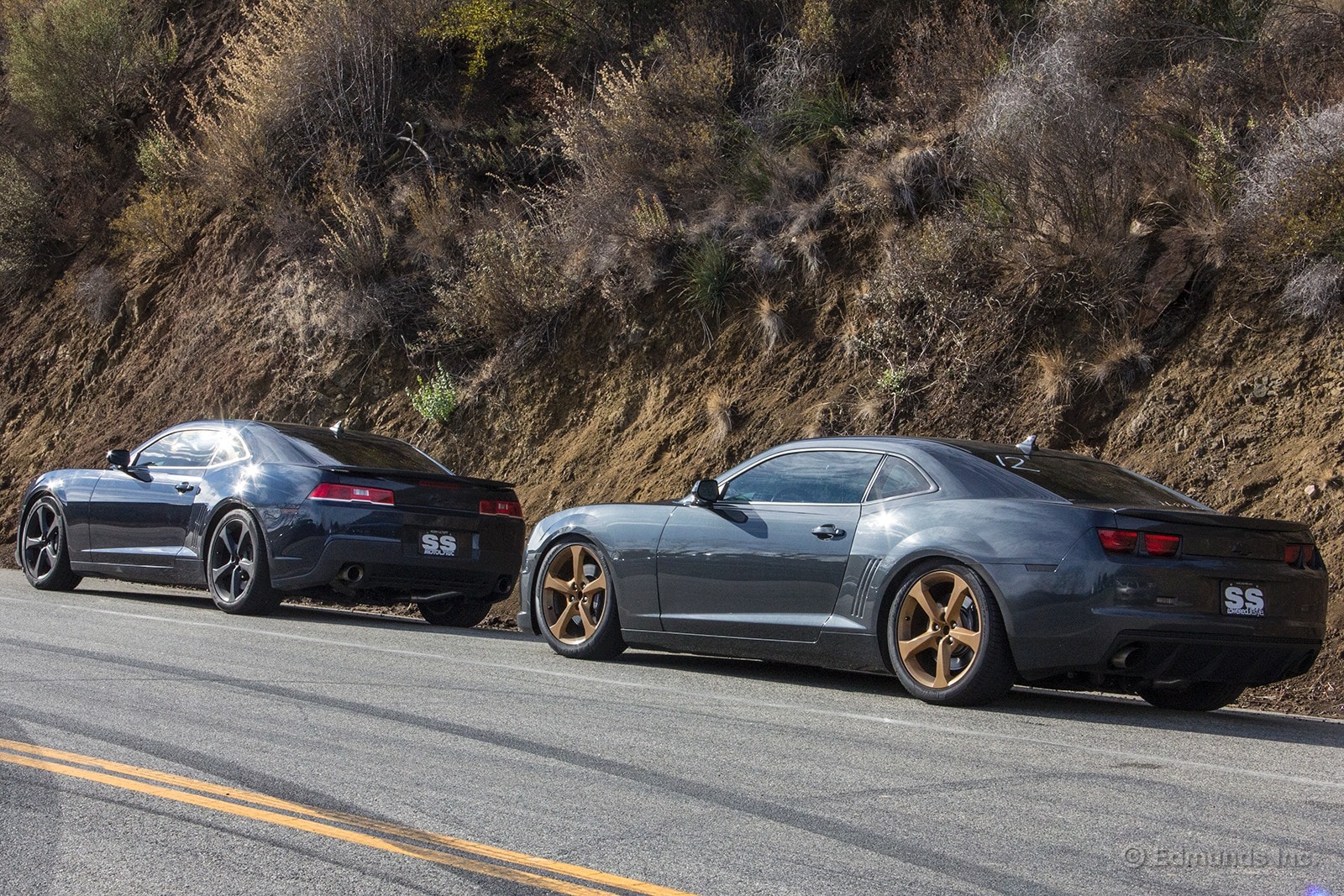
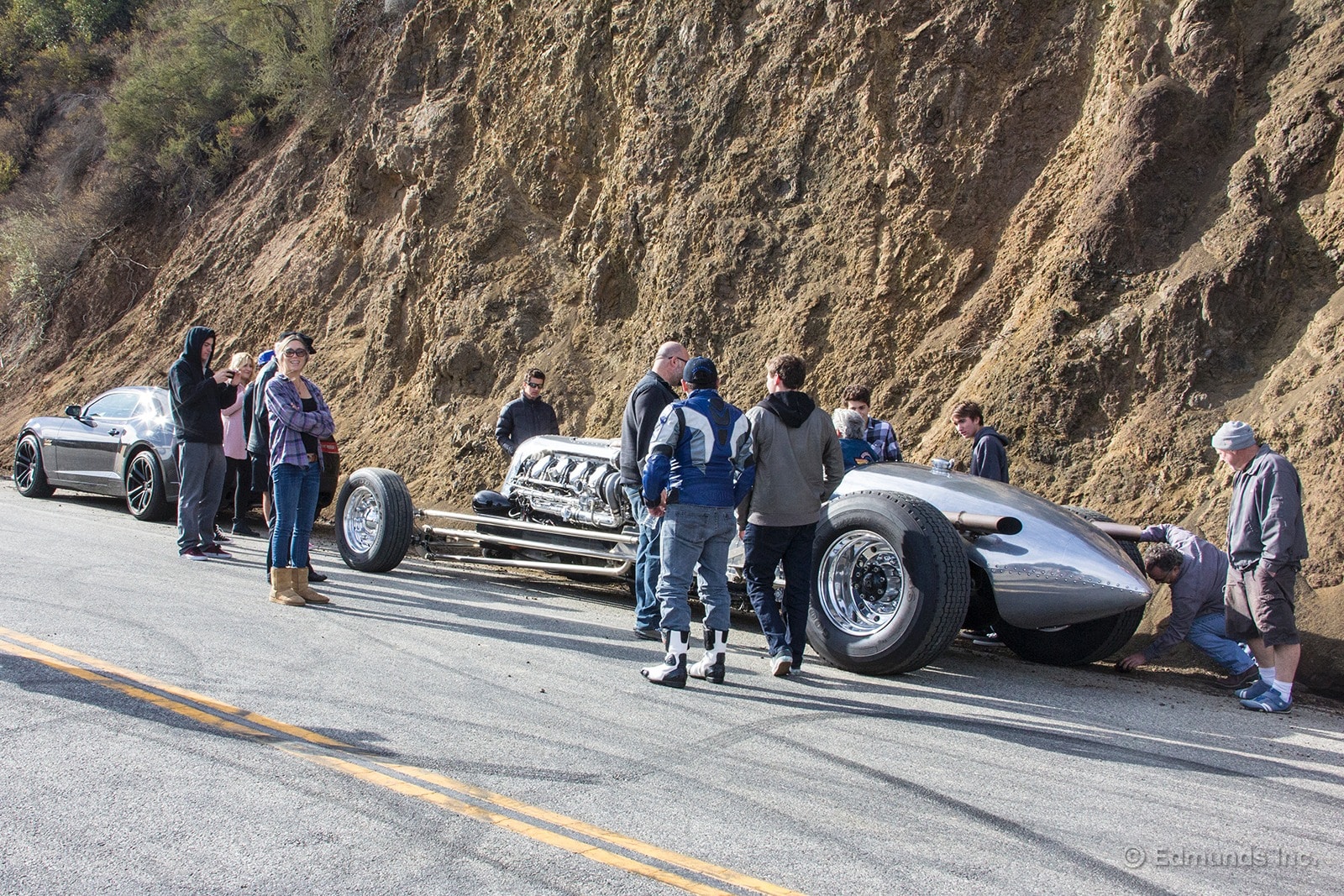
Another local gearhead (and /DRIVE host) Matt Farah was also out enjoying the cool Southern California weather in his newly restored DMC Delorean.
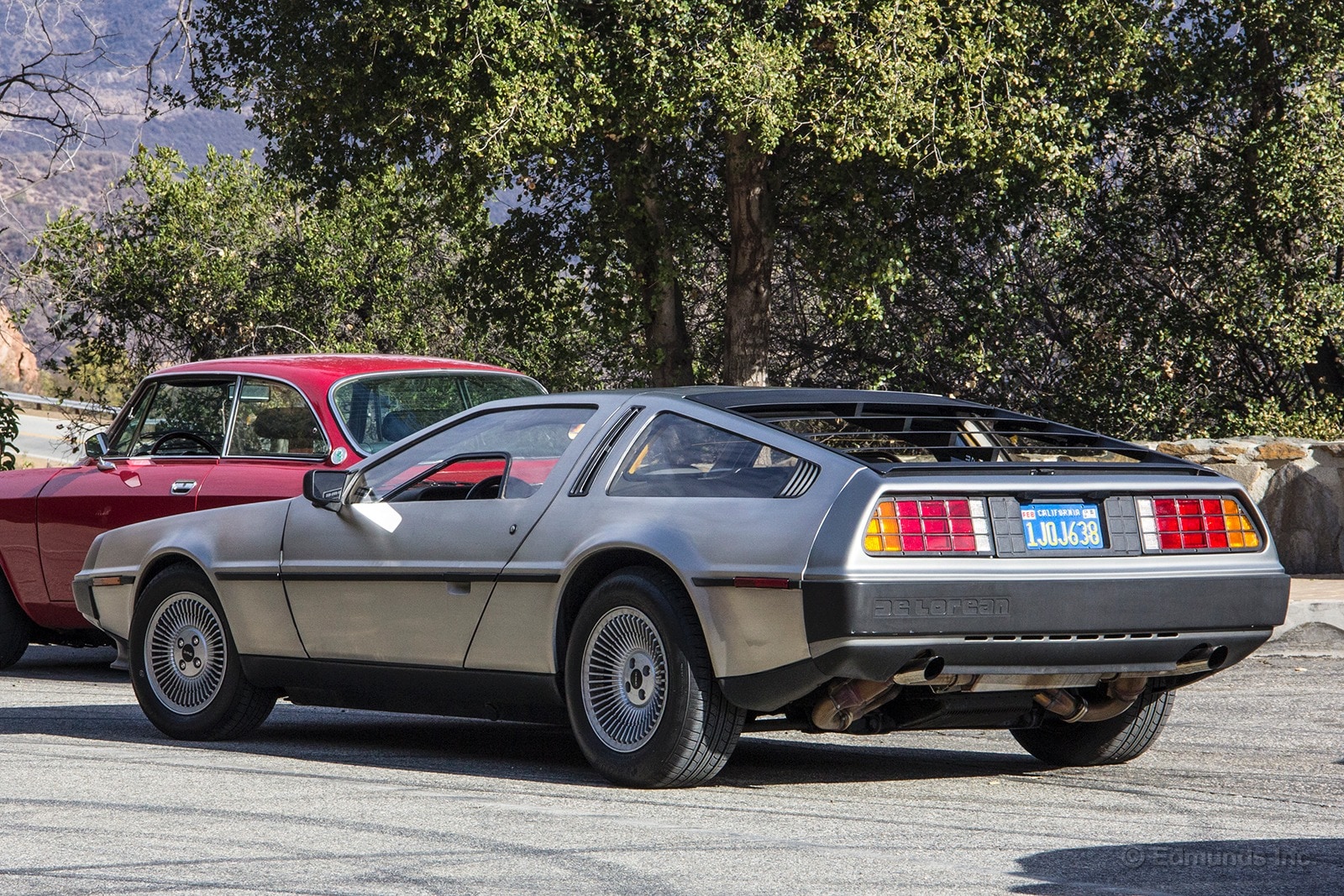
Matt and I spent a few minutes asking Jay about the car, pausing occasionally as he posed for photos with fans.
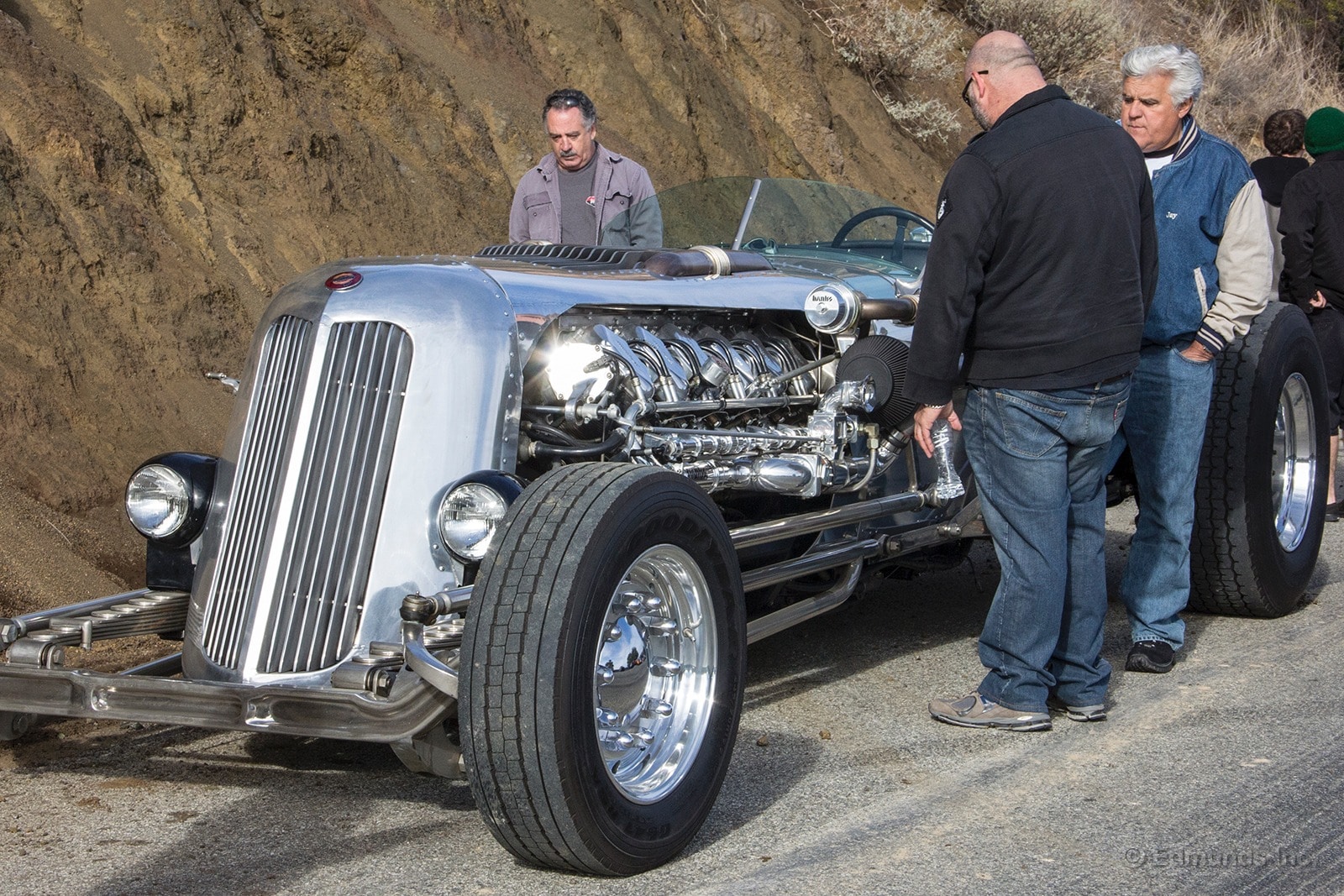
I took my own photo with Jay, thanked him for his time and hopped back in the SLP. Before I could pull away Jay leaned over at my driver-side window to ask about the Panther. He complimented the supercharged Camaro and suggested we connect our cars with a tow-rope and compete in a tug-of-war. There's a 200-horsepower gap between the two, but it would certainly be fun to watch. This modified Chevy has my seal of approval after my first weekend in it, and Jay Leno likes it, too.
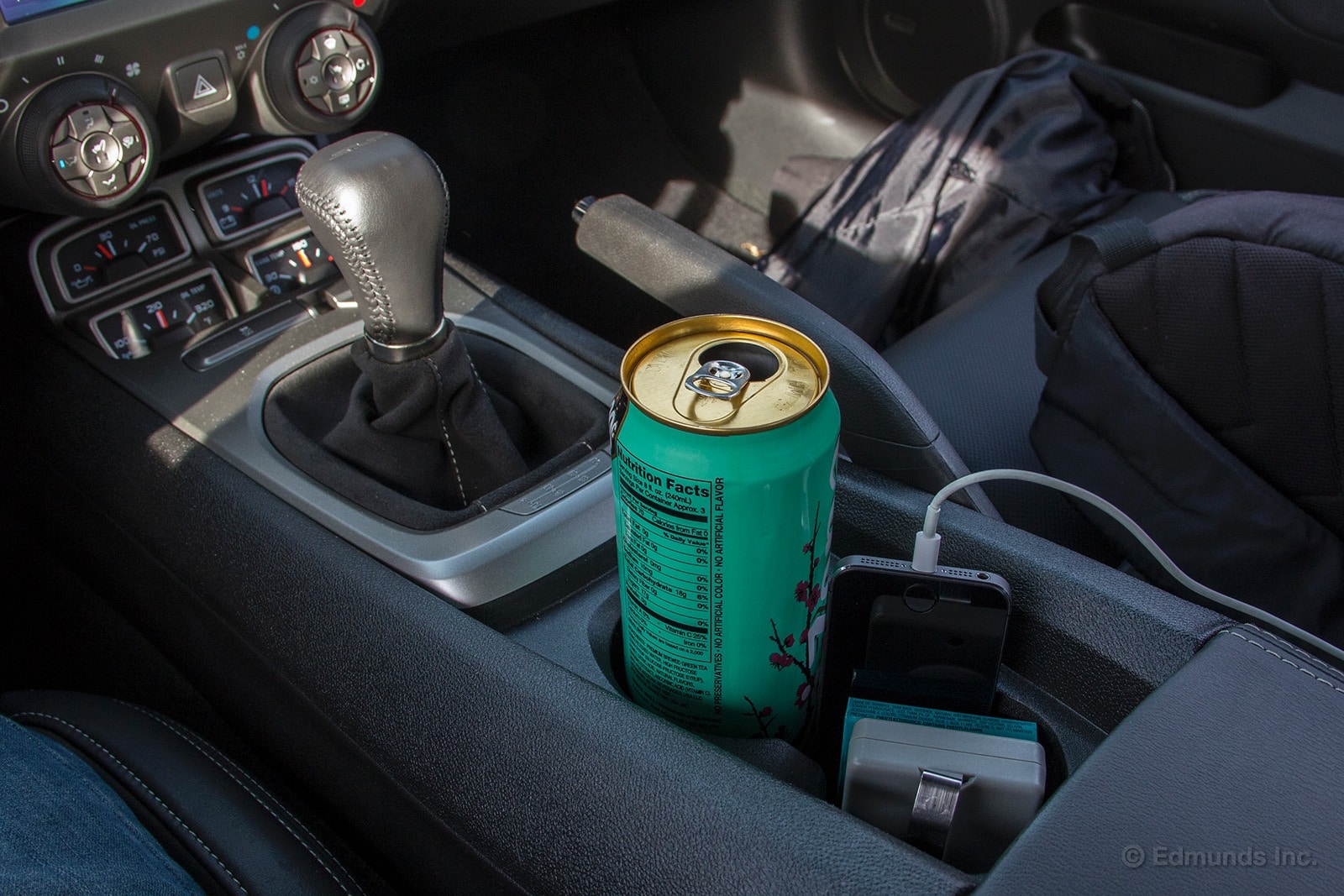
Unless you've got supervillain-style plans to turn the world backward on its rotational access, 600 horsepower isn't extremely practical. If you've got a heavy right foot, worn out rear tires will stack up quickly and your wallet won't thank you for it later. It's entertaining to be able to light up the tires at nearly any speed, but it isn't entirely pragmatic. The cupholder in our long-term 2014 SLP Panther Camaro is a different story.
Carried over from the regular Camaro, the cupholder in this center console is colossal enough to hold my supersized Sunday morning dose of caffeine and sugar. The cupholder orientation is backward (the larger one is in the front and the smaller one is in the rear), which forces me to hit the half-full can of iced tea every time I shift gears, but this feature has all sorts of road trip potential.
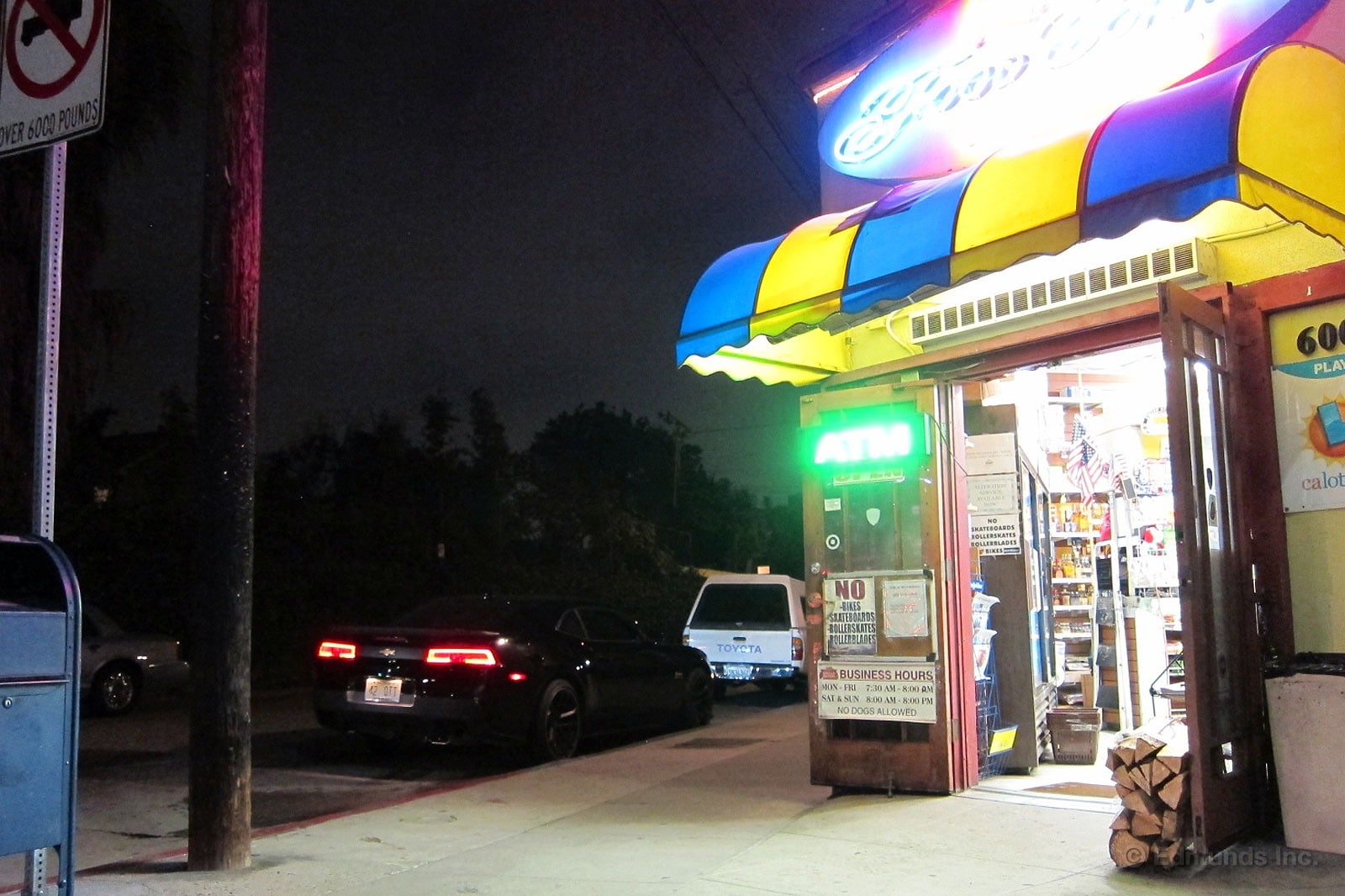
This car makes me happy.
Those who know me know I have an affinity for black Camaros, like the 1969 SS427 my father and I just put together. Those that know me know I also have an affinity for black and gold cars, like the 1976 Pontiac Trans Am I've owned for about 15 years.
But there's so much more to like about the SLP Panther besides its color scheme and its monster performance. This is not just a toy like so many tuned performance cars. SLP manages to dial up the performance without destroying the cars drivability, usability and comfort. The Panther is easy to drive, even in the rain, and it doesn't beat you up when you're just cruising to work. You can hear its big V8, as you should, but it's not so loud that it's obnoxious. And the suspension is more compliant than the last Cadillac CTS Vsport I've driven. In fact, it rides much better than our long-term Porsche 911. Even the Panther's clutch is light enough to keep traffic jams from becoming left leg busters.
In other words, it's a real car, not just some burnout machine. You might even call it refined.
I'm looking forward to taking it on a road trip.
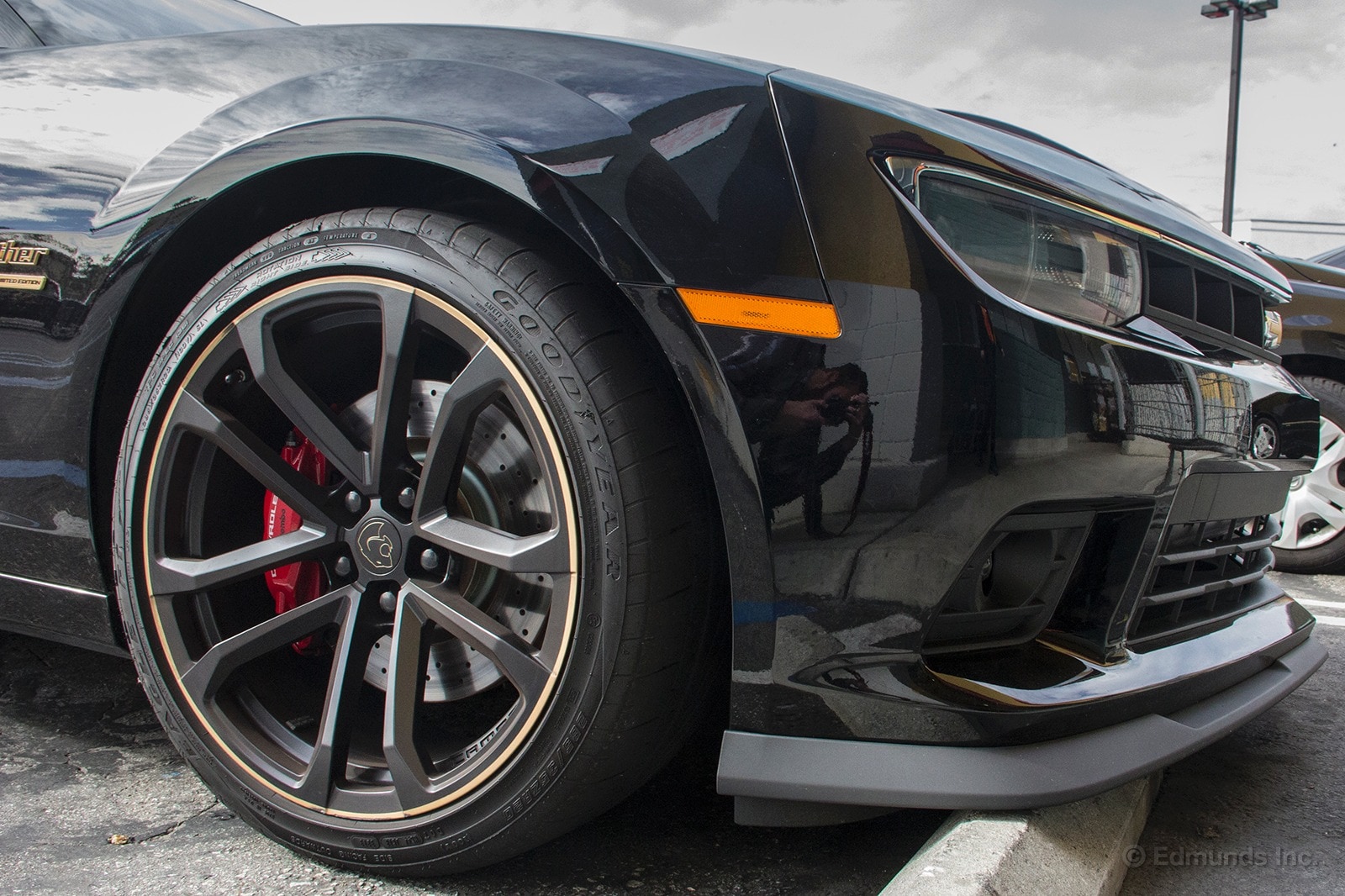
When Street Legal Performance got a hold of this Camaro, the New Jersey-based tuner lowered it and installed a new front fascia. Part of that addition is the front splitter, ostensibly for cosmetic benefits and some additional downforce. We'd have to get our long-term 2014 SLP Panther Camaro in a wind tunnel for scientific results (for now I'm giving SLP the benefit of the doubt), but one thing the splitter does is change the everyday functionality of the car.
Pulling in and out of steep driveways sometimes requires some goofy angles and crawling along at a snail's pace. Going to the shops demands some additional attention, too (windows down, music off, listen for dreaded loud scraping noises) as the parking blocks become a potential hazard.
Luckily, the Panther's splitter glides right over the bumpers at my local grocery store without issue. If the car were any lower, I'd be parking much farther back and the 16-foot-long Camaro would definitely stick out a bit.
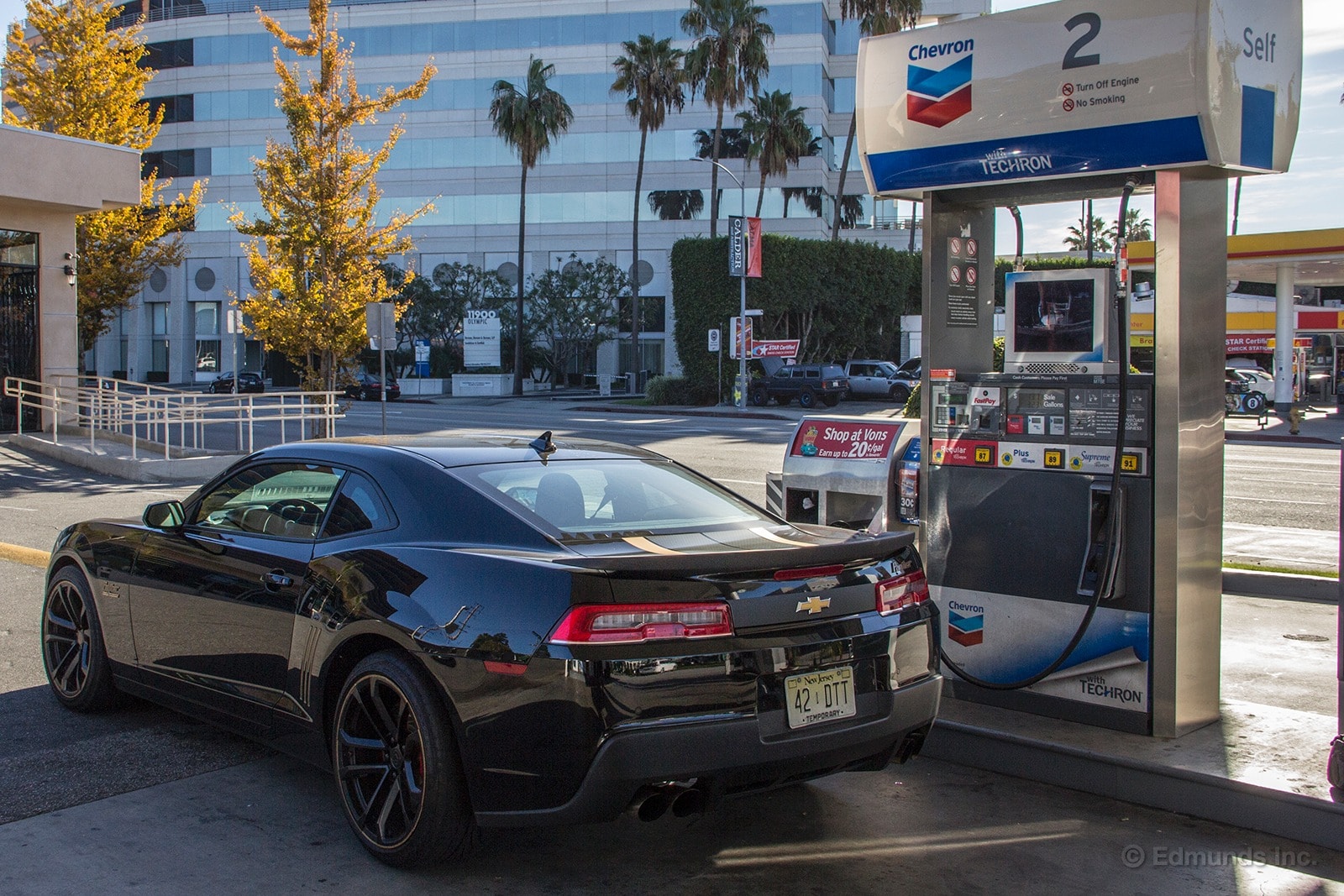
Driving the 2014 SLP Panther Camaro is a laugh riot. It will break its rear tires loose at almost any speed in any gear, even with the traction control engaged. It puts smiles on the faces of every driver, passenger and nearby child with its rumbling exhaust and brutish good looks. And that happiness really is priceless, isn't it?
But for all who are curious to know what this cherished elation costs in dollars and cents, we keep track of fuel economy as well.
Our supercharged V8 Camaro took 102.6 gallons of 91-octane gasoline during the month of December as we added about 1,100 miles to its odometer. We recorded a new worst fill of 8.1 MPG, but in the pursuit of happiness it was worth it. Plus, our lifetime best is a rather respectable 18.4 mpg.
Worst Fill MPG: 8.1
Best Fill MPG: 18.4
Average Lifetime MPG: 13.8
EPA MPG Rating (City/Highway/Combined): N/A
Best Range: 295.9 miles
Current Odometer: 1,967 miles
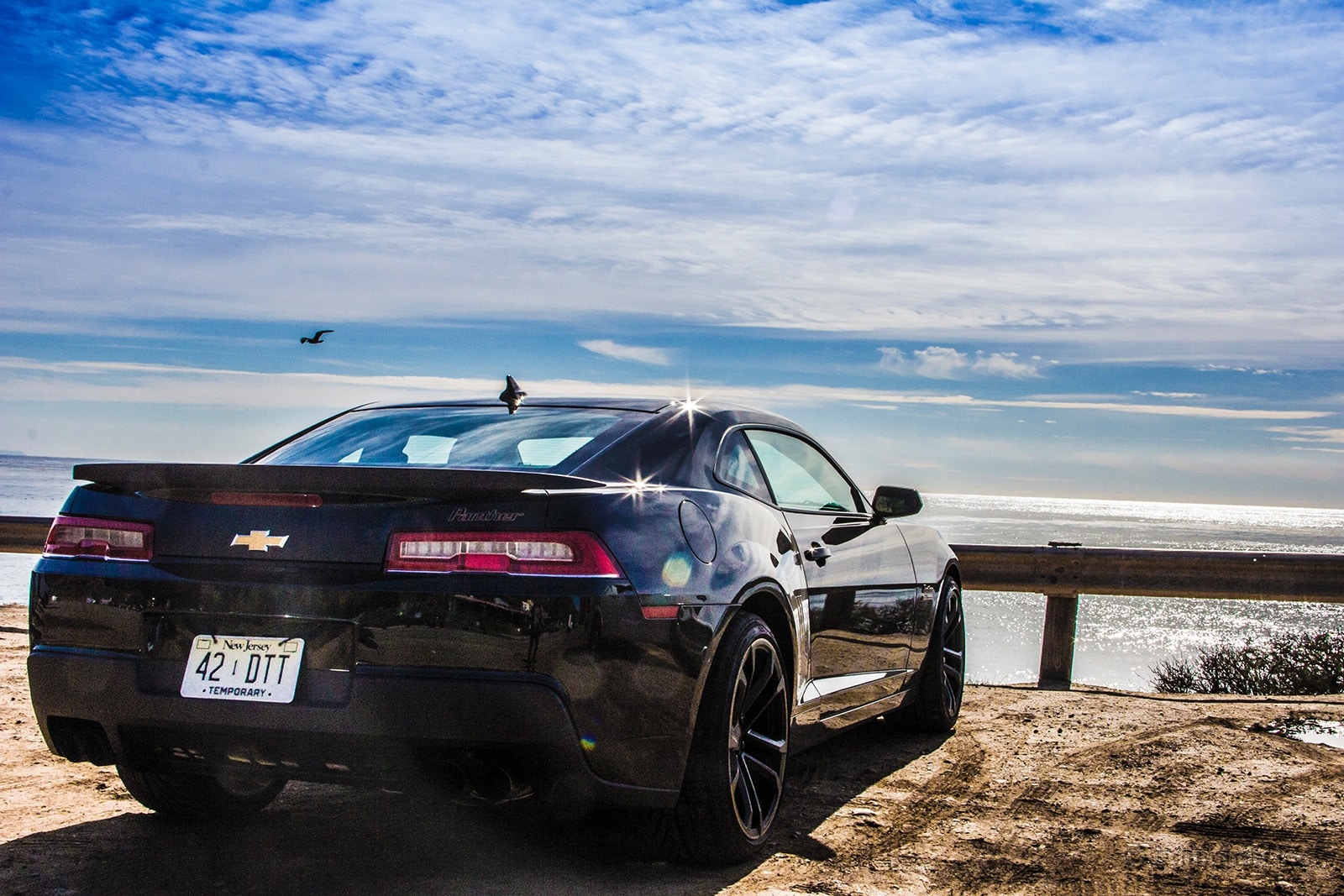
Before taking our 2014 SLP Panther Camaro out to stretch its legs recently, I wanted to make sure it was past the break-in period. Typically, owner's manuals stipulate that you should hit a certain mileage threshold before you drive the car at sustained speed or push it hard.
In addition to the engine break-in, the SLP owner's manual also spells out a specific break-in procedure for the brakes. This is a bit unusual, given that most modern production cars (including a typical factory Chevrolet Camaro) require zero break-in for the brakes. Keep in mind, though, that SLP installed a Brembo brake kit on our Panther Camaro and that the car had all of 14 miles on its odometer when Mark Takahashi drove it off the 2013 SEMA Show floor.
Basically, the SLP manual recommends that you "season" the brakes. It reads: "The goal and process of SEASONING the rotors is to GRADUALLY elevate the temperature of the iron rotor to the maximum anticipated temperature, before such temperatures are reached during severe braking."
The order guide recommends ten partial stops with 60-percent pedal effort, cooling the rotors, then ten more partial stops with 90-percent effort "just shy of locking the brakes or activation of the ABS." This is also known as threshold braking. Then, you let the brakes cool overnight and they're prepped for sustained high-heat performance.
Many brake manufacturers recommend this on their aftermarket pad/rotor setups, and I knew my route would require some heavy braking, so I scheduled some time on Saturday night to season the rotors. Ten stops, cool off, ten more stops, go home, park growling-supercharged-beast, wave to neighbors, consume cold beverage, go to sleep.

Having broken in the brakes the night before, I was confident on my regular Sunday jaunt through the hills. As Erin Riches noted, it's still a Camaro, so it feels heavy and, although the brakes feel very strong, there's some effort involved in bringing two tons of car to a stop. This is especially true on a road like Mulholland Highway, which has lots of tight, low-speed turns. After 100 miles of enthusiastic driving, though, I felt no serious brake fade.
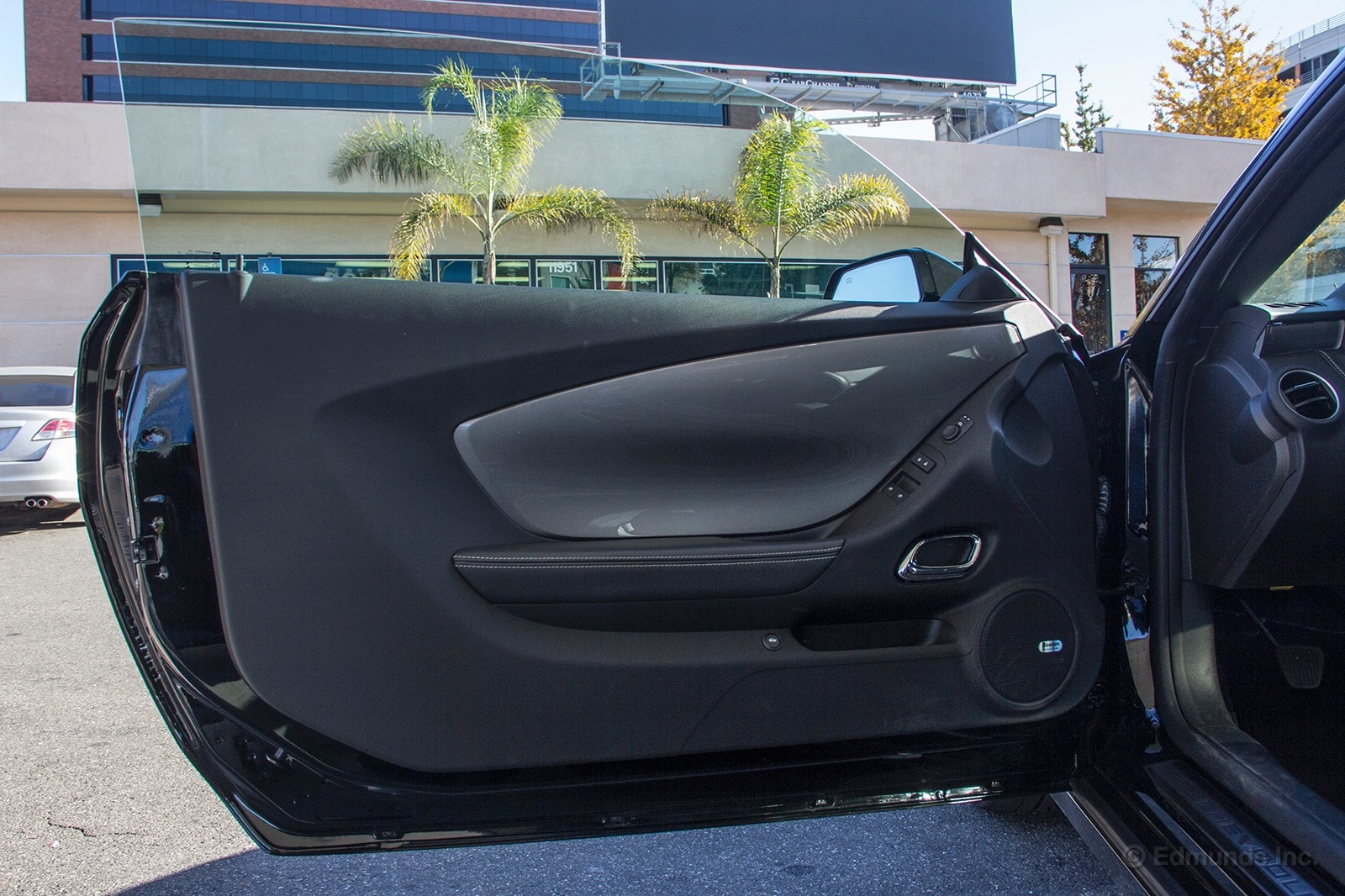
"I like these doors. They feel like they would hold up if we got t-boned."
That was my friend Albert's first observation when we got into the long-term 2014 SLP Panther Camaro. (I believe his second observation had something to do with how good the supercharged V8 sounds as it roars to life.) Anyway, it turns out Albert is right.
In government testing, the Camaro received the highest possible 5-star rating for side-impact protection.
In addition to their heavy, sturdy feel, the Camaro's long doors open wide, which makes it easy to get in and out in spacious parking lots (and slightly inconvenient in crowded ones). Inside, the door panels offer almost zero usable storage space, but at least they look good and have well-placed controls.
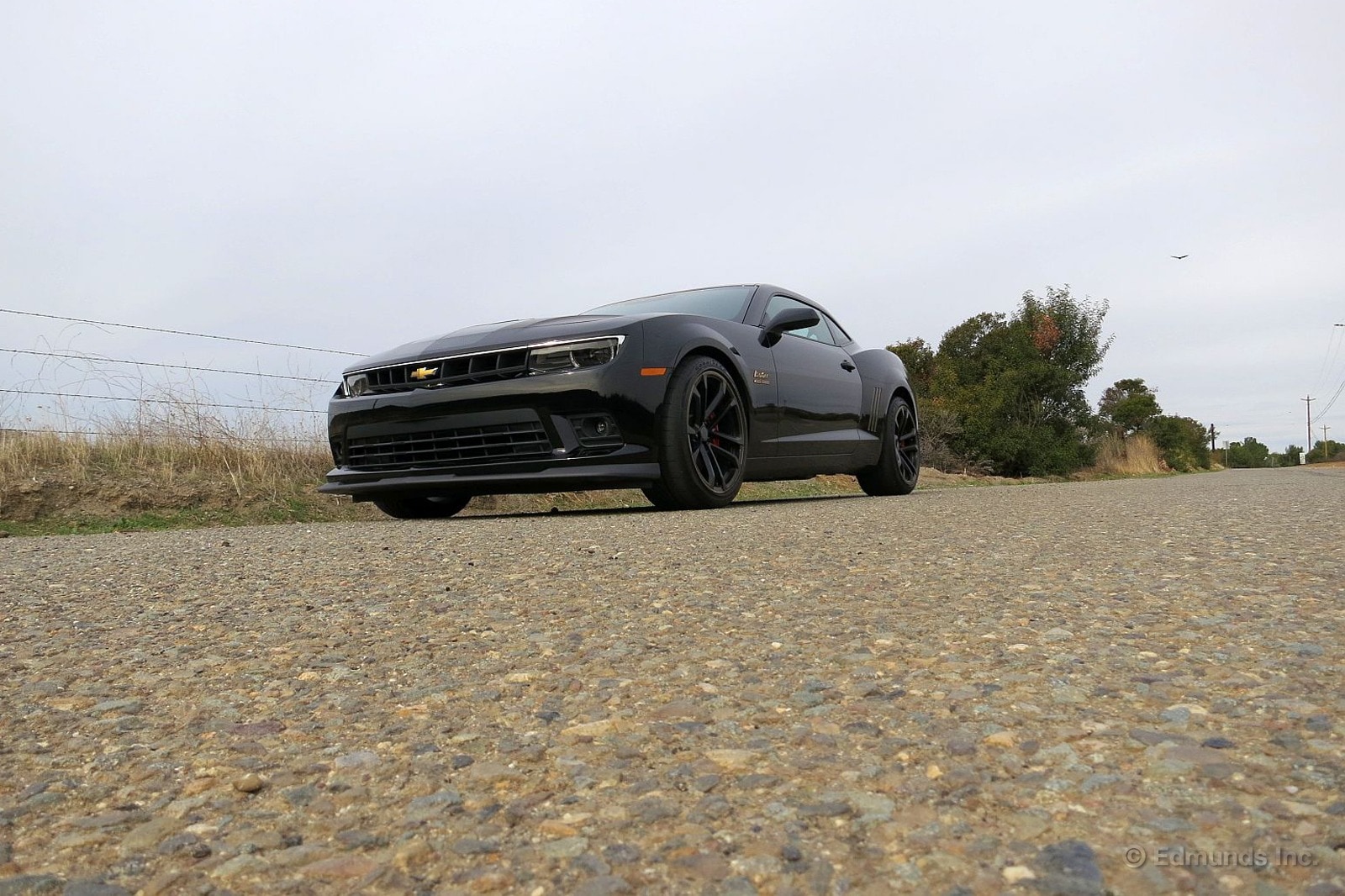
Shocking news alert of the day: I love driving this SLP Panther Camaro. Not sure how anyone could not get a kick out of driving this 600-horsepower beast, but I guess it's possible.
And I agree with some previous editors who noted this SLP is totally livable as a daily driver.
In truth, I had my doubts.
Not that long ago we tested a supercharged 2013 SLP Tahoe. Quick? You better believe it, 0-60 mph in just 4.7 seconds. But it made the most god-awful screeching racket (and it wasn't tires) as it went down our drag strip.
I never found out what, if anything, was wrong with it. Regardless, it left a bad impression on me.
Unwarranted, at least in terms of this SLP Panther Camaro. It's not obnoxious at all. It has an invigorating bark on start-up, but the exhaust is just loud enough to excite without waking up the entire neighborhood. And it doesn't suffocate you with supercharger whine at full throttle, either.
In most driving you barely notice the re-worked suspension. It's only when you hit an oversize bump at freeway speeds that things get truly bouncy.
Overall, this is an impressive (and yes, crazy-fast) piece. I'm looking forward to spending a lot more time in it.
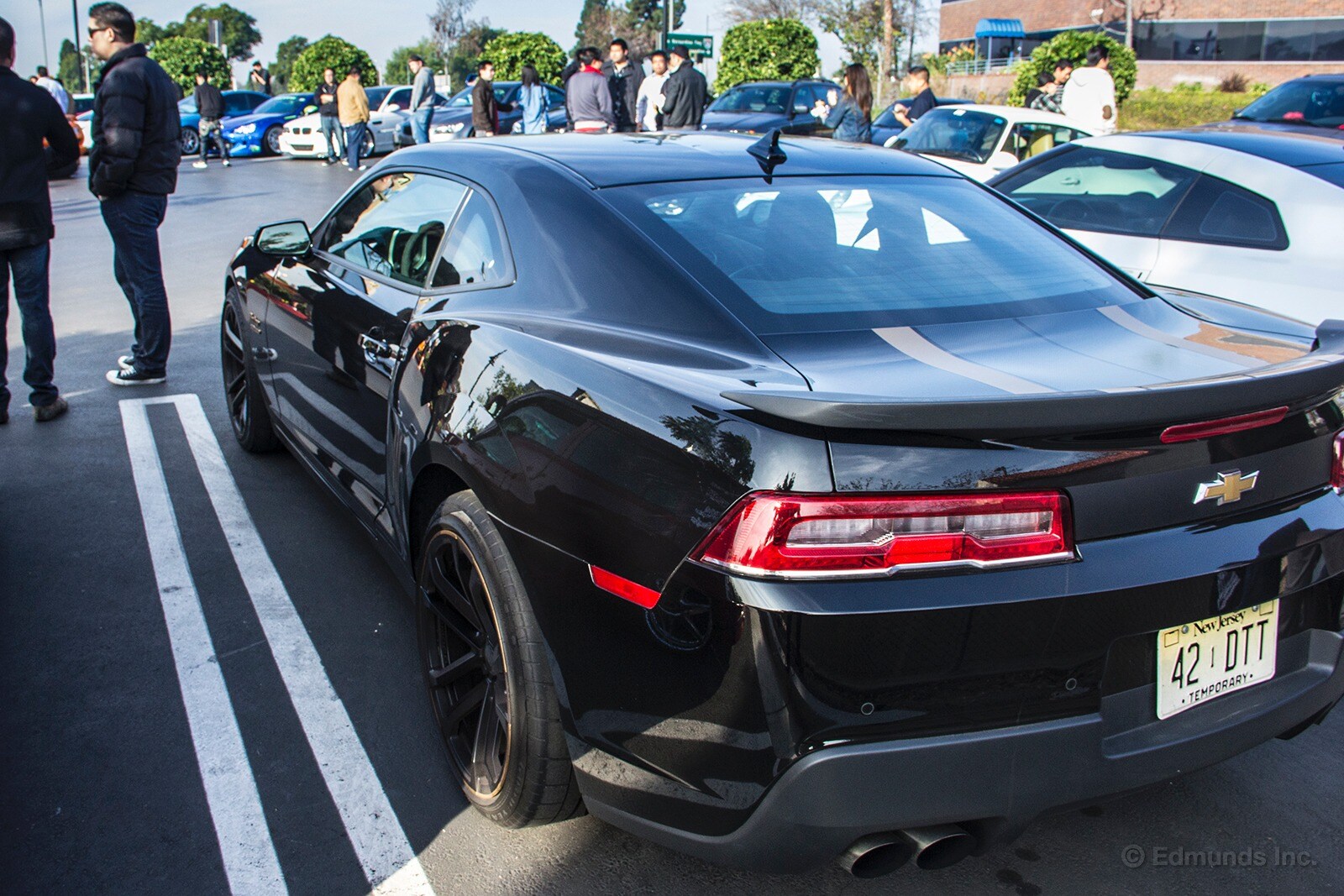
If I were to purchase a 2014 SLP Panther Camaro, this is precisely the kind of place I would take it. A twist on the popular Cars and Coffee series of meet-ups for hard-core car guys, Tuners and Tea is another local car gathering that met up in a local Southern California parking lot earlier this month.
The event was full of the kind of car owners that the SLP Panther appeals to: people who love modifying their cars, and enthusiasts and historians who pride themselves on knowing every detail of the spec sheets. Most of all, everyone here wants California's car culture to continue to thrive.
Foreign and domestic cars, modern and classic hot rods, finished show pieces and function-only beaters missing their fenders were all in attendance.
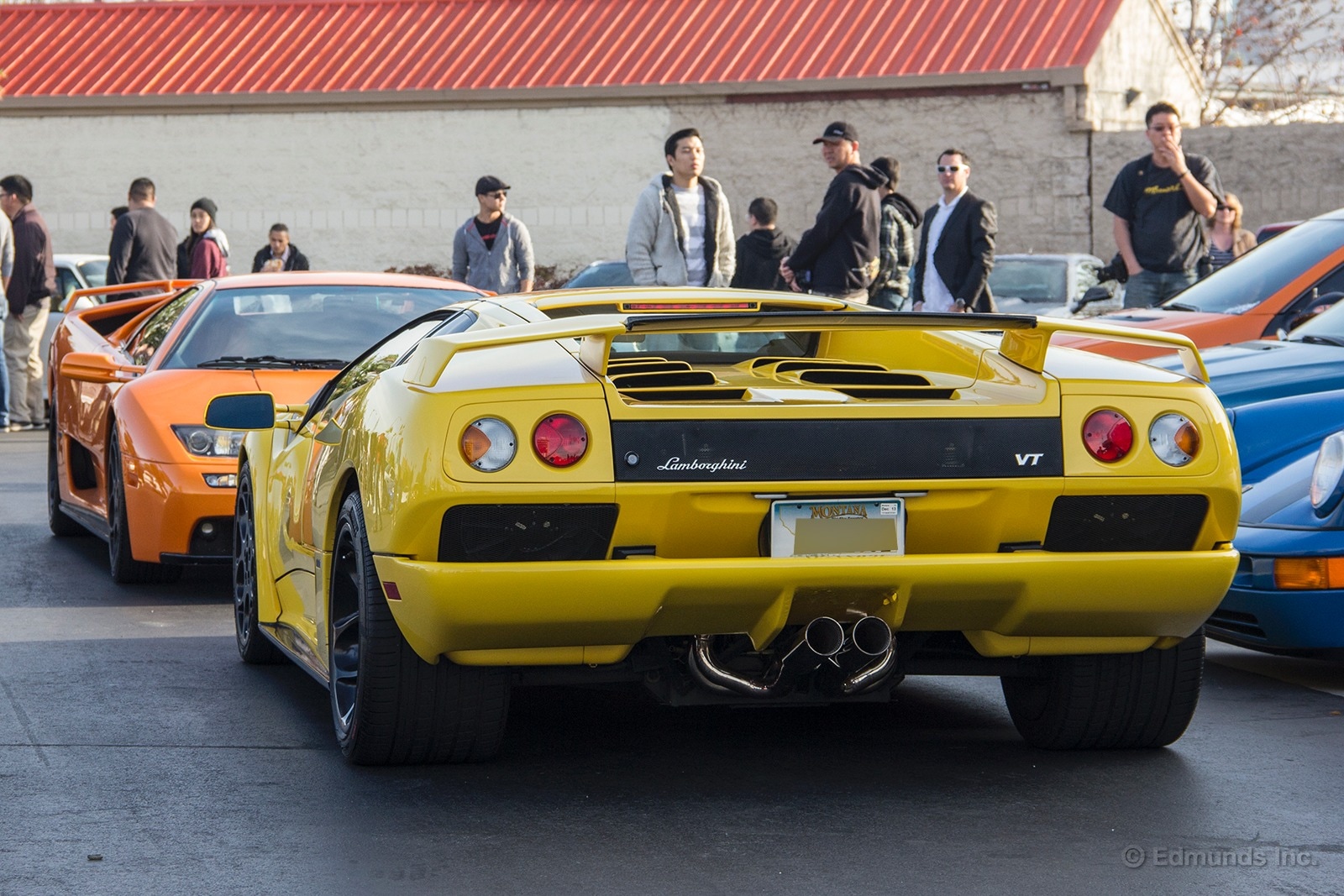
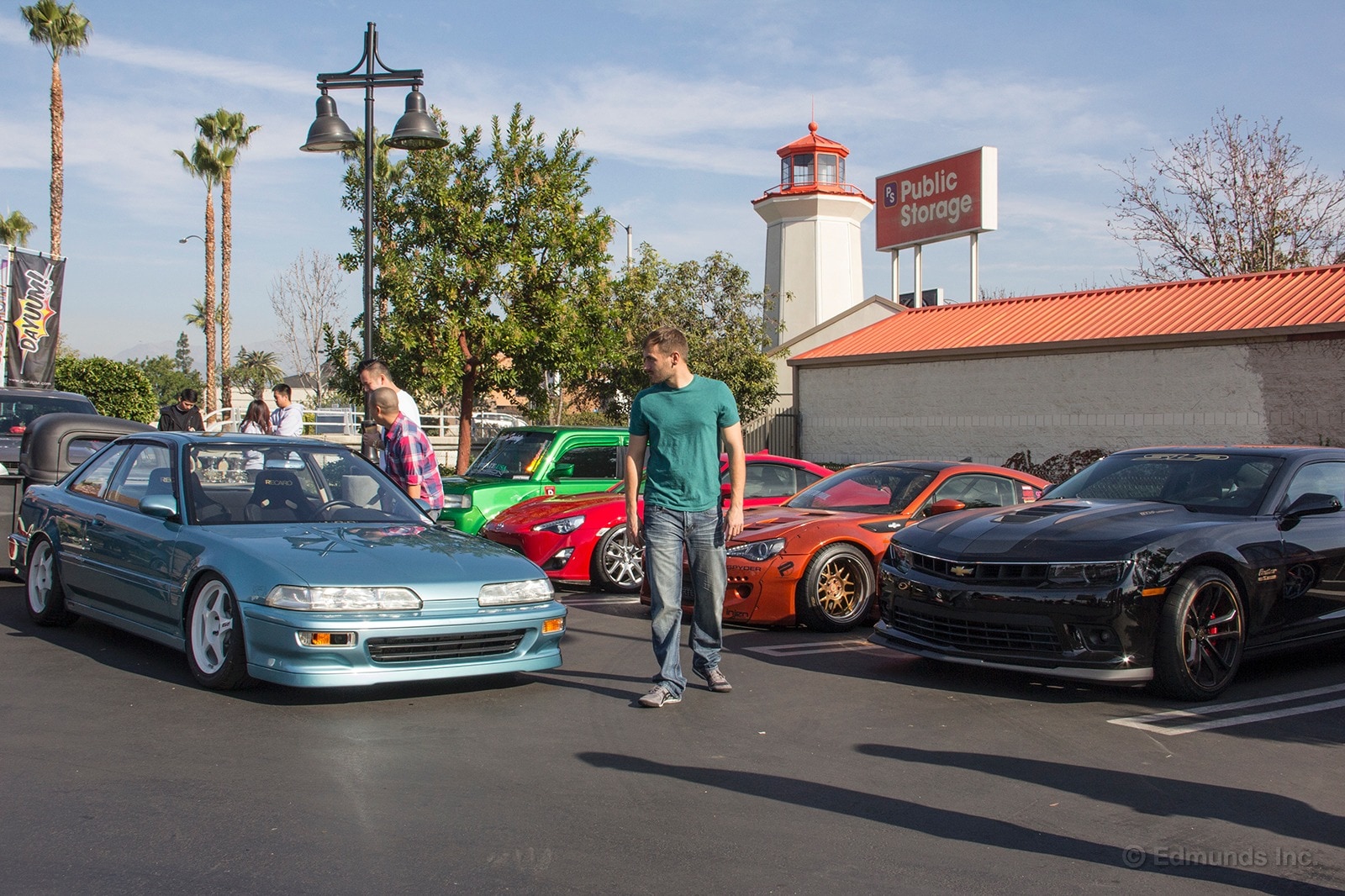
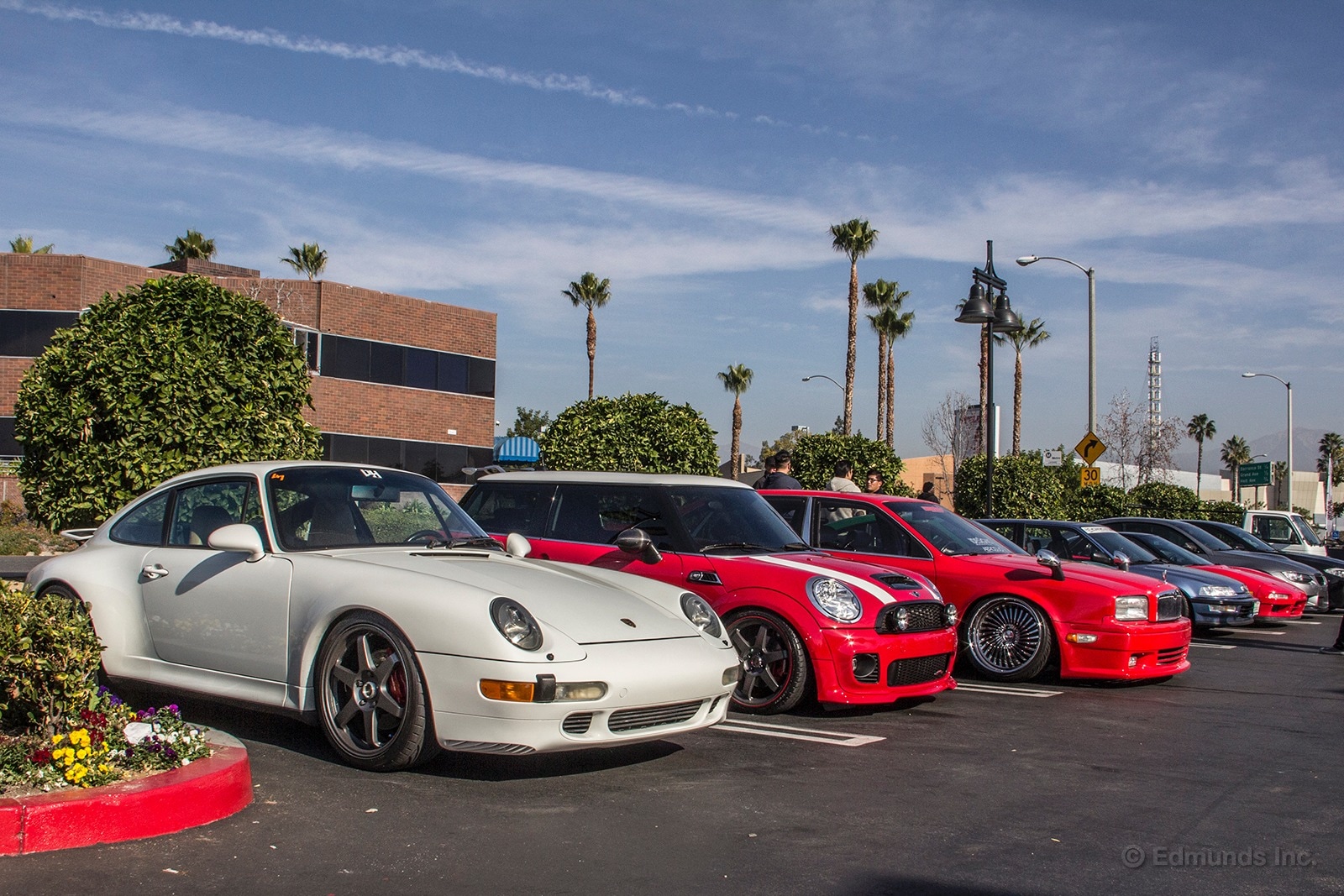
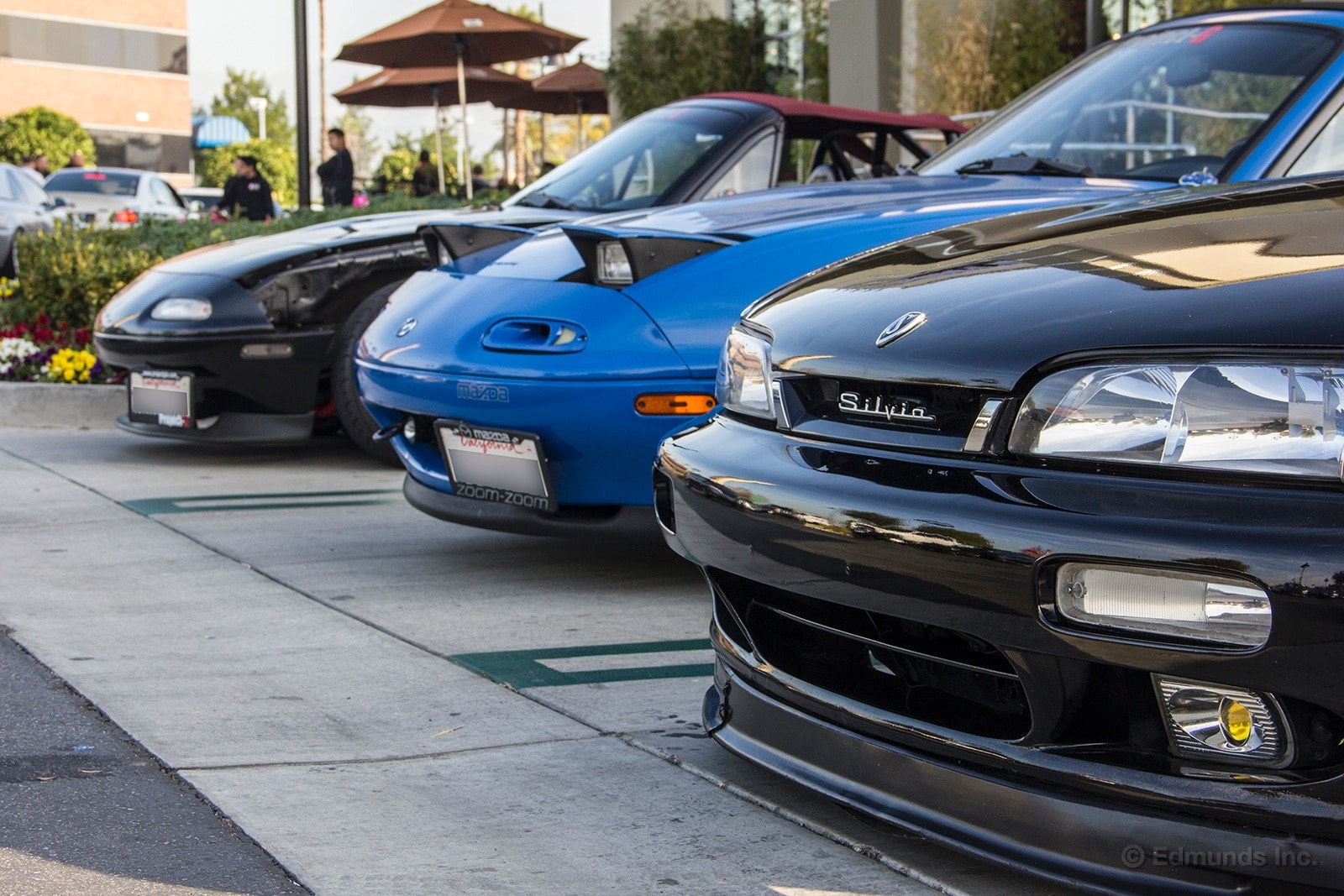
This is the kind of meet where the Panther Camaro and its driver feel right at home and even a bit conservative by comparison.
Several people commented on the look of the SLP, their opinion of the refreshed taillights and as always, the most attention it got was when I turned the key and the blown V8 thundered to life. The supercharged SLP sometimes feels like a square peg in a round hole when you're commuting in rush-hour traffic, but at a meet like Tuners and Tea, it fit right in.
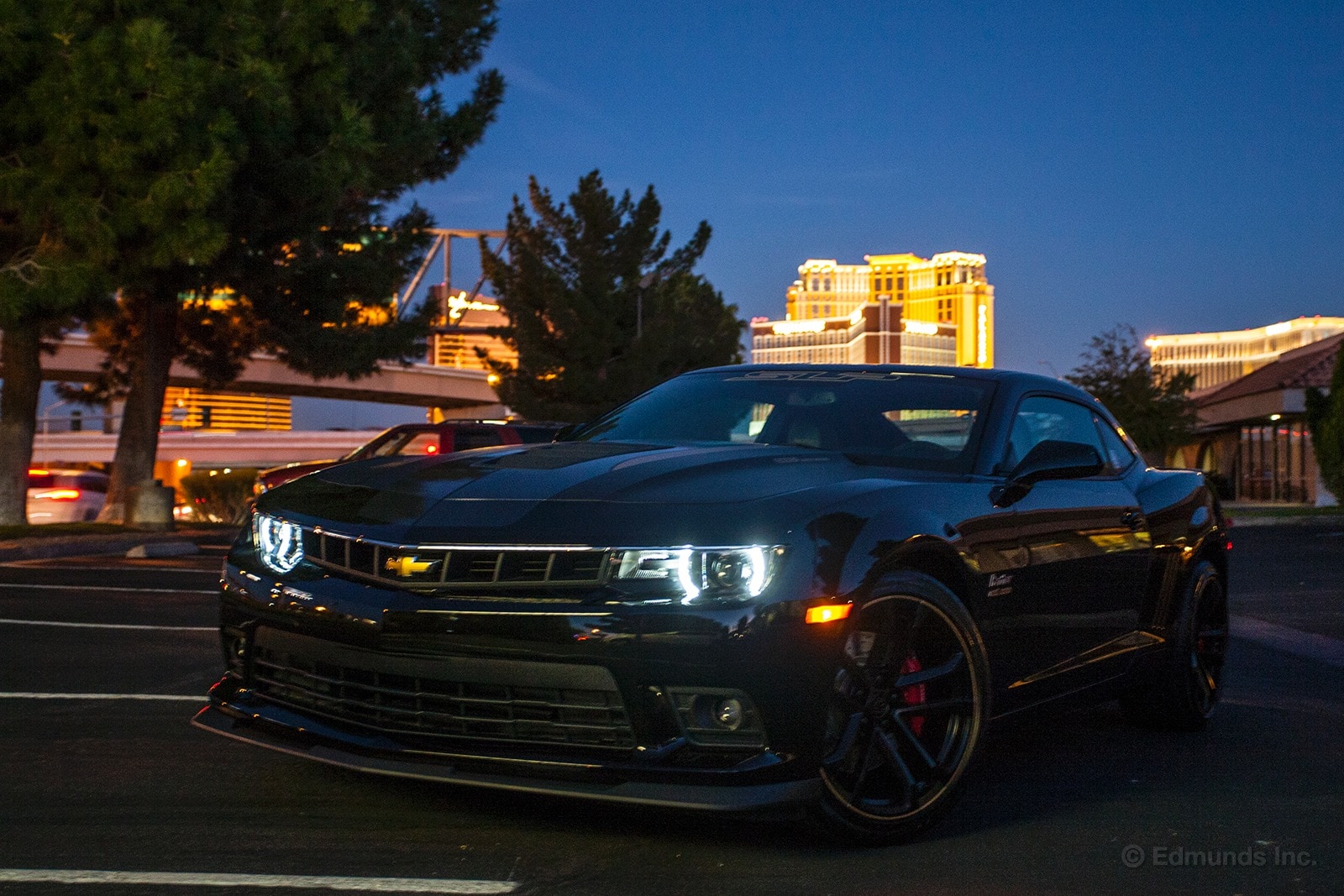
I'll be the first to admit I had my reservations about our 2014 SLP Panther Camaro. I was tasked with driving it off the SEMA show floor in Las Vegas and back to L.A. In my head, it would have far too much power, too little gearing and a suspension that rivals a shopping cart.
Boy, was I wrong.
First off, the power is very manageable. Things only get ridiculous with a deliberate stab of the pedal. The gearing is pretty much dead-on, too, with just enough snap to have fun while not being so aggressive that it's revving unnecessarily high on the highway. The suspension is pretty exceptional as well, balancing enough stiffness for cornering without being harsh.
And the sound...oh...the sound.
From the driver seat with the windows up, it doesn't sound obnoxious at all. You can even hear the faint whine of the supercharger. Roll down the window and romp on the throttle, though, and you get this glorious cacophony of a mechanical roar. Dump the throttle and you're treated to a beastly snarl and crackle overrun.
Unfortunately, it's still subject to the Camaro's main drawback, which is a lack of all-around visibility, but it's certainly more tolerable when you have that kind of performance on tap.
Basically, the SLP Panther is filling the void that our departed Mustang GT and SLS AMG left in my chest.
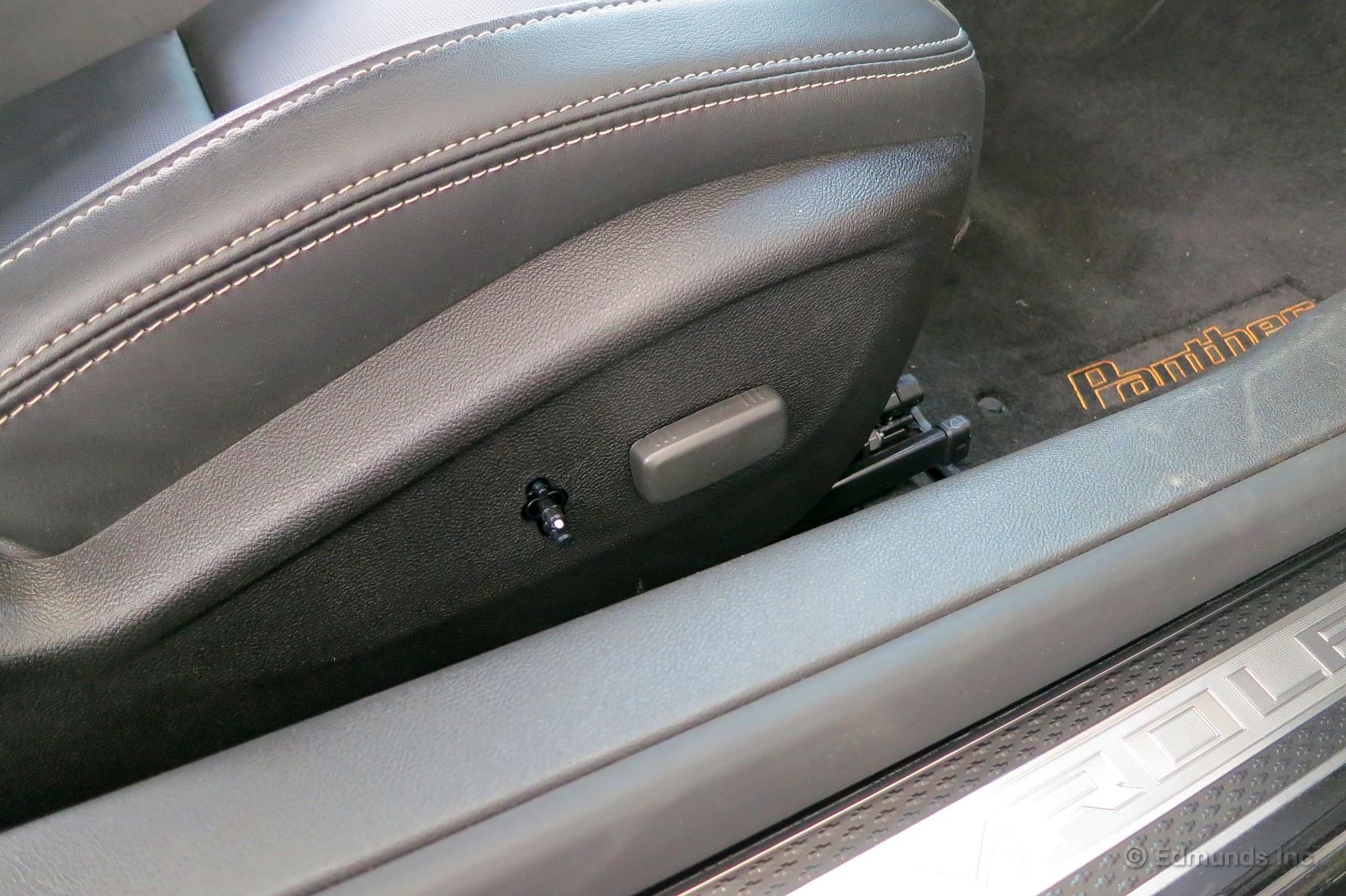
I don't know on whose watch this occurred, but the passenger-side power seatback adjuster is broken on our 2014 SLP Panther Camaro.
The power operation still works, but the lever's cover has gone missing in action.
I guess it's possible the cover broke off while the car was at the SEMA show before Mark Takahashi picked it up.
This isn't on SLP, regardless, but it also doesn't speak volumes for Chevrolet's quality.
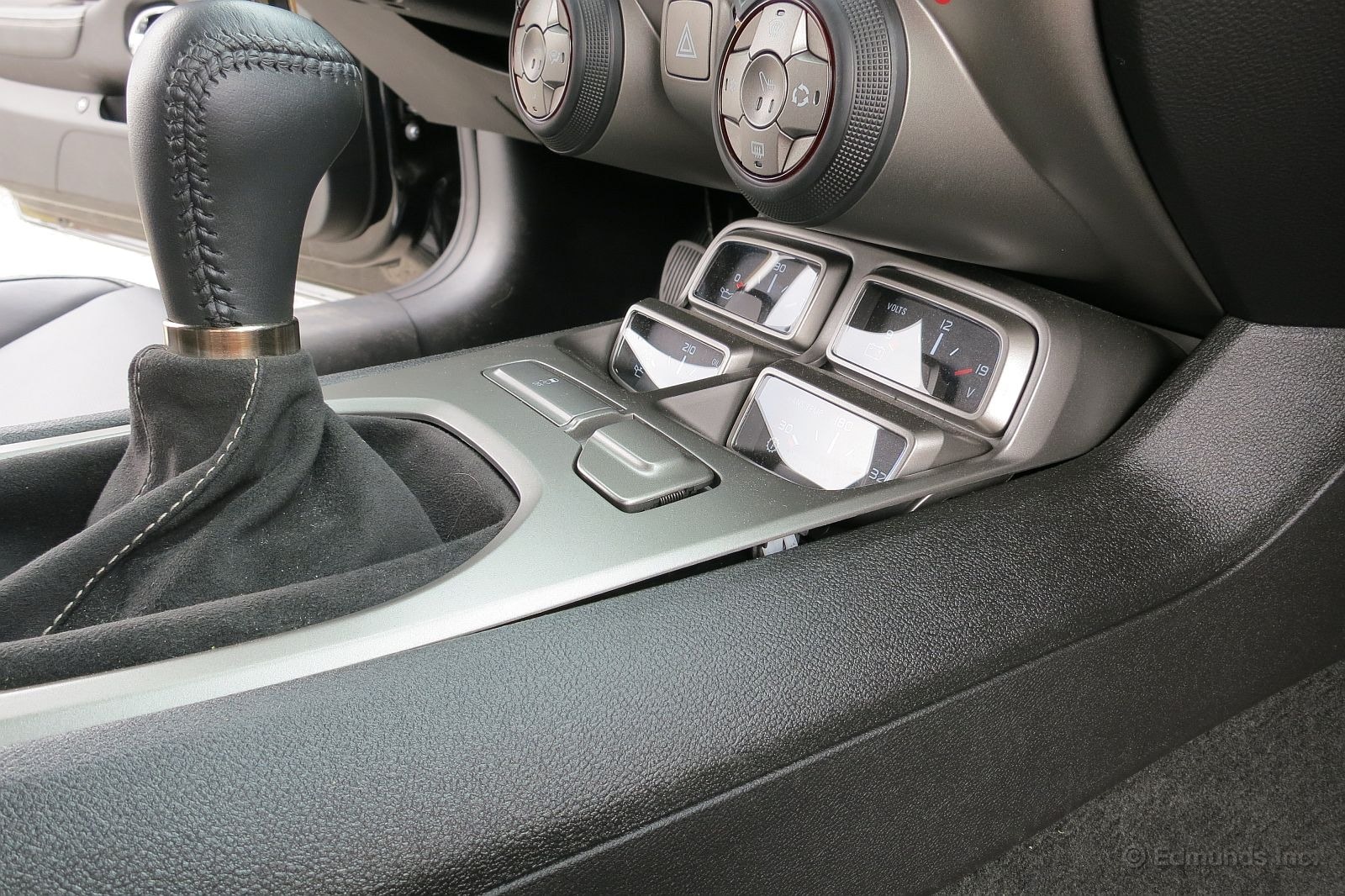
I had just finished the instrumented testing on our long-term 2014 SLP Panther Camaro, and was pulling the Racelogic Vbox's power cord from the car's outlet, and this happened...
The Camaro's flimsy center console tried to unclip itself.
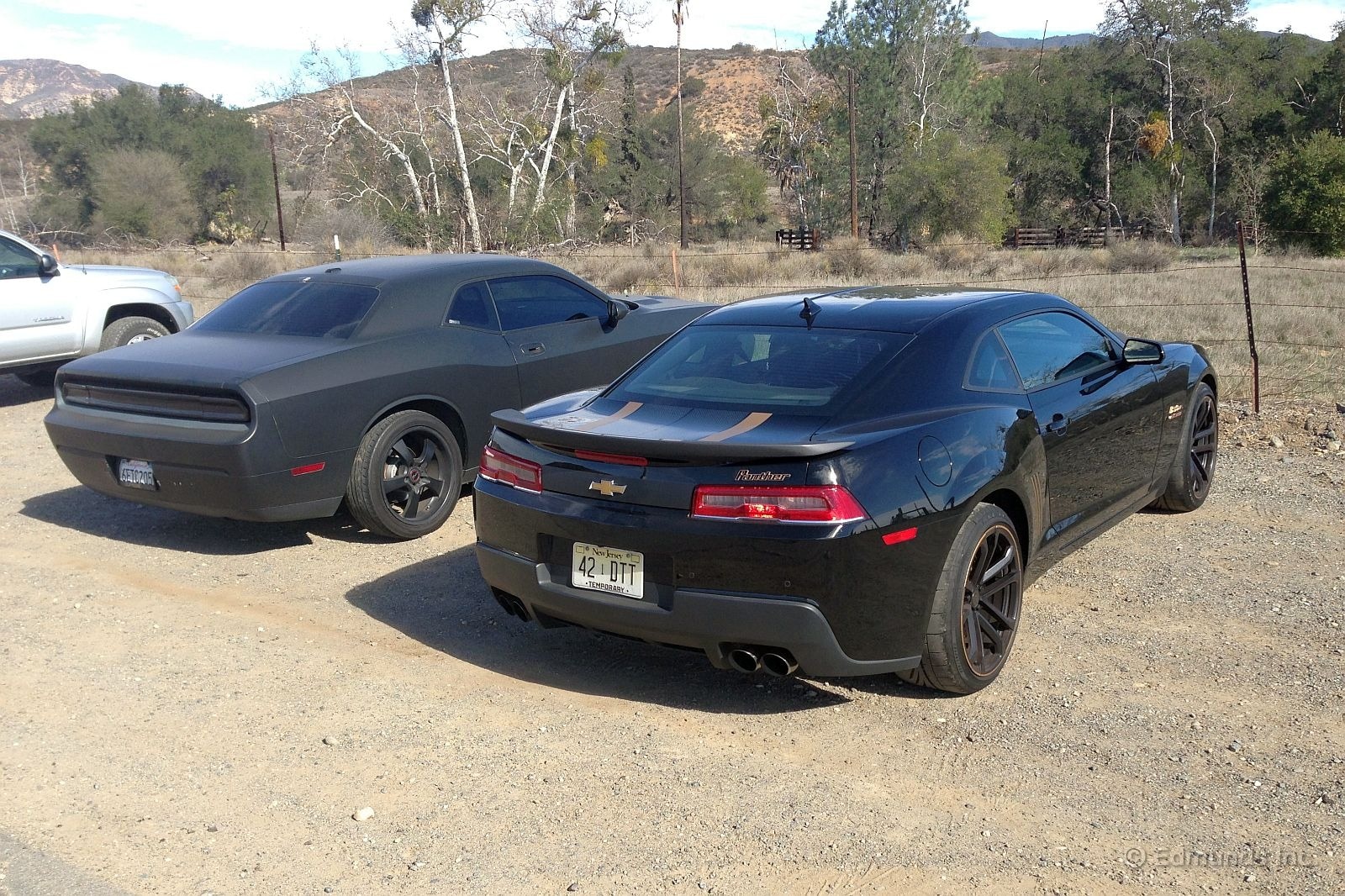
While I was out hiking with friends last weekend, someone parked their flat-black Dodge Challenger next to our black and gold long-term 2014 SLP Panther Camaro.
In my opinion this is good black (the Panther) versus bad black, the Challenger.
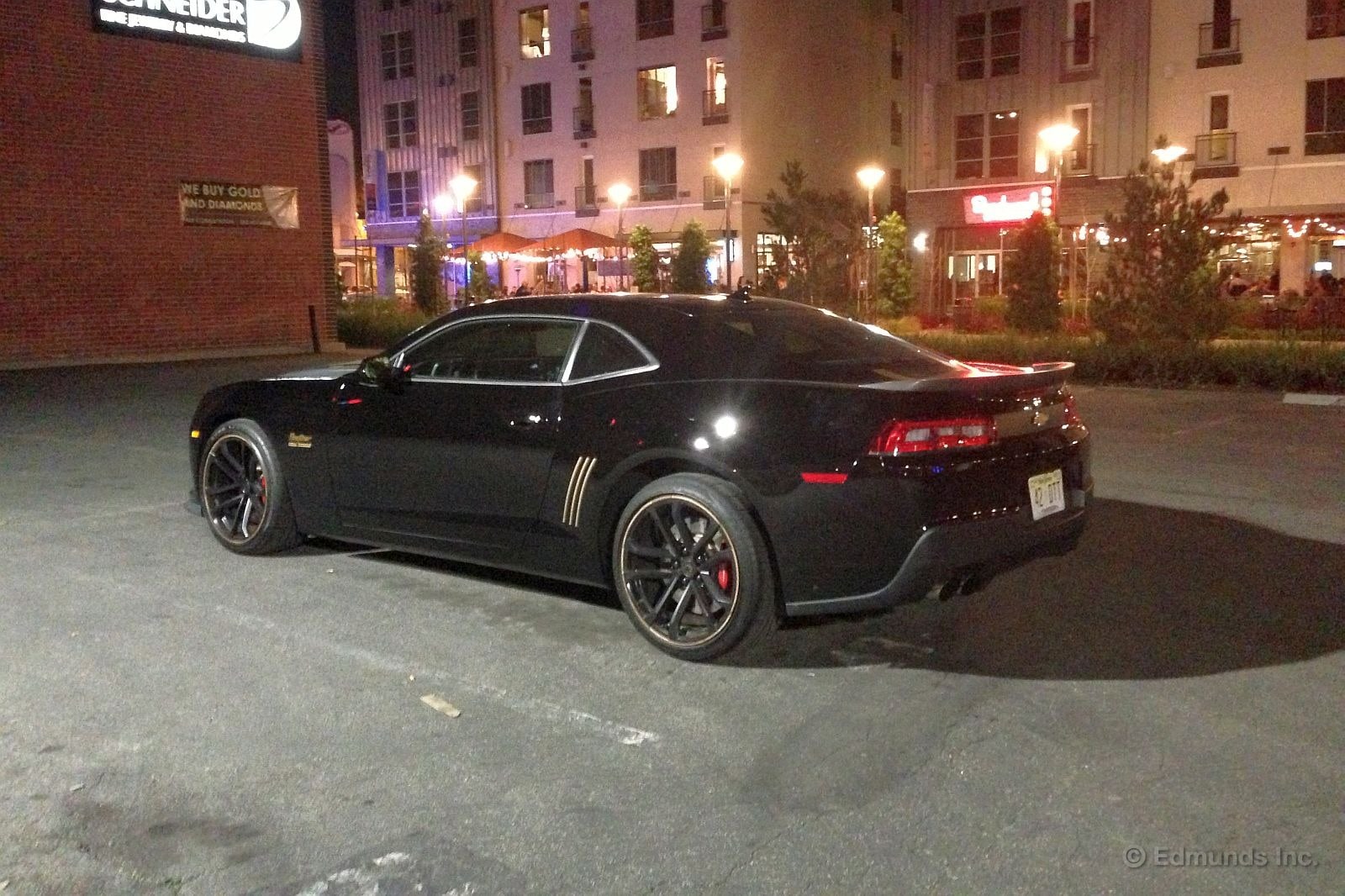
What do you think?
Either way, the SLP Panther isn't in its environment with the tree-huggers in the wilderness. It's happier doing burnouts and hitting the clubs, as in the second photo when it made a stop in Long Beach.
While attempting to keep a safe distance from stores plotting to pilfer its gold paint...
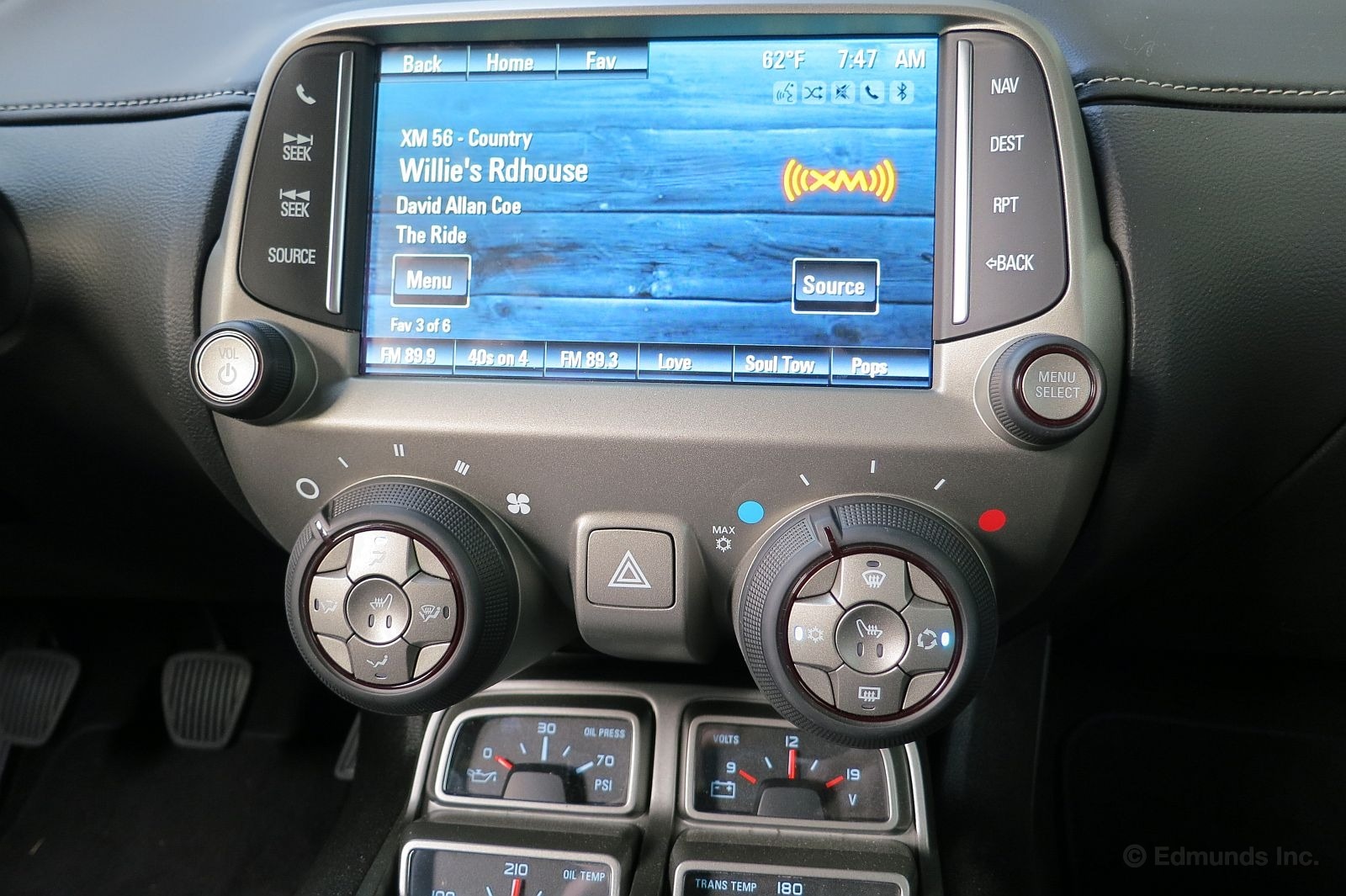
Chalk the following up under "not a huge issue when you're driving a 600-horsepower muscle car," but I don't like the way the 2014 Chevrolet Camaro's climate control knobs work.
While the knobs are nice and large, and have a grippy surface, they also have super-mushy, undefined detents. So it's easy to move the fan speed or temperature knob 1 1/2 or 2 clicks when you're just trying to go one.
The volume knob has some oddity in its action, too. Sometimes when I turn it a large amount up or down, it takes it a bit to register. Then you turn it even more, but just as you're doing that it finally catches up. At which point it's really loud. Or really quiet.
Again, not a huge deal. Just some weird action I've noticed.

We logged about 1,500 miles in our 2014 SLP Panther Camaro for January. The whole time we drove it conservatively, hardly ever exceeded 2,500 rpm and had Josh Groban on a perpetual playlist.
For the month, we averaged 35.6 mpg.
Wait, no, wrong car. Sorry. That's the Passat TDI. The SLP Panther Camaro? Need you even ask? Yes, somewhere a Shell executive is smiling.
So, for those 1,500 miles, we happened to log both our worst fill so far at 7.2 mpg (when we performed our instrumented track tests), plus our best fill so far at 18.6 mpg (me driving it about 260 miles on the freeway). It all averaged out to a monthly 13.3 mpg. Lifetime, we're looking at 13.7 mpg.
Worst Fill MPG: 7.2
Best Fill MPG: 18.6
Average Lifetime MPG: 13.7
Best Range: 296 miles
Current Odometer: 3,685 miles
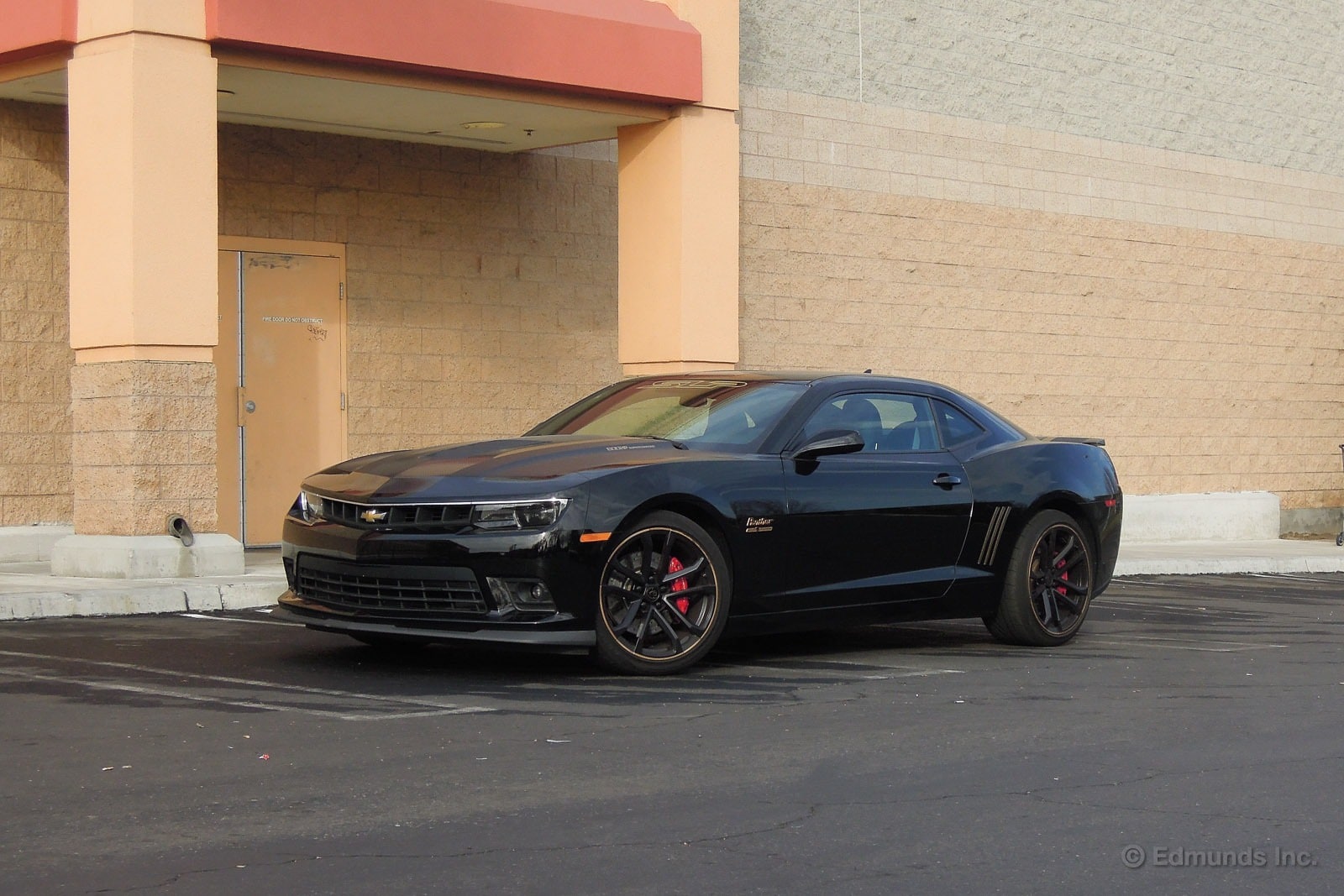
Along with many of my coworkers, I've been around various "tuner" cars over the years. More often than not, these cars looked great in car magazine features but were far less impressive in real life. Promised gains in performance never materialized, and abusive ride qualities and shoddy aftermarket parts integration were all too common. Sometimes, things just plain broke. Or blew up.
But our 2014 SLP Panther Camaro isn't like that.
Nearly everything about the SLP Panther feels right to me. The supercharged V8 is smooth and vice-free. The exhaust sounds awesome but isn't overdone. The ride quality is surprisingly pleasant. Details like the vented hood and branded head restraints seem like they belong. And, most importantly, the SLP truly does haul the mail. We'll have an update coming out soon about our performance testing, but basically the Panther delivers Camaro ZL1-like performance numbers.
So far, I'm very impressed.
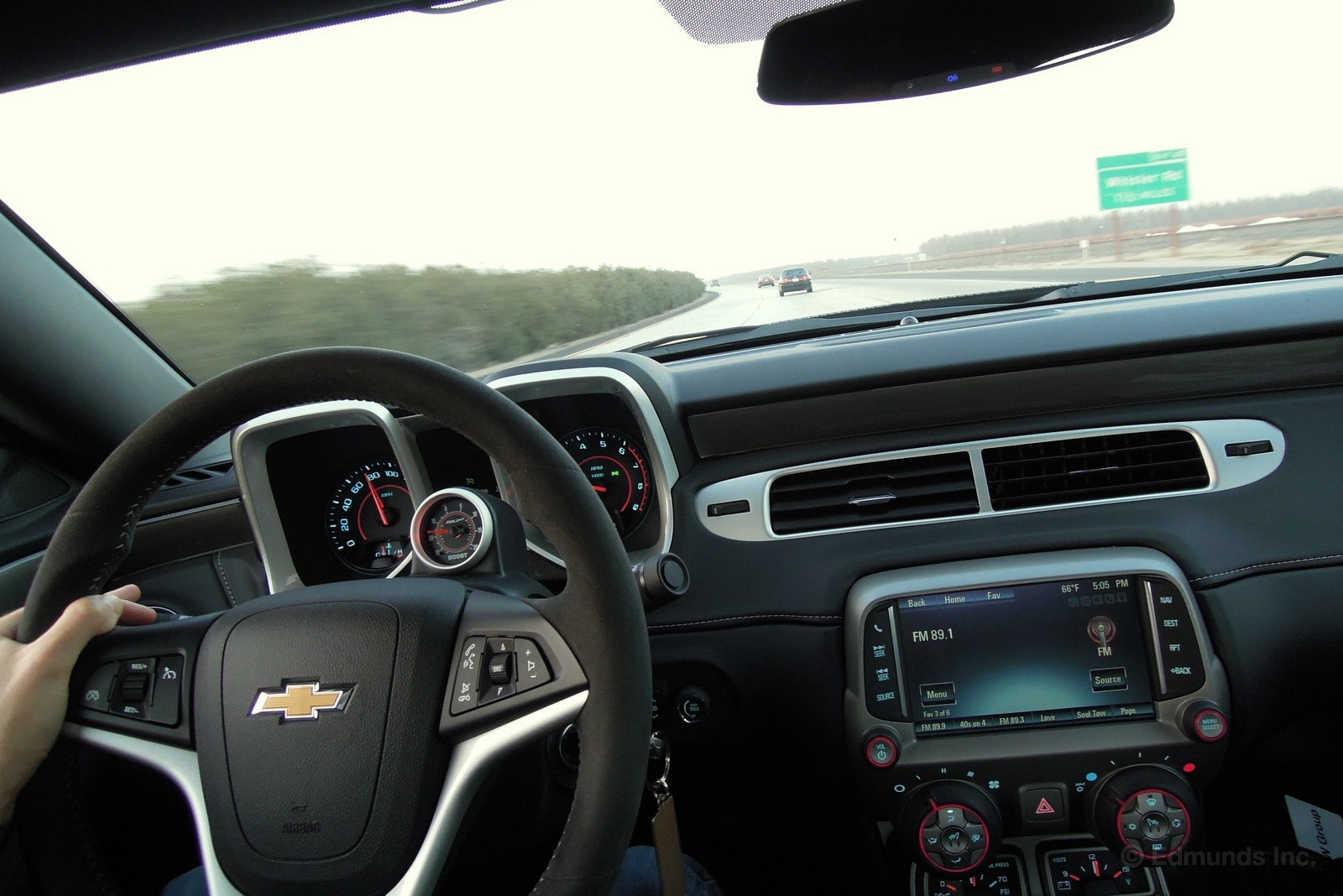
One of the more impressive qualities about our 2014 SLP Panther Camaro is how well it rides on the freeway. As Scott noted previously, it's more complaint than a lot of other sporting cars. Factor in the moderate amounts of wind, road and exhaust noise and you've got a muscle car that begs to be taken on road trips. In fact, I'm sure some of my coworkers will do just that in the coming months.
But for me, at least, I find the driver position to be rather mediocre in terms of comfort.
For some reason I just can't get as comfortable as I'd like. Part of it could be the seat. It's merely OK in terms of support. But I think it has more to do with the pedal positioning in relation to the seat, as I find I have to angle my right leg outward to properly use the gas pedal, and that gets uncomfortable for long stints. Nor does the steering wheel telescope out as much as I'd prefer. I've tried a couple of different adjustments of the seat and steering wheel in hopes of a fix, but so far no luck.
Yeah, I know, I know. "Brent, it's an SLP Panther, for heaven's sake, not a Caddy XTS!" But I also have friends who own high-end sports cars or sport sedans, and it's funny how seat comfort is something that comes up rather frequently in conversation since the cars are their daily drivers.
It's something to think about if you're looking to buy a Camaro/Panther/Mustang/Challenger.

Sucky day at work? Life got you down? I've got a solution. Here, take the key to our SLP Panther Camaro. Fire up that 600-horsepower, 6.2-liter V8 and listen to the exhaust pipes crackle, bark and scare away small animals and children. Rev it a few times just because you can. Savor the sound. Now slot the chunky gear lever into first. Punch it.
If this car can't make you smile, you must be dead.
Sure, you can use this car to make cross country road trips, schlep your kids to school or participate in monthly high-performance driving events. But that's not what it's about. You buy it for its Darth Vader looks, gonzo power and complete disregard for discretion.
V8 muscle cars are a natural choice for having a good time. This SLP Panther Camaro is the paradigm.
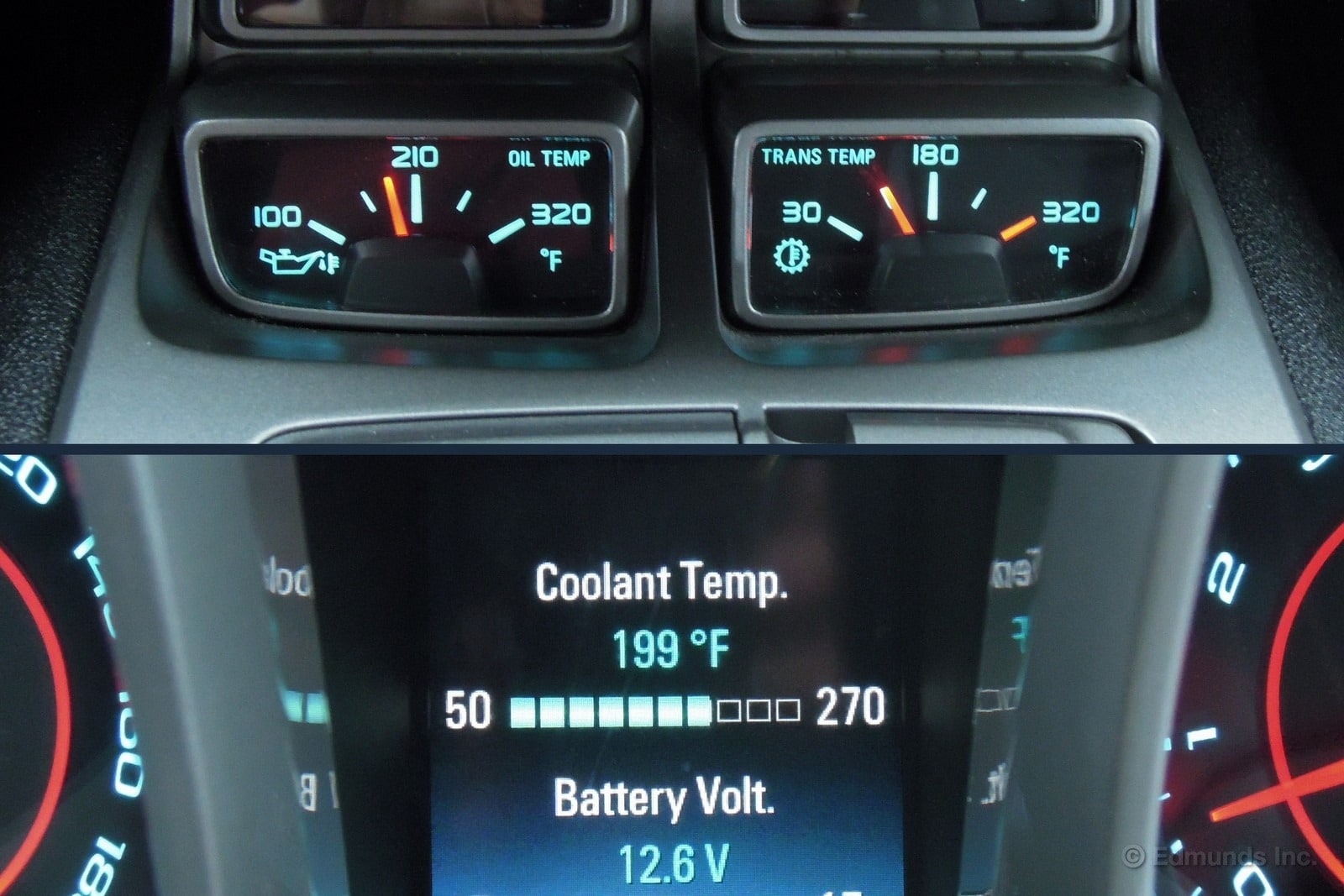
The 2014 SLP Panther Camaro isn't afraid to tell you how it's feeling. There are the usual gauges in the gauge cluster, of course, plus the four accessory gauges ahead of the shifter (engine oil pressure, engine oil temperature, transmission oil temperature and volts), the configurable display in the gauge cluster (trip computer plus many other features), and the heads-up display that can be used to show speed, rpm and other vehicle aspects.
From a performance vehicle standpoint, I enjoy having this much information available.
The main reason I'd be looking at the gauges would be if I were participating in a high performance event, whether it was drag racing, road racing or autocross. The view of the accessory gauges is still partially blocked by the climate control knobs, something that has been an issue for the latest generation Camaro since day one. But I'm still glad they're there.
For a modern car just driven on the street, it'd be very unlikely you'd ever be looking at this information unless something's gone terribly wrong. That said, you can still use the Camaro's gauges to give you an indication for when the car is fully warmed up and really for maximum acceleration.
A couple of recent long-term performance cars stand out in my mind for offering a feature that indicates when their powertrains aren't ideally warmed up enough for maximum rpm. On our Corvette Stingray, it's the adjustable cold-engine redline. And on our departed Mercedes-Benz SLS AMG, it was an operating temperature display.
On the Panther Camaro, you can accomplish the same thing by looking at the bottom two gauges in the accessory gauge pack (engine oil and transmission temperature). For my photo, I brought up the coolant display (there's also the regular coolant temperature gauge as well). Unlike the Corvette or SLS, there's no actual indicator for what temperatures are "OK" to fully let it rip. But if you set the configurable display to engine oil temperature, there is a specific operating range that's highlighted by two yellow lines.
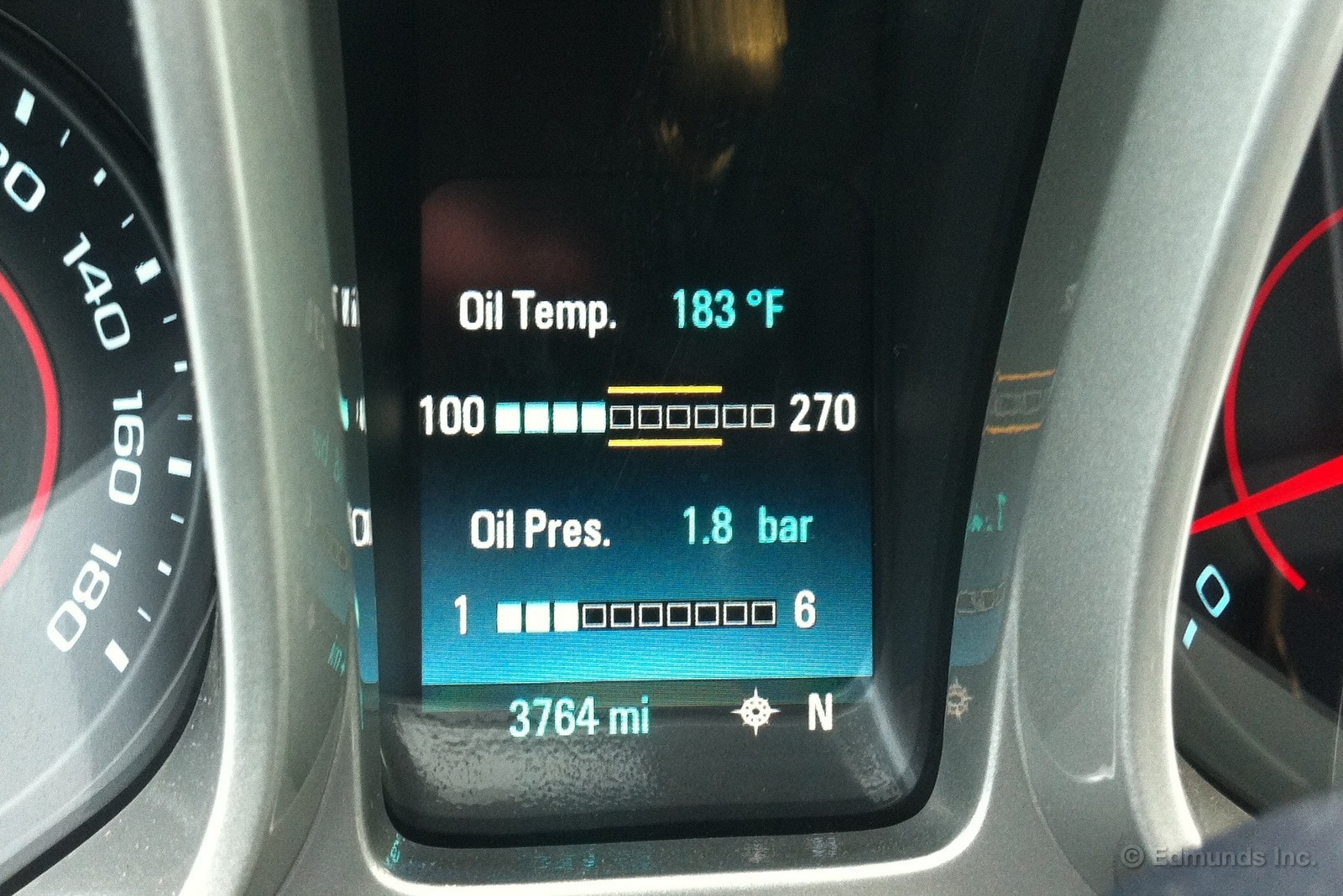
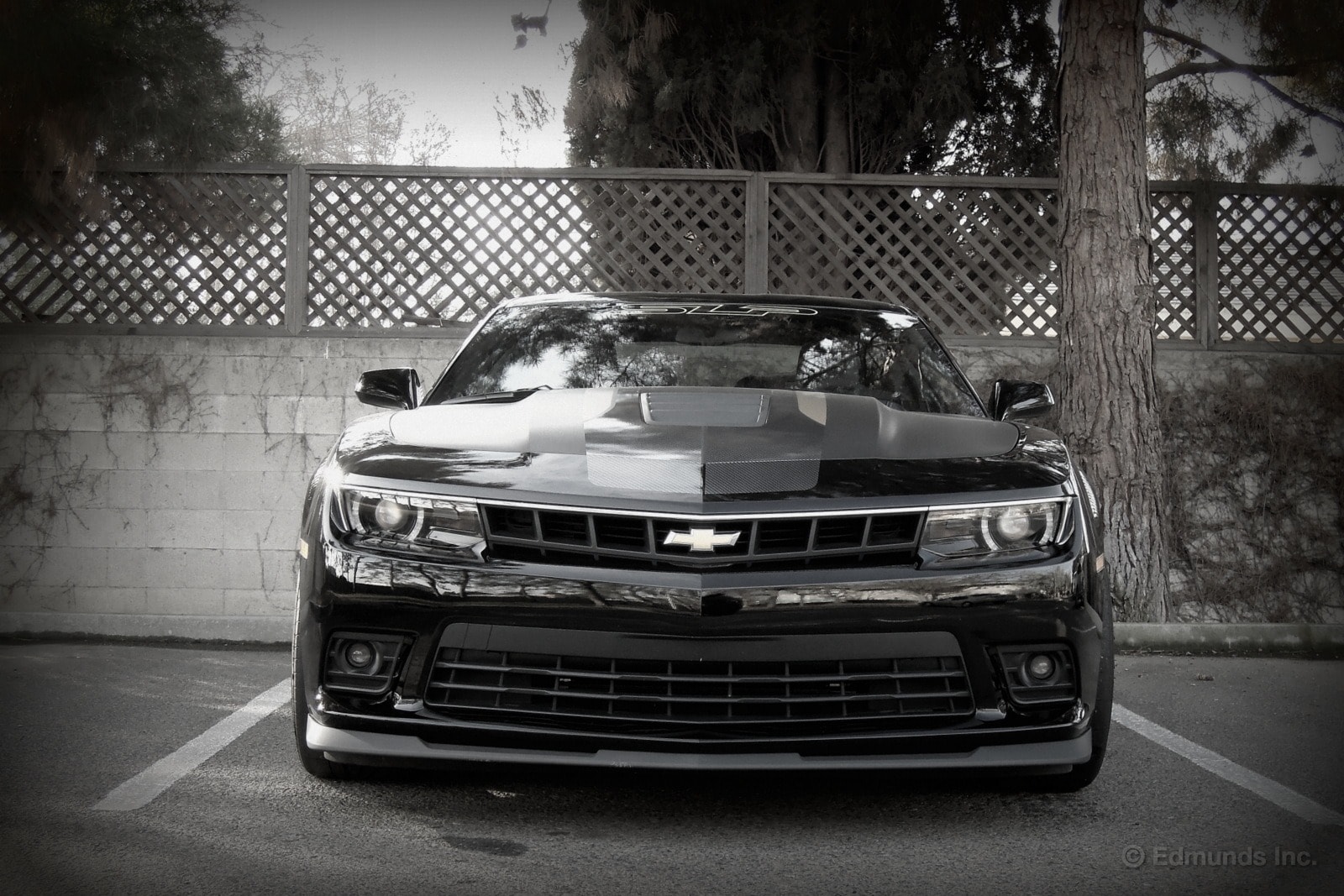
The current-generation Camaro has been out since 2010. Chevy sells tens of thousands of them each year (80,567 sold in 2013, in fact) . They're pretty common as muscle cars go, and many have been modified by their owners. So I thought that our 2014 SLP Panther Camaro would largely blend in with all the other Camaros out there. Right? Wrong. Well, I was wrong. I've had more guys comment or come up to me than anything else in recent memory.
I've given our Panther a nickname: The Bro Magnet.
First, there was the skinny teen who approached me as I was walking up to the Panther parked outside my gym. "Dude, bro, that car is sick!" was the first thing he said. He told me his BMW M6-owning dad was going to buy him a car soon and the Panther would be perfect. Six hundred horsepower and the teenage mindset of invincibility seems like a bad combination to me, but who am I to say?
There was the little kid sitting in the back of his mom's Mercedes ML-Class as we were driving along. His head barely peeked up above the door. But his blue eyes were focused on the Panther for about a mile. Finally, I decided to show off a little by downshifting and delivering a quick burst of acceleration and V8 basso profondo. My eight-year-old self would have loved that.
My next-door neighbor came by one afternoon with his wife in tow. I've had all sorts of cool stuff parked in my driveway. This is the first car that he actually rang my doorbell for. He wanted to know all about what an SLP Panther was and how it compared to a ZL1. I gave him a quick "demonstration" ride around our neighborhood area. He seemed fairly reserved at the time, but later I learned from his wife that he spent the rest of his afternoon researching Camaros and SLP online. I'm guessing he found the Panther a lot cooler than his Honda Civic coupe.
Then there were the guys at the hand car wash. I'm rolling through the wash in the Panther, suds all over the car. I can hear them chattering about the Panther as they're washing it. Finally, one of the guys motions for me to lower my window to talk. While we're in the car wash, mind you. He wants to hear me rev the V8.
Sure, happy to oblige, bro.
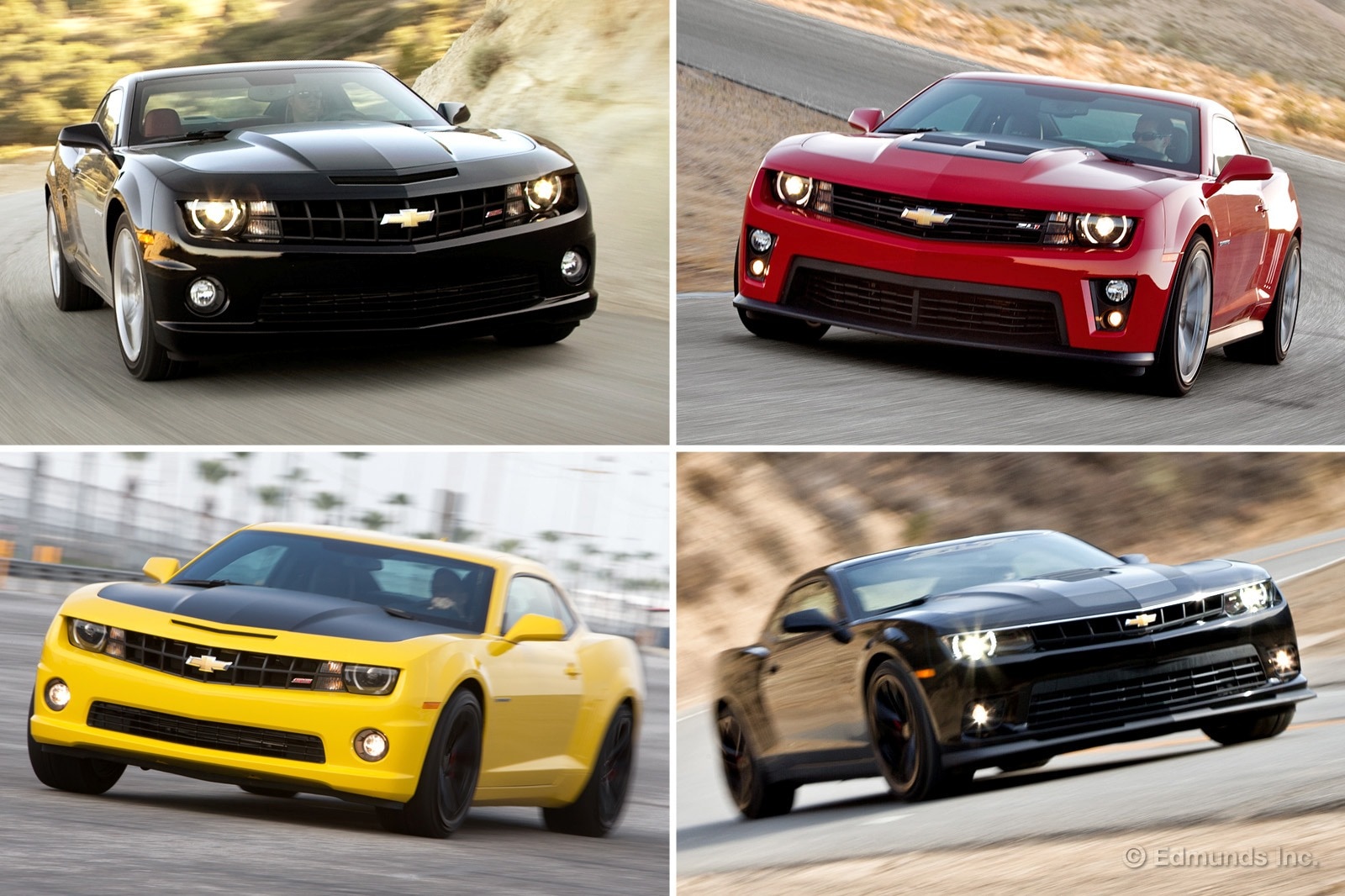
SLP has been in the business of building badass GMs for decades. Just the utterance of the word "Firehawk" leaves some of us grinning for hours. But that car, and previous SLPs, existed in a time when General Motors wasn't exploiting the talents of the Camaro and Firebird to their fullest potential.
Times have changed.
While you can now walk into some authorized Chevy dealerships and walk out with a 600-horsepower 2014 SLP Panther like our long-termer, you can go to any Chevy dealer and drive out in a stonking-fast, supercharged, 580-hp Camaro ZL1. Or, if a naturally aspirated V8 is more your thing, you can get the built-for-handling Chevy Camaro SS with the 1LE suspension pack. And let's not even mention the Z/28 since it's not on sale yet.
So, considering the home-grown talent within GM, how does our SLP stack up? We tested our long-termer and then, using our most recent test data, compared the numbers against a 2012 Chevy Camaro ZL1, a 2013 Chevy Camaro SS 1LE and, for a baseline, a 2010 Chevy Camaro SS.
We'll let you dig through the numbers below, but here's the TL;DR: Our SLP Panther 600 runs a nearly identical 0-60 time as the factory built, 580-hp Chevy Camaro ZL1 and then goes on to run a 12.5 @ 11.6 in the quarter versus the ZL1's 12.7 @ 114.7. And, proving it's not some dumb brute, the Panther holds its own in handling. It laps our skidpad at a sustained 1.01g versus the ZL1's 1.03 and slips through the slalom at 69.9 mph. If our daily driving impressions haven't already convinced you, the track test should: The SLP Panther 600 is a real alternative to the Camaro ZL1 on track and off.
|
SLP
|
ZL1
|
SS 1LE
|
SS
|
|
| 0-60 |
4.5
|
4.4
|
4.8
|
5.1
|
| 0-60 (with rollout) |
4.3
|
4.1
|
4.6
|
4.8
|
| 1/4-mile (sec. @ mph) |
12.5 @ 116.0
|
12.7 @ 114.7
|
13.0 @ 108.7
|
13.1 @ 110.4
|
| 60-0 |
104
|
110
|
108
|
111
|
| Skid pad (ft.) |
1.01
|
1.03
|
0.97
|
0.89
|
| Slalom |
69.9
|
70.8
|
71.1
|
68.2
|
| As-tested weight |
3,966
|
4,096
|
3,880
|
3,864
|
Vehicle:
Odometer: 3,056
Date: 1/21/2014
Driver: Mike Monticello
Price: $67,020
Specifications:
Drive Type: Front engine, rear-wheel drive
Transmission Type: Six-speed manual
Engine Type: Longitudinal, supercharged V8
Displacement (cc/cu-in): 6,162/376
Redline (rpm): 6,200
Horsepower (hp @ rpm): 600
Torque (lb-ft @ rpm): 550 lb-ft
Brake Type (front): Ventilated and drilled discs with four-piston fixed calipers
Brake Type (rear): Ventilated and drilled discs with four-piston fixed calipers
Suspension Type (front): Independent MacPherson struts, coil springs, stabilizer bar
Suspension Type (rear): Independent multilink, coil springs, stabilizer bar
Tire Size (front): 285/35ZR20 100Y
Tire Size (rear): 285/35ZR20 100Y
Tire Brand: Goodyear
Tire Model: Eagle F1 Supercar G:2
Tire Type: Asymmetrical, directional summer performance
As Tested Curb Weight (lb): 3,966
Test Results:
Acceleration
0-30 (sec): 2.0 (w/ TC on 2.2)
0-45 (sec): 3.0 (w/ TC on 3.2)
0-60 (sec): 4.5 (w/ TC on 4.9)
0-60 with 1-ft Rollout (sec): 4.3 (w/ TC on 4.6)
0-75 (sec): 6.2 (6.3 w/ TC on)
1/4-Mile (sec @ mph): 12.5 @ 116.0 (w/ TC on 12.7 @ 115.1)
Braking
30-0 (ft): 26
60-0 (ft): 104
Handling
Slalom (mph): 69.9
Skid Pad Lateral Acceleration (g): 1.01
RPM @ 70: 1,700
Comments:
Acceleration: Lots of power here, but can be finicky to put it down just right. Also, the clutch is a bit grabby. Need to find that sweet spot between too little rpm/bogging and too much rpm/wild spinning. Best run came using a linear clutch release with revs around 2,700 rpm and just a bit of wheelspin. I think there's a short-shift kit on this thing. Takes more effort to get the shifter into the next gear and it crunched into 2nd and 3rd gears when rushed, so the stock shifter might be better. But I never missed a gear. Nice resistance to heat-soak, as the trap speeds stayed consistent throughout the runs.
Braking: Nice, firm and consistent pedal. A lot of ABS commotion but little nosedive. The first stop was the longest at 110 feet. The fifth stop was shortest at 104 feet. The sixth and final stop was 106 feet.
Handling:
Slalom: Impressive grip and control, especially considering this Camaro is wide and not exactly easy to see out of. This thing goes where you point it, with intuitive steering and a nicely tuned stability control system that isn't overly intrusive. Suspension is stiff and not overly forgiving on our mid-slalom undulation, but in general it keeps this car planted. Frustrating on the test driver's part to come so close to 70 mph and not achieve it.
Skid pad: Again, pretty amazing grip, even though the front tires constantly feel like they are washing out. Luckily the Panther's chassis is receptive to drop-throttle action to tuck the front back in. With ESC switched fully on, it cut the throttle enough that you could have your right foot to the floor.



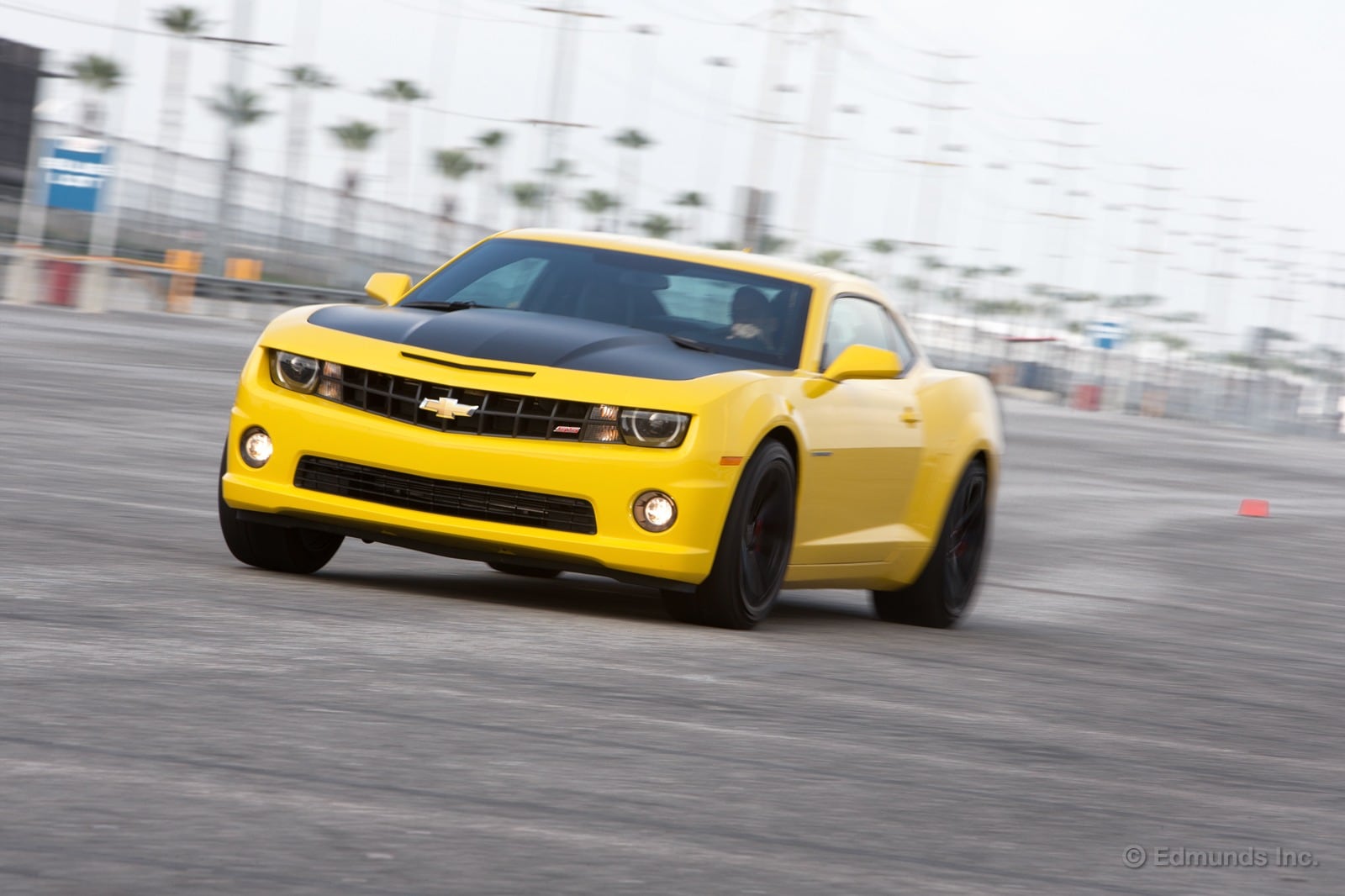
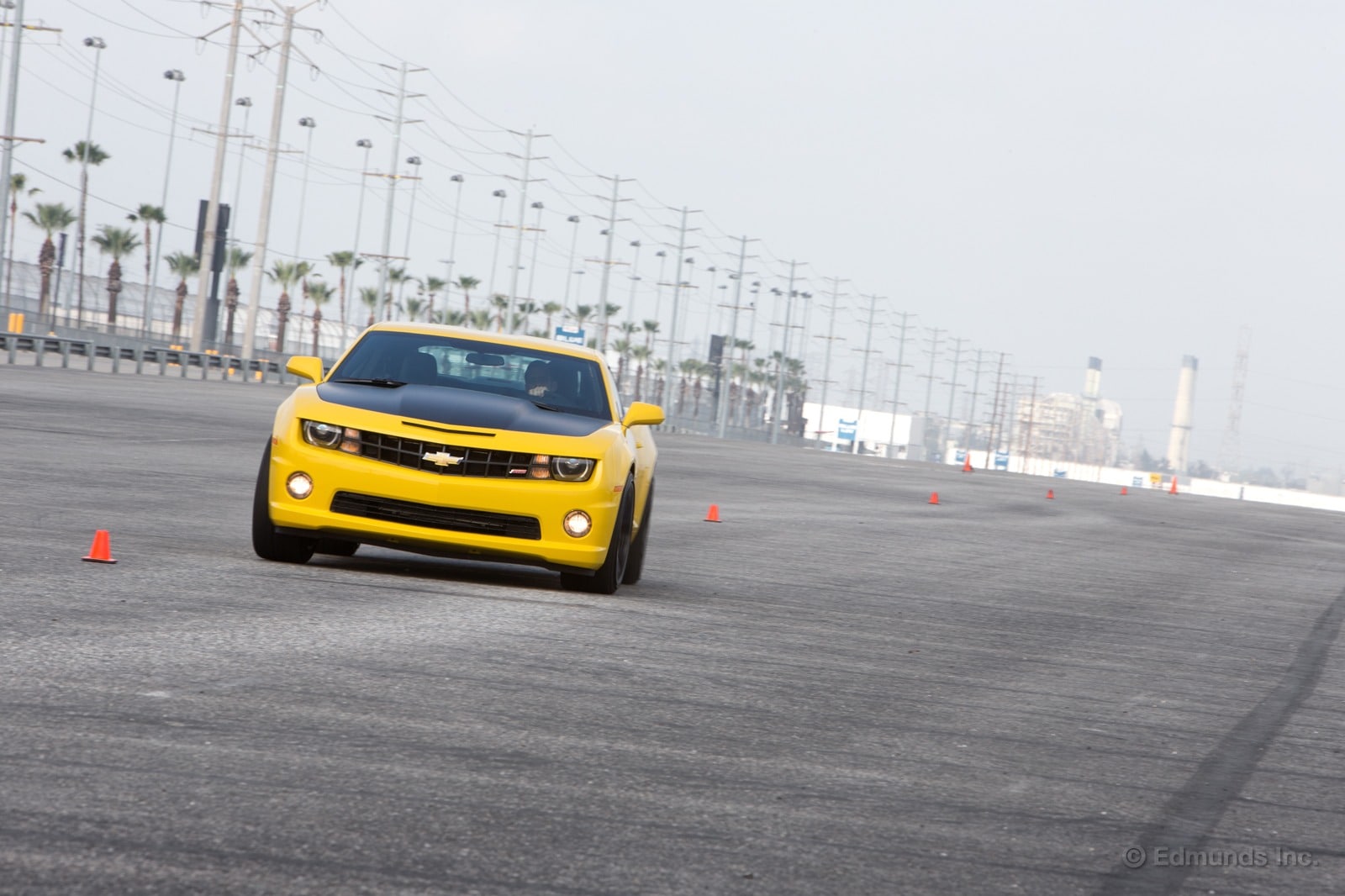
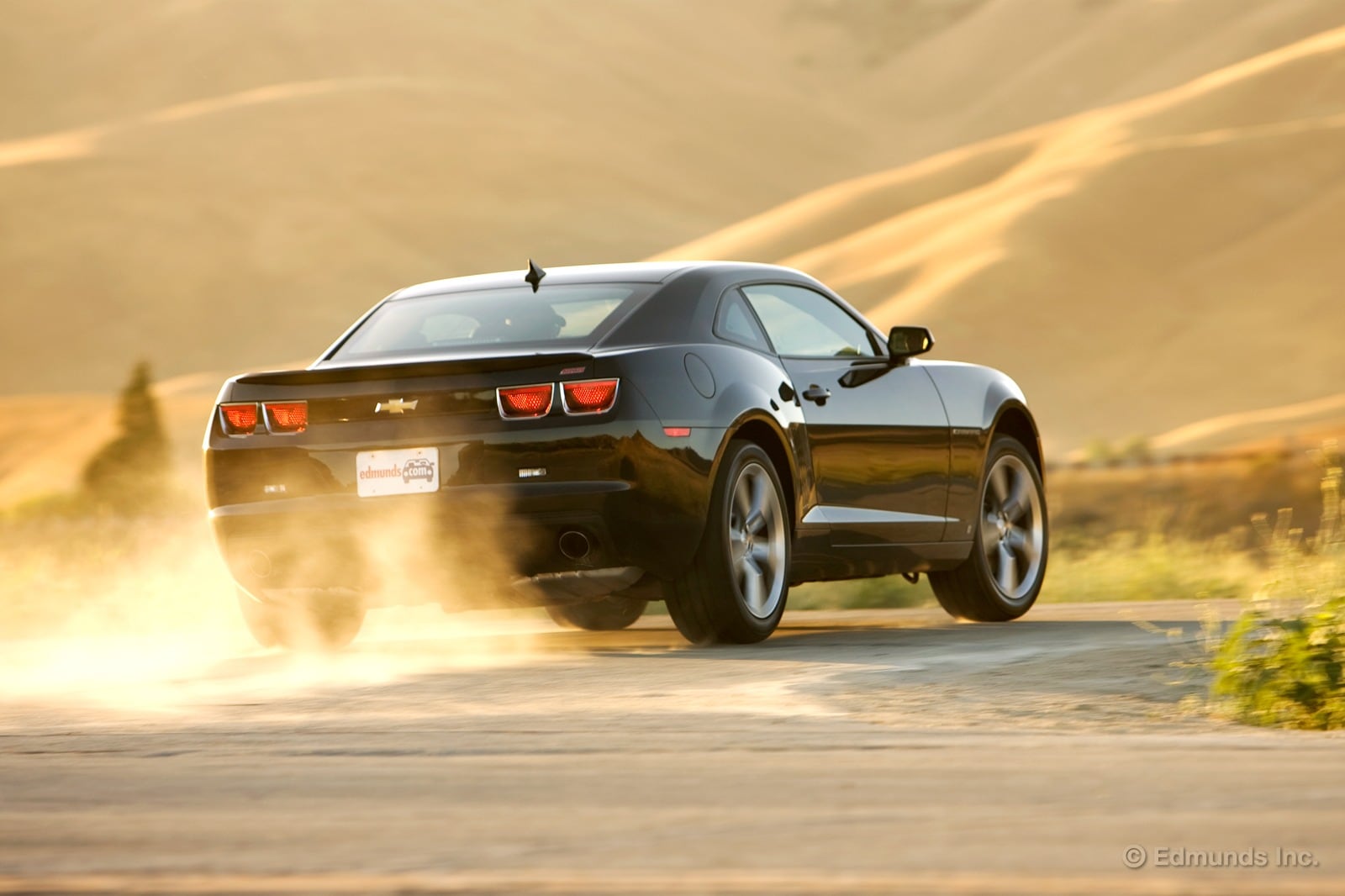
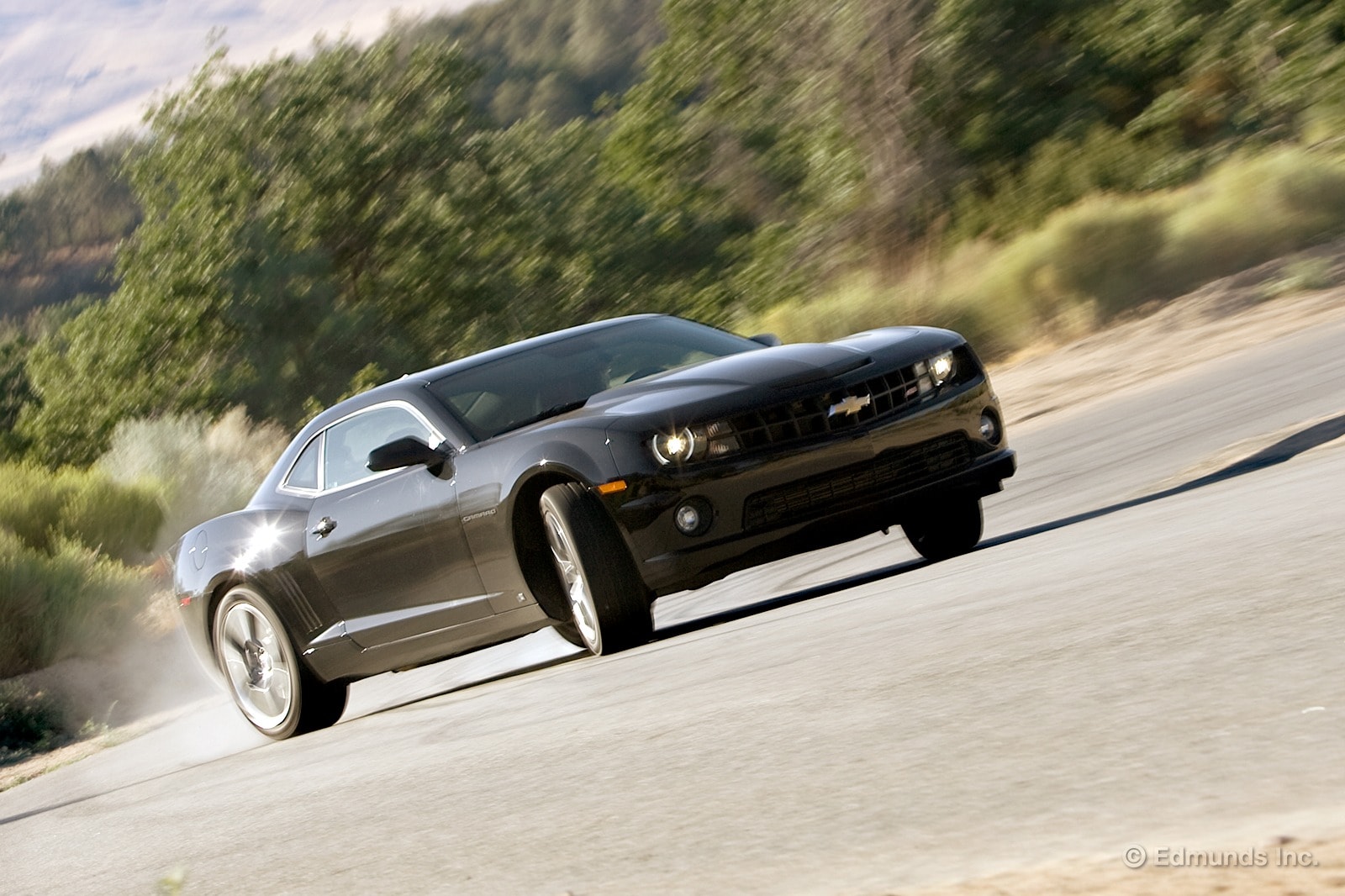

I don't know about you, but it's not every day that I get to drive a 600-horsepower vehicle like our long-term 2014 SLP Panther Camaro. It is a wild beast that has more power than any human would ever need. So, what's the first thing I did when I got behind the wheel? I went to Target.
Seriously, I had stuff to do. After that, I went to the bank and cashed a check. It seems anticlimactic, but let's face it, such is the reality of these cars. Ninety percent of the time, you will go about your business and the other 10 percent is reserved for smoky burnouts or foot-to-the-floor acceleration.
As others have pointed out, this Panther is quite tame when driving around town. The ride doesn't beat you up, and aside from being slightly louder, it's pretty much like driving a regular Camaro.
But it has a Camaro's weaknesses, and that's where things started to go south for me. Backing out of a parking space is a leap of faith. You pray no one is approaching the car from the c-pillar that blocks all your vision from that angle. From the driver's seat, it feels like you're taking up the entire lane and then some.
It had drizzled the night before and on my way into work, the roads were slightly wet. I was worried that traction would be an issue, but the Panther surprised me with its composure.
I'm not much of a car modder. I went through that phase in my 20s and thankfully got over it. But if you're going to tune a car, this is the way to do it. This Panther can still be a wild beast if you want it to be, but otherwise, it's a domesticated creature that can easily be your daily driver.
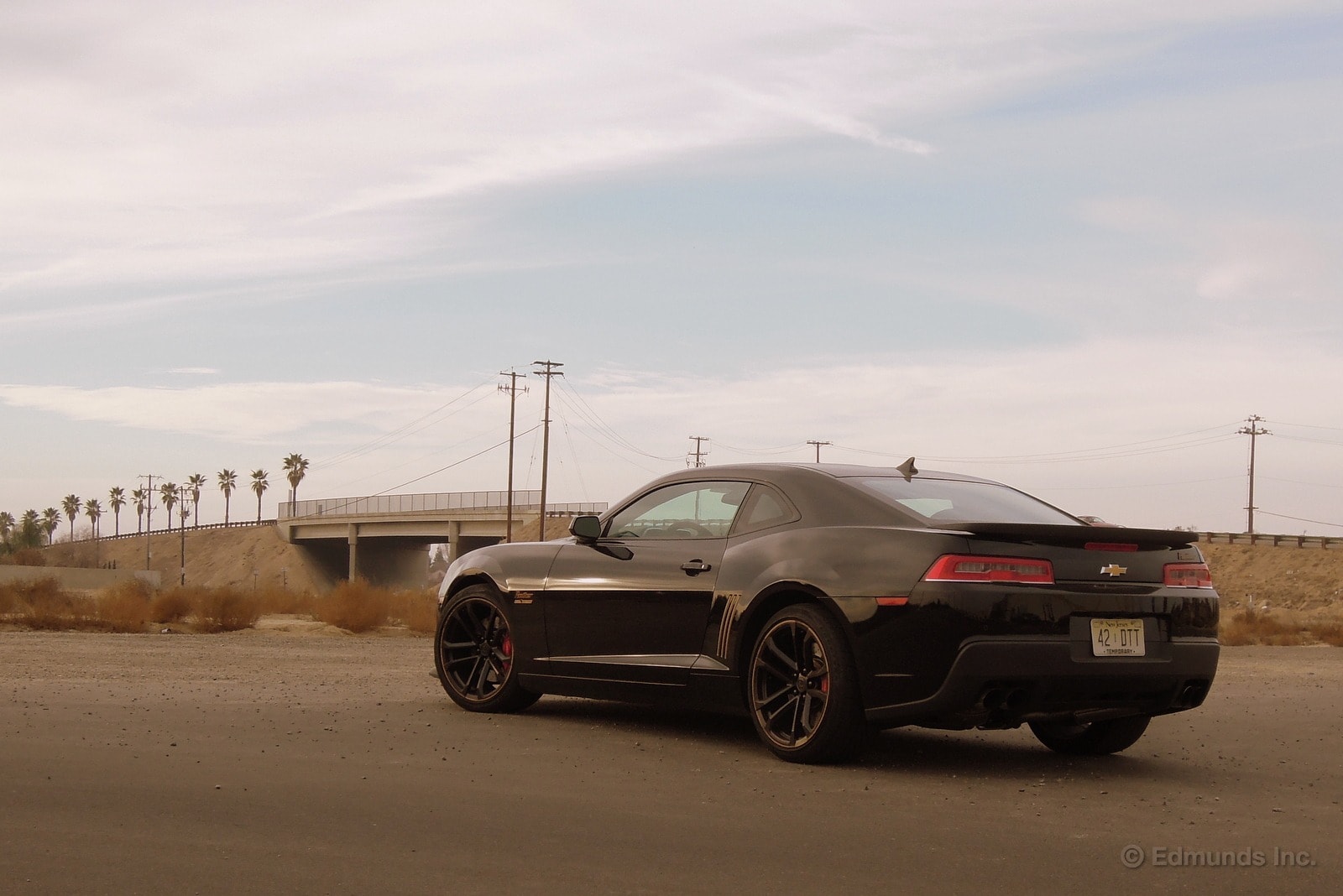
One of my automotive desires when I was a bit younger was to own a replica of the V8 Interceptor (Pursuit Special) from the movies Mad Max and Mad Max: The Road Warrior. (OK, who am I kidding? I still think it would be a blast to own a replica.) Then I drove our 2014 SLP Panther Camaro. Forget Smokey and the Bandit or Transformers with this car. We just need to get a red accessory pull up knob for the shifter and an "MFP" rear license plate.
Yeah, the V8 Interceptor was a Ford. But otherwise this Panther is a fantastic stand in. There's the supercharged V8, of course. But it's also got the black paint, the black wheels and the sinister looks. And, when you stand on it, the Panther's shock-and-awe acceleration seems just like you'd think it would be in Max's V8 Interceptor.
As the mechanics said in the original film's introduction to the car, "You can shut the gate on this one, Maxie. It's the duck's guts!" "She's the last of the V8s...she sucks nitro...phase four heads! Six hundred horsepower through the wheels! She's meanness set to music and the bitch is born to run!"
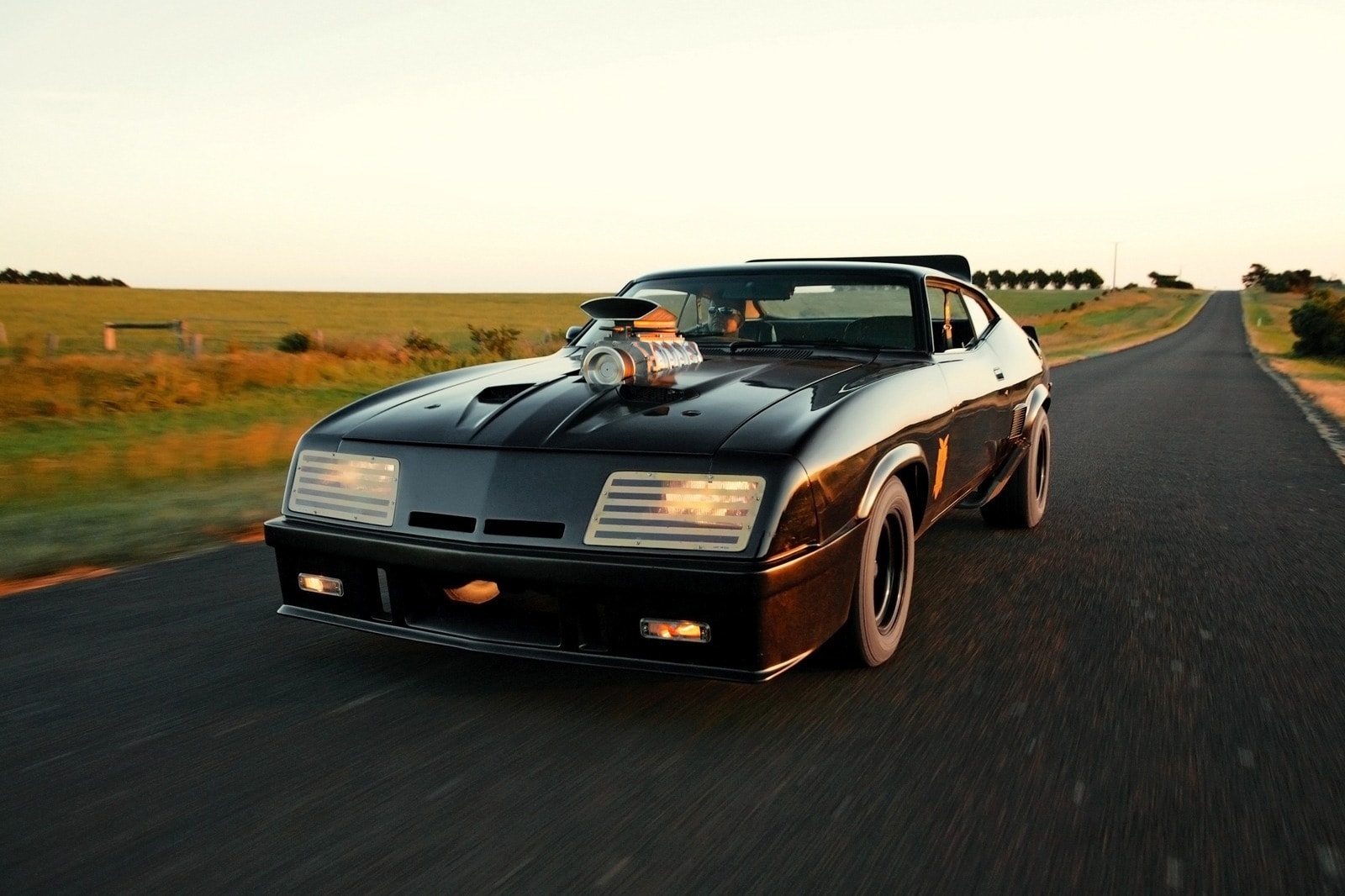
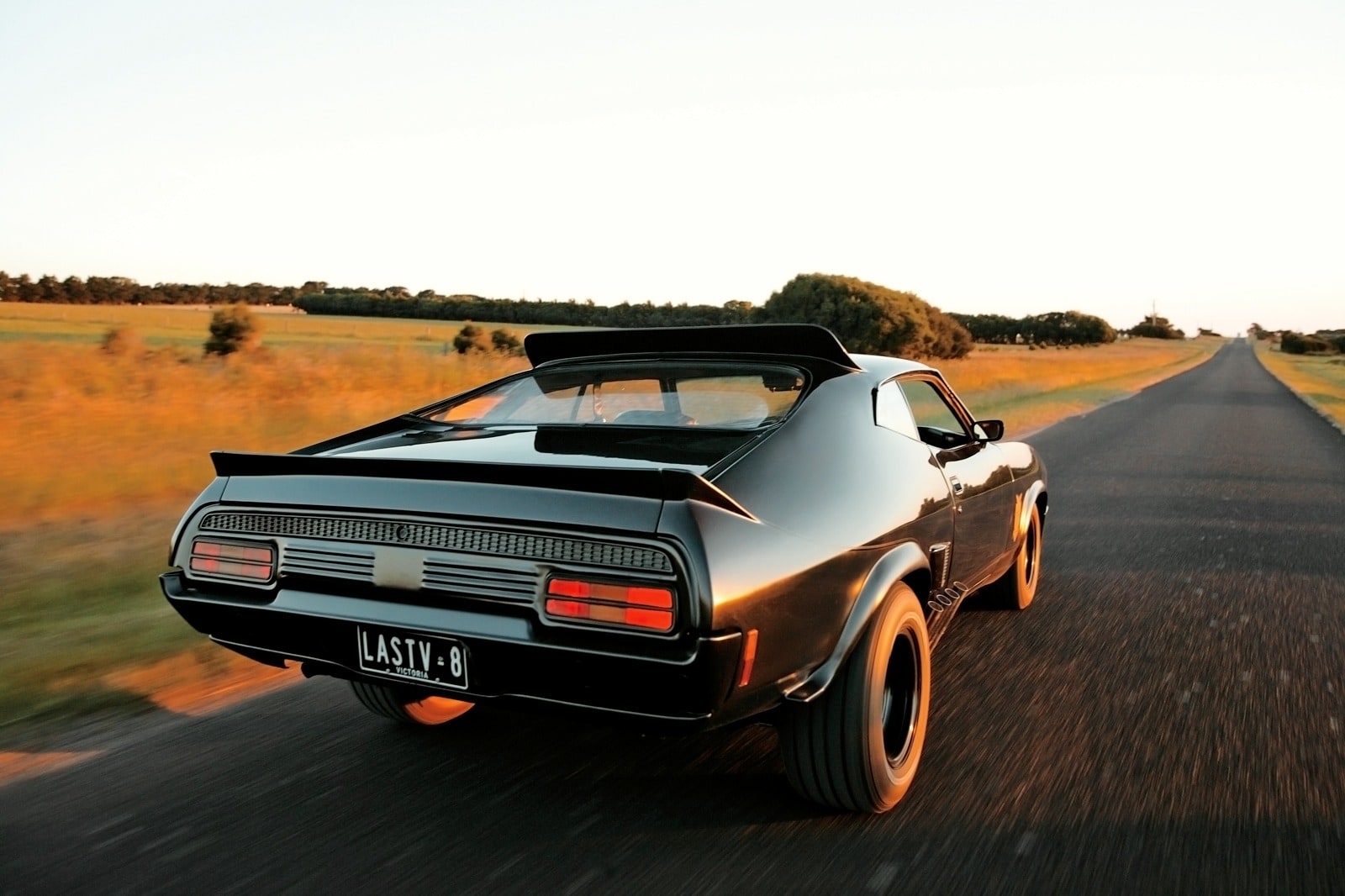
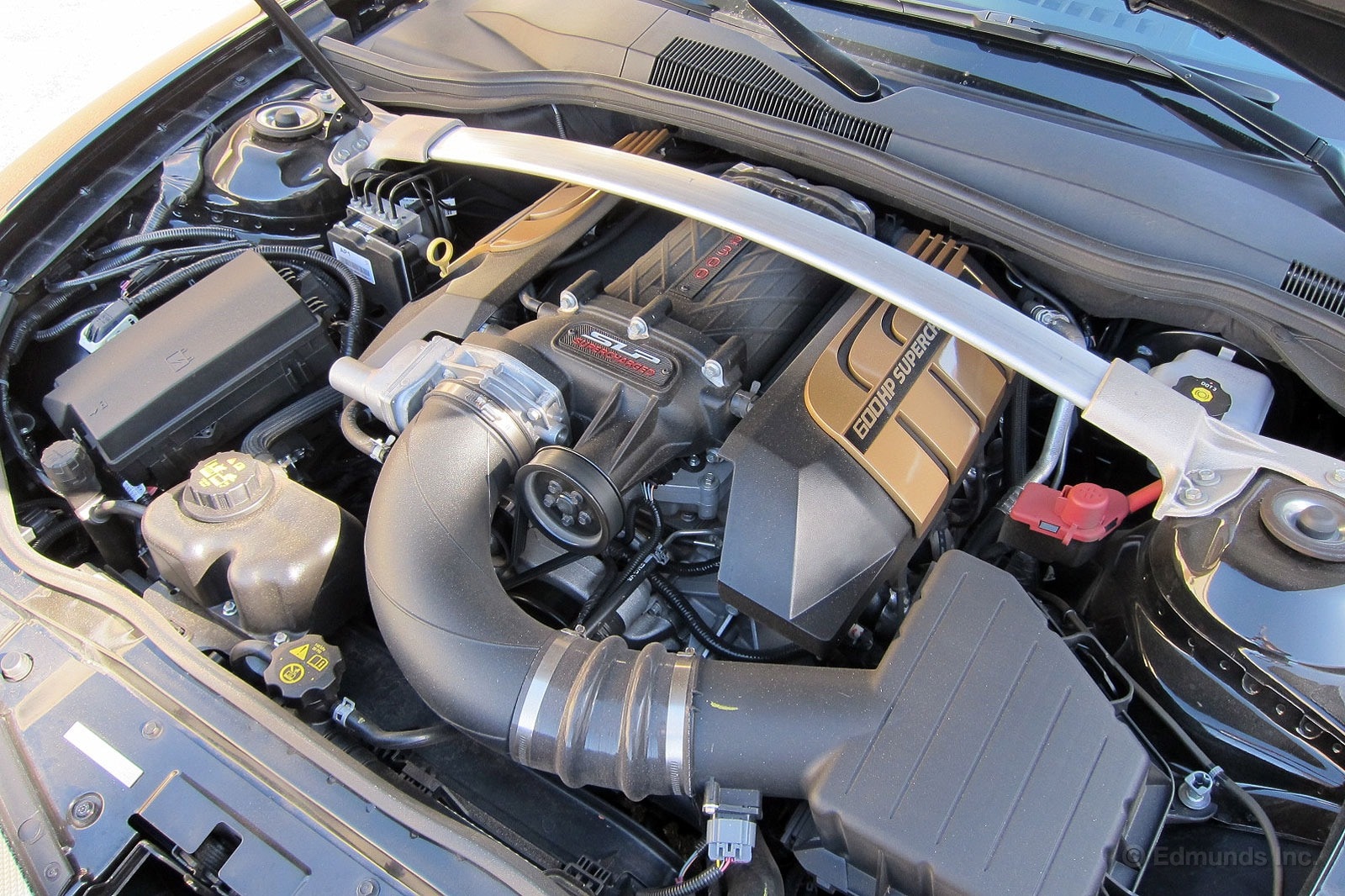
I love cars. Almost all of them. From Datsuns to Duesenbergs. And if you love cars you love looking at engines. It's one of the reasons older cars are still so appealing to so many people. Whether it's the tri-power carburetion on a '65 389 Pontiac GTO or the black crinkle finish on the valve covers of a sixties V12 Ferrari or the aggressive mechanical nature of Nissan's RB26DETT under the hood of an R34 Skyline GT-R, engines can be beautiful.
New cars, however, rarely have beautiful engines. Most of today's cars, even performance cars, are hideously ugly under their hoods. The time and cost it takes to beautify an engine have been cut from the process and the budgets long ago, replaced with some large plastic cover that's about as emotionally involving as a piece of Tupperware. Even the new Corvette Stingray has fallen victim to this unfortunate trend.
Off the top of my head I can name some new cars with cool looking engines, but the list is short. Most Audis, a 5.0 Mustang GT and the high-buck stuff like Ferraris, Astons and Lambos come to mind, but little else.
Which brings me to our long-term 2014 SLP Panther Camaro.
This car has a cool looking engine. The appearance of its supercharged 6.2-liter V8 is old school cool and I sometimes just open its heavily ventilated hood to stare at it.
SLP made some effort here. The black finish of the supercharger is right in line with the car's character, as is its in-your-face badging and artistic ribbing carved into the blower case. The cold air box and plumbing are also finished to be more pleasing to the eye. And the coil pack covers not only match the car's black and gold color scheme, but call out 600HP SUPERCHARGED, just in case your Prius-driving brother-in-law didn't feel inferior enough.
Please don't misunderstand. First and foremost, an engine has to run well. And the Panther's all-aluminum LS V8 packs a wonderful linear power delivery. Redlining this Camaro through its gears is truly one of life's great pleasures. Plus, this engine family has become legendary for its durability.
And while some tuners just slap the stuff together I applaud SLP for taking the time for some beautification. After all, opening your hood at the local Cars and Coffee is half the fun of owning such a beast. Well, that and the burnouts.
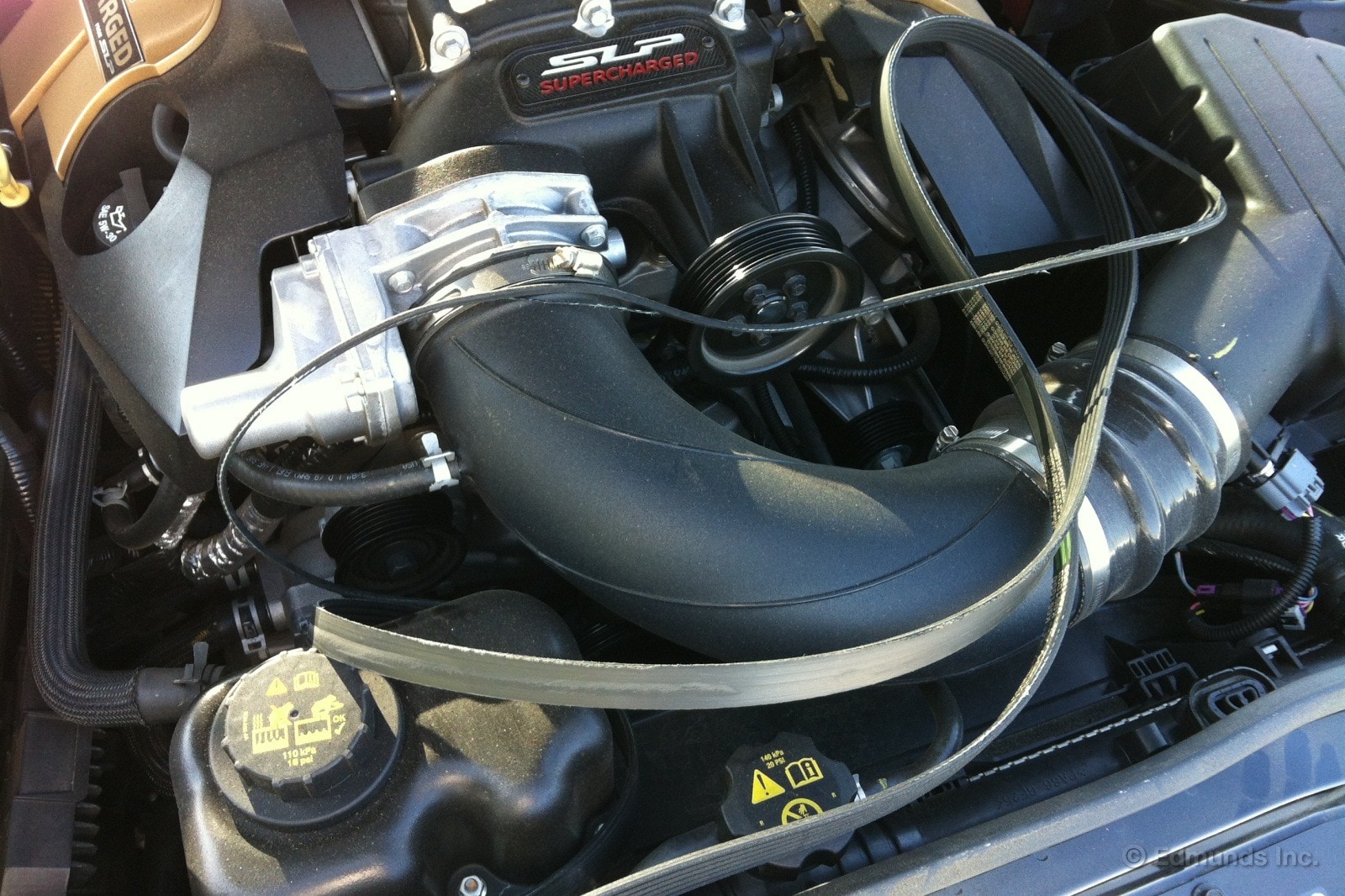
So, this happened. But what, exactly, is this, and what happened?
Here's the situation. There I was, driving our long-term 2014 SLP Panther Camaro on side streets in Orange County.
The car sounded a rather urgent chime. I instinctively lifted and looked down to the display in the instrument cluster to see this:
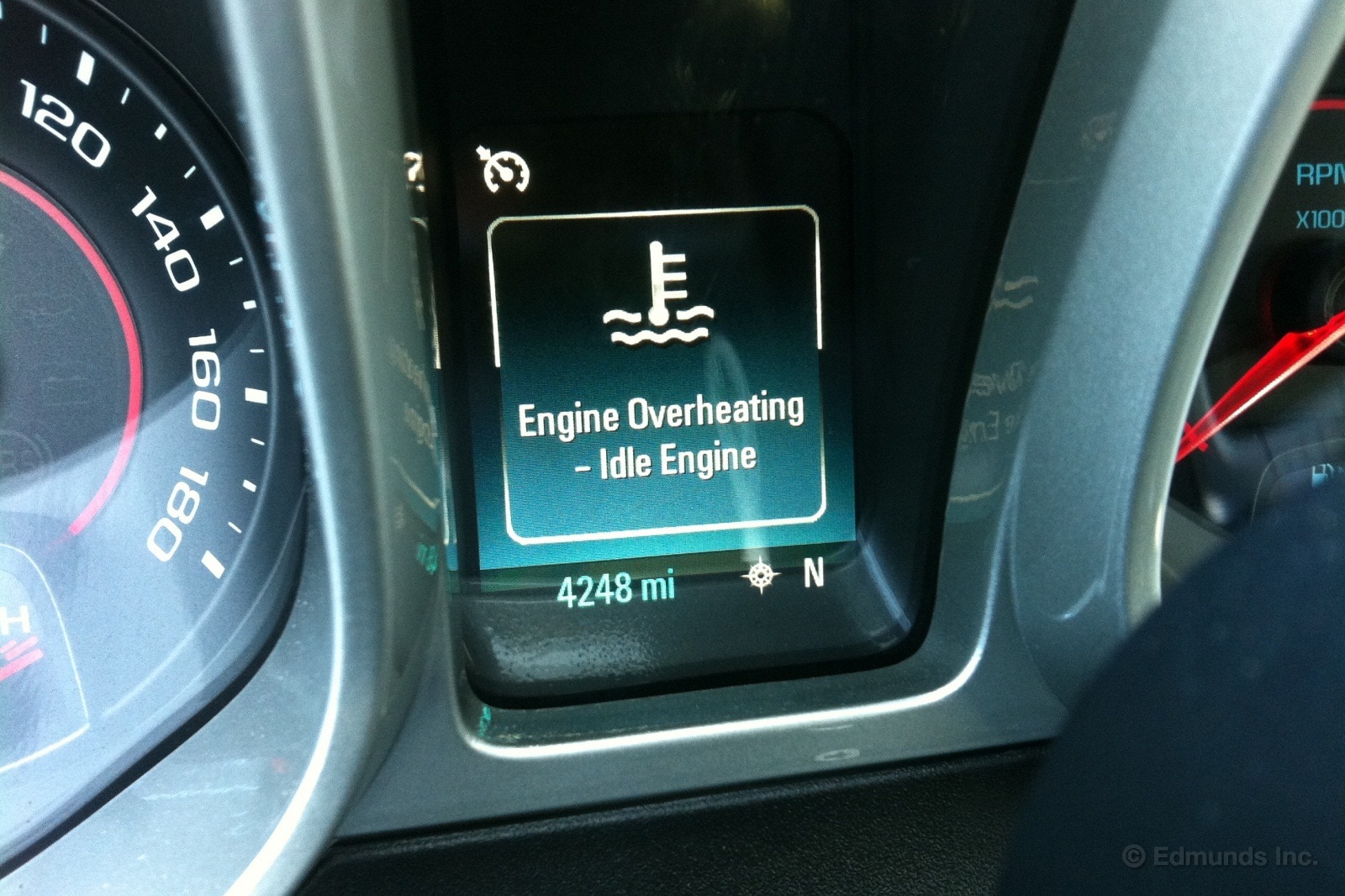
Sure enough, the coolant temp gauge was pegged. Fortunately, the road on which I was traveling at the time had ample street parking, so I immediately swung the big coupe alongside the curb.
Upon reaching a halt, the engine ran roughly for a second before quitting. I attempted to restart it (idling allows the coolant to keep circulating...assuming there's still coolant to circulate) but it wouldn't start. It was then that I took the lead photo.
Popped the hood and half-expected a geyser of steam, but no such thing happened. Instead I found the serpentine drive belt shredded and shoved into one side of the engine bay.
Okay, so that explains the overheating warning. With nothing to drive the water pump, the ECU saw that coolant temp was rising faster than it liked and threw up the alert. That the alert was raised in less time than it took for the belt to make a complete departure and stall the engine suggests to me that true overheating never actually occurred, only that the potential for overheating is what triggered the alert. Especially since the overflow bottle hadn't puked a drop of coolant.
So there I was. Stranded. Call AAA? Hell no, I don't give up that easily. Besides, this is an easy fix. All I needed was a new belt. And some basic hand tools. Of which I had none. Hmm.
It turns out I was only about four miles from Specialty Cars, a shop which has been instrumental in a couple of our project cars. I rang the owner, John, and asked him if he wouldn't mind terribly running a ratchet and a socket rail out to my location so that I could move the belt tensioner. Endlessly helpful, John immediately dropped everything and headed out to my rescue. John is good people.
Another silver lining here is that a major auto parts store was located, I kid you not, about two hundred feet from where the Panther was parked. That never happens. I grabbed the shredded belt, headed over and bought a new belt. John showed up minutes later and we popped the new belt on.
In the process, I discovered what caused the old belt to be chucked off. The alternator pulley was loose. Bingo. Belts will walk right off of loose pulleys. In yet another silver lining, the nut that secures the pulley had backed off a few turns but was still in place. Had it flown off and bounced down the road like it should have, the pulley would have made a similar hasty exit from the Panther and I'd have been pretty much boned.
Anyway, the alternator shaft needs a T50 torx bit to properly secure the nut, and that's not something any rational person would ever in ten thousand years bring with them anywhere. Instead I spun the nut down by hand, installed the belt and then gave the nut as much torque as the tensioned pulley would hold.
Started it up and it ran fine. After giving the alternator nut a proper tightening at home later that day, I drove the Panther to San Diego and back with no issues whatsoever, and it ran the same as it always has.
It's not clear yet whether the (aftermarket) alternator pulley simply wasn't fully torqued at SLP in the first place or if there's something else more nefarious afoot.
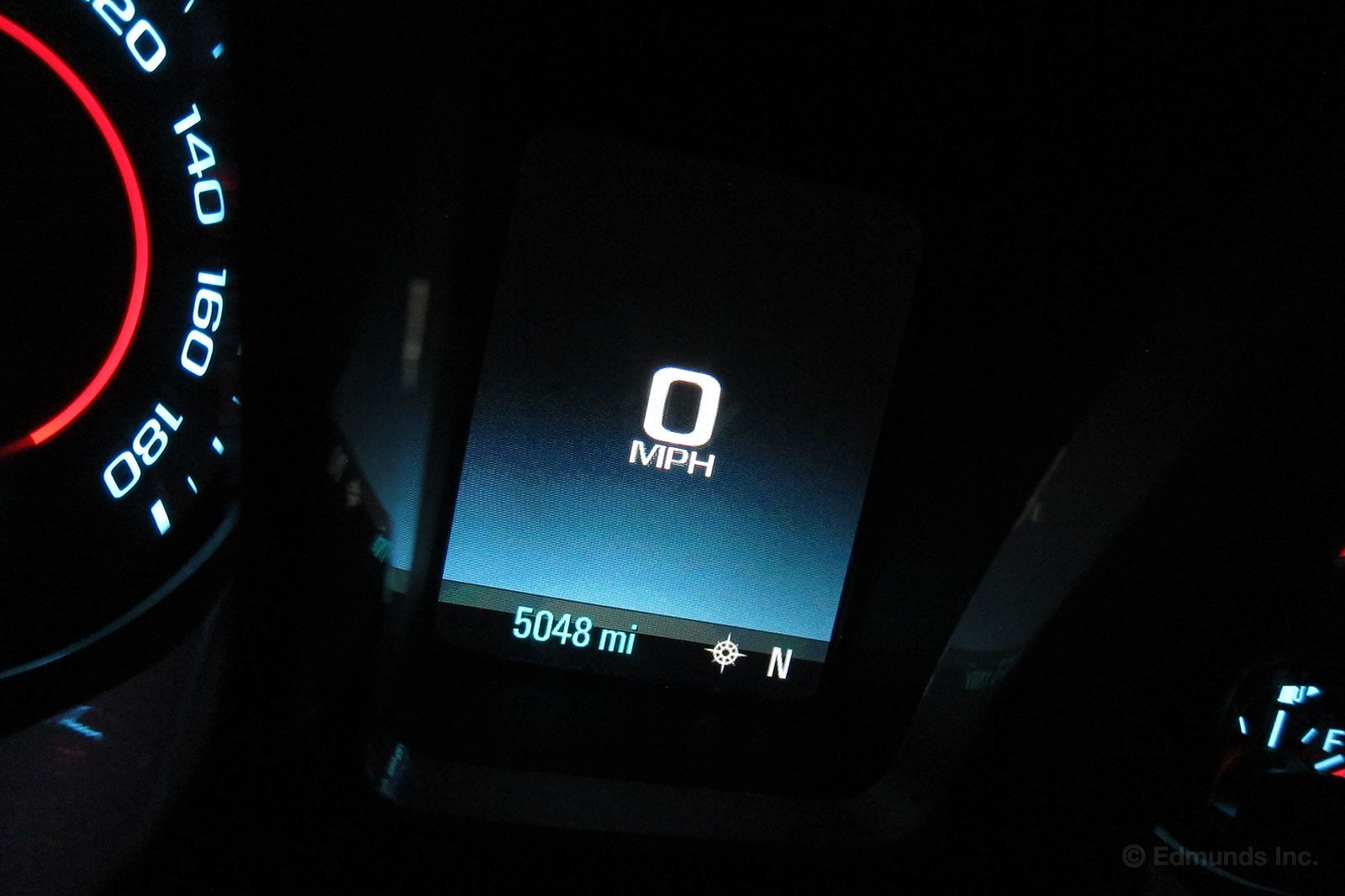
Since we took delivery of our hot rod 2014 SLP Panther Camaro at the SEMA Show in Las Vegas back in November, we've driven this supercharged beast over 5,000 miles.
In that time we've all fallen for the black Chevy with the gold trim. It's a fun drive. Despite some track testing and daily exploitation of its 600-hp V8 the SLP Panther had yet to need any mechanical repairs. Until this happened. Also, its four very large Goodyear Eagle F1 Supercar tires are starting to show some serious wear.
And if there was any doubt that we've been driving this car with heavy hands (and feet) our average fuel mileage of 13.7 mpg confirms it. As does the cars request for an oil change, which seems a little early for an engine that uses synthetic oil. But as the saying goes, "you wanta play you gotta pay." We'll get the oil changed this week.
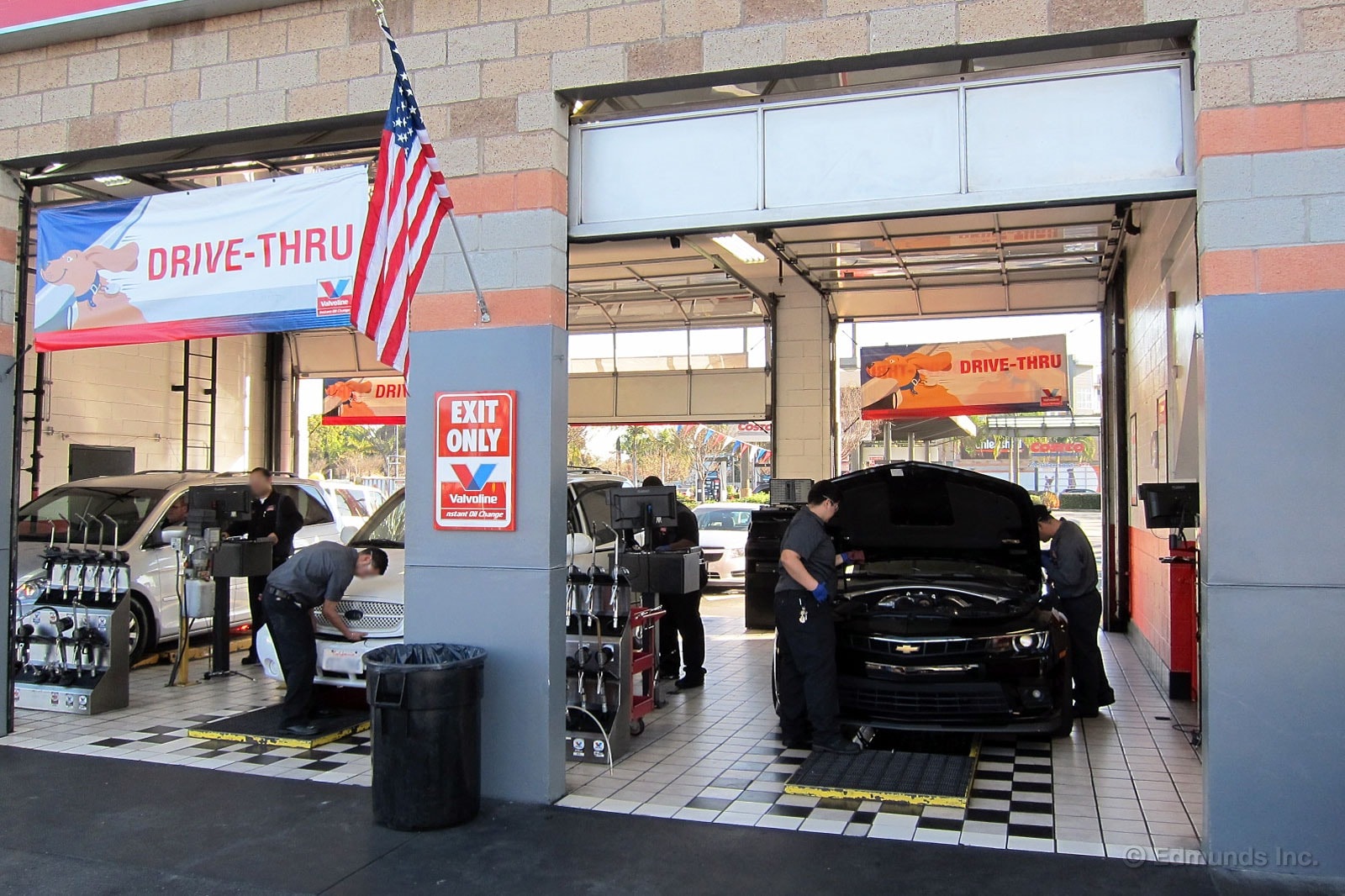
After 5,000 miles of driving, our supercharged 2014 SLP Panther Camaro began asking for its first oil change. Every time we started the car its information center in the instrument panel read "Change oil soon."
So we did.
I took the car to the Valvoline Instant Oil Change facility in Marina del Rey, California a few miles from our office. We've used this place before, most notably for our long-term 2002 Corvette Z06 and our 1987 Buick Grand National. They always do a good job, they are always polite and most important, they are always careful with the car.
This time was no different. As soon as I pulled up Maurice the manager came out and said, "Wow, is that a real SLP?" Maurice knows his cars. He obviously recognized our Camaro as something special and was anxious to treat it right.
Twenty minutes later the Panther was filled with eight fresh quarts of Valvoline 5W30 SynPower Synthetic and of course it got a new oil filter. Total price was $127.47. That's $94.97 for the oil and filter (including $1.49 for the hazardous waste fee), $23.48 for the labor and $9.02 in tax.
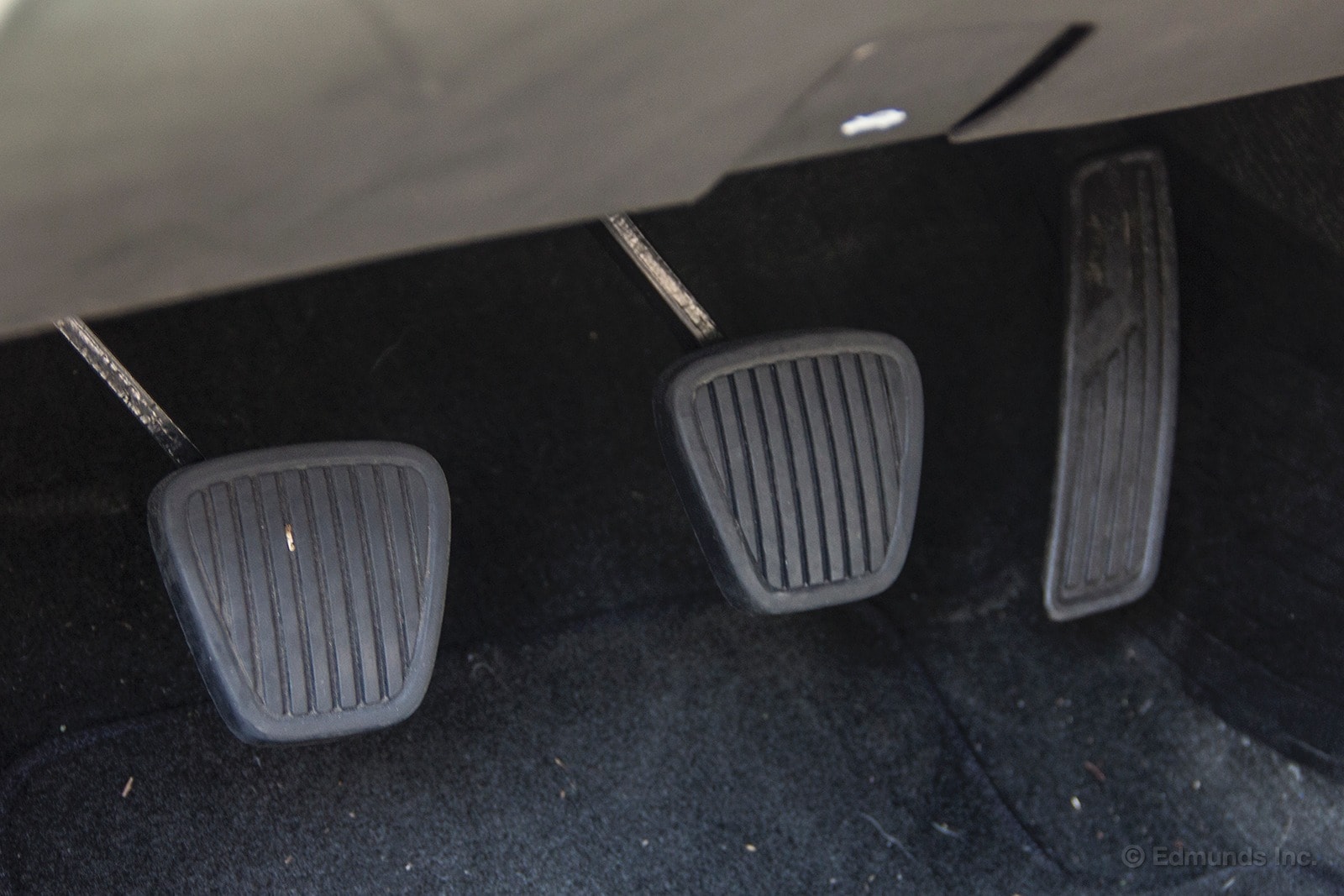
Acceleration in our 2014 SLP Panther Camaro is thrilling. The exhaust roars and bellows through the gears while the supercharger whines all the way to redline. Deceleration is plenty exciting, too. It's a popping, burbling, snarling experience that makes the 10-year-old in me laugh with glee.
Unfortunately, due to the less than ideal design of the Camaro's pedal box, heel-and-toe downshifting is almost completely out of the question for me.
For starters, the brake pedal is mounted too high and too far away from the gas pedal. To make it worse, the gas pedal is smaller than I'd like, and it's also mounted too high. Because of this, rolling my foot off the brake pedal to blip the accelerator during a downshift isn't really possible. And while it isn't exactly related to heel-toe shifting, the gas pedal is inconveniently located directly next to the wide transmission tunnel too.
The SLP Panther is the kind of car I'd love to take on an occasional track day if I owned one, but this pedal setup would frustrate me around any circuit. Maybe I need bigger shoes or more practice with this setup. Or better yet, maybe SLP will make pedals someday.
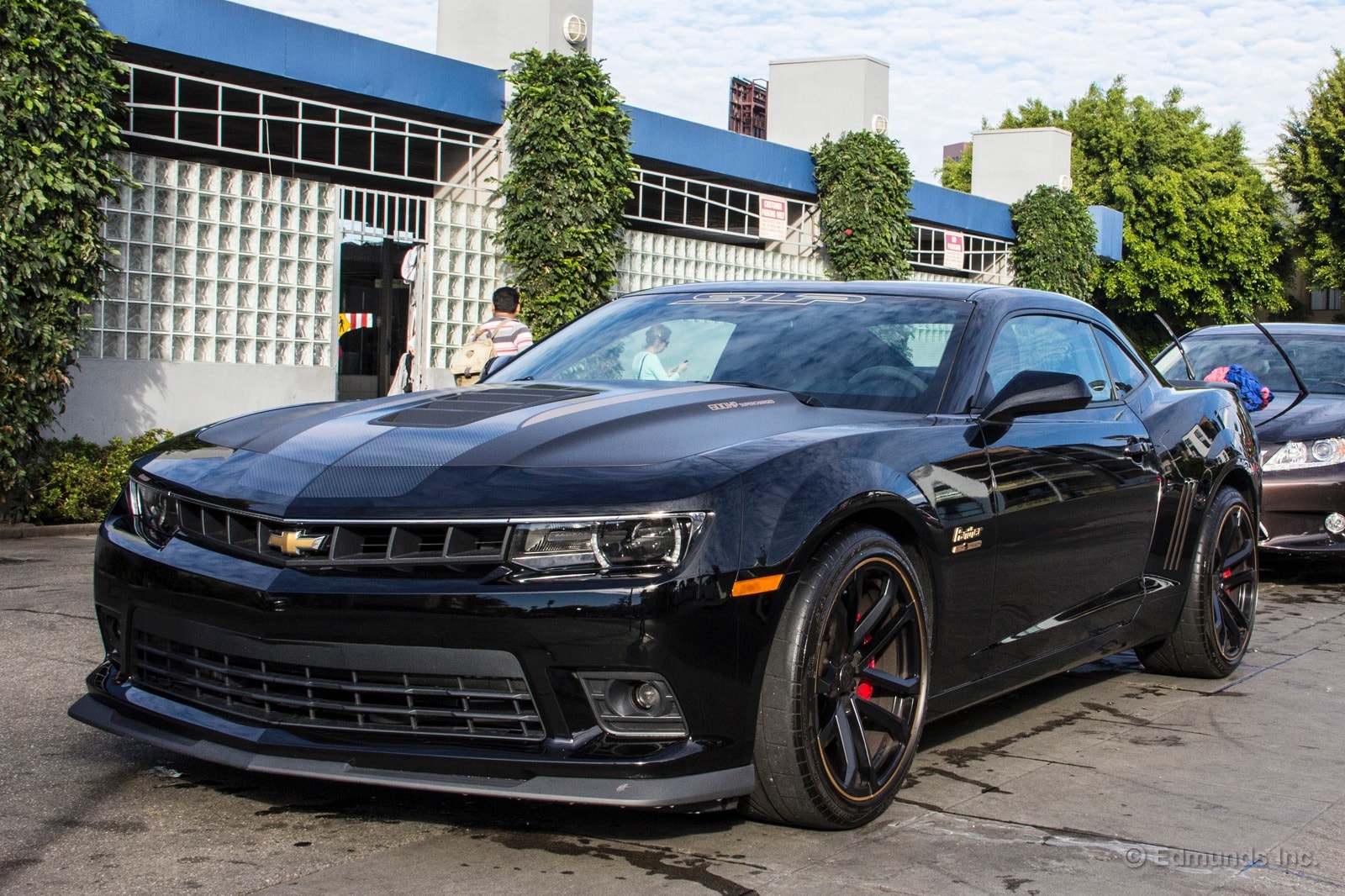
Imagine a scruffy football coach on the sideline of a midwinter playoff game. He's a large man, at least 6-foot-8 and in his playing days he ate a steady diet of pizza and double-decker cheeseburgers. His team wins the season-extending game by the slimmest of possible margins, and in celebration they splash him with the ice-filled bucket of Gatorade.
The field is frozen tundra, and now he's soaked in an orange, sugary beverage. Like a dog getting out of the bath, the coach vigorously shakes off the bitter cold amidst a series of grumbles, mumbles, grunts and growls. That guttural sound is what the exhaust on the 2014 SLP Panther sounds like.
Monday mornings you'll typically find five or six Edmunds.com editors standing around at the local car wash, discussing what we've driven over the weekend. We normally bide our time and wait for our number to be called, but when the car wash porter started the SLP Panther to wash it, all our heads turned and a little smile appeared on my face. Grrr, roar, snarl, smile.
He started the car again after it had been hosed down. While running a couple of errands that morning, I started it up at least four more times and every startup was as spine-tingling as the last. A big part of car ownership is about the way a car makes you feel. And this Panther makes me genuinely happy every time I turn the key.
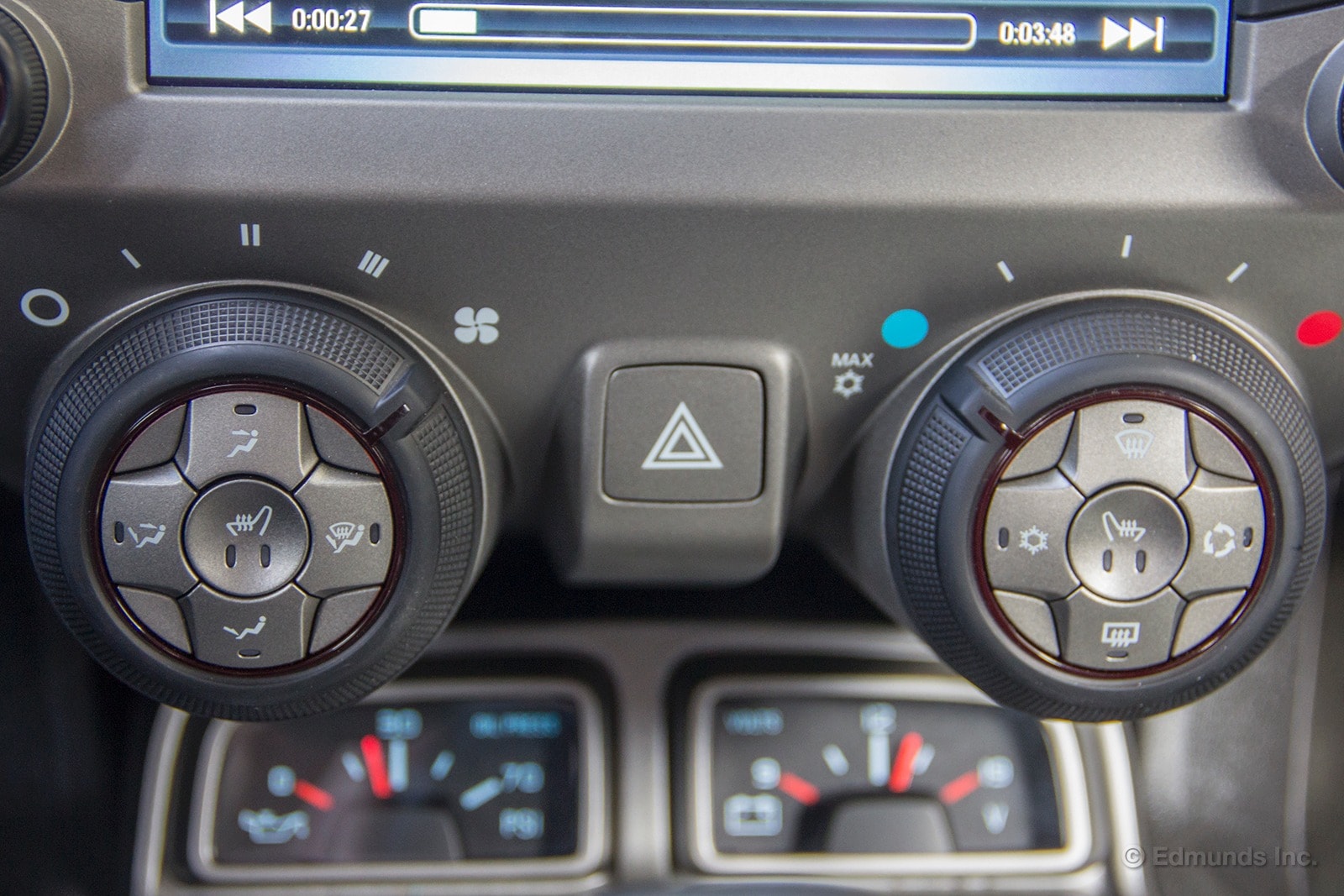
After refueling our long-term 2014 SLP Panther Camaro, I went to turn on the seat heaters and adjust the manual climate controls. I pressed the button for the seat heater but nothing happened. I pressed it again, nothing. Then I noticed that none of the climate control buttons were backlit (as they normally would be when the car is running) and none of them were responding to my commands. Uh-oh.
The air-conditioning continued to hum along at a low level, right where it was set when I turned the car off, but I couldn't turn it up or down. The fan speed, temperature control, and fan mode selection were all unresponsive. After I parked the car at the office, my next course of action was to check the fuses.
But before I inspected any of the fuses, popped the hood or checked anything really, I happened to start the car up again and everything was working just fine. Heated seats, air-conditioning, rear defroster and all other electrical systems functioned regularly. The car had been parked about 20 minutes and seemingly fixed itself.
Without a problem to diagnose, I'm left hoping we got lucky and the tiny electrical gremlin (whatever it was) stays away. In any case, we'll keep our eyes open for future problems.
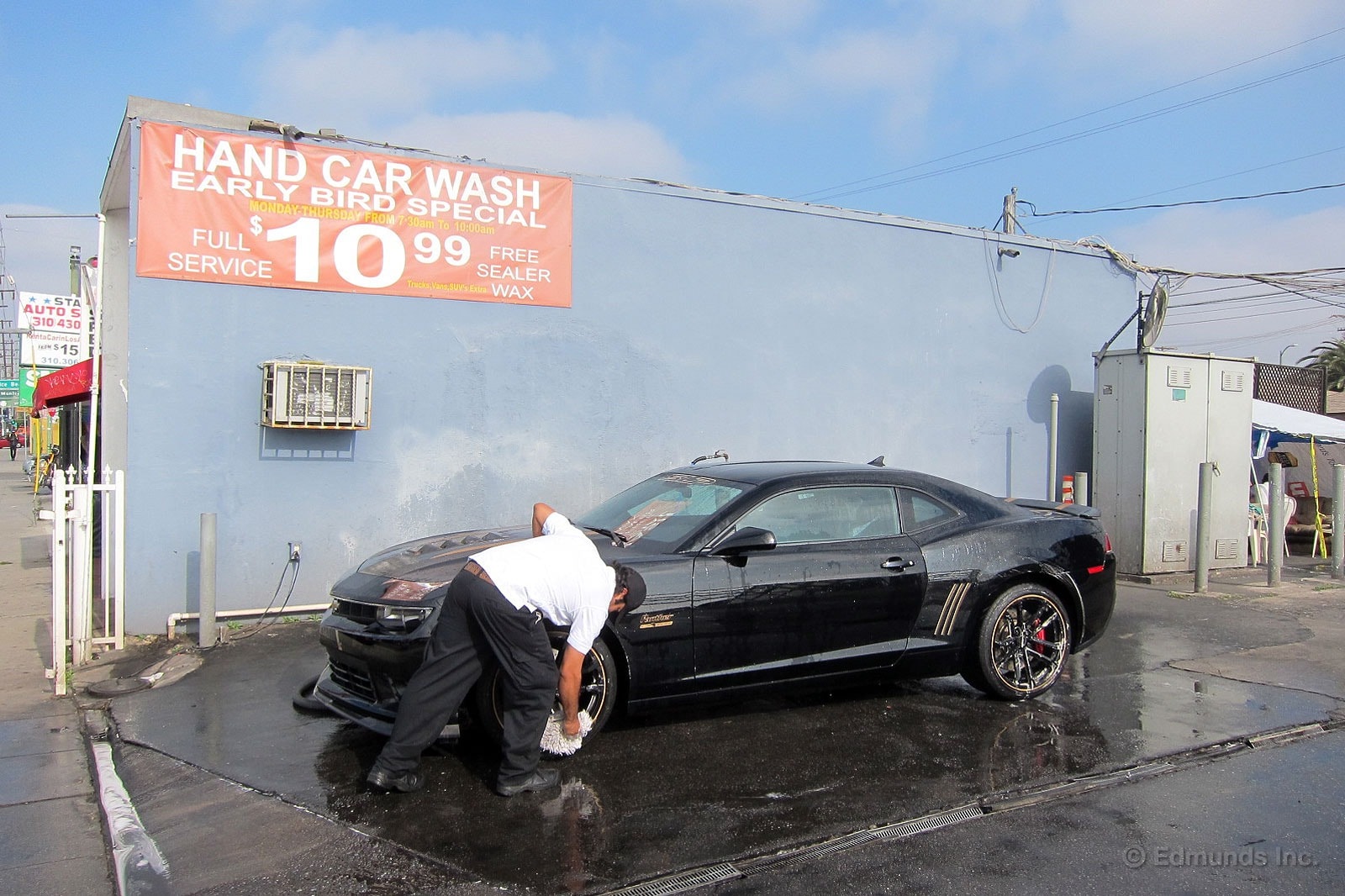
Our long-term 2014 SLP Panther Camaro is not car-wash friendly. As some clothing is labeled "dry clean only" this 600-hp muscle car should be labeled "hand wash only".
As we've learned over the last few months, the Camaro's huge rear tires are just too wide for the track that pulls the car through the automated wash cycle and its aggressive front air dam is too low for the same mechanisms. So potential owners of special Camaros, SLP Panthers or otherwise, should enter that ownership anticipating the additional time and cost of hand washes, which can be significant.
In Los Angeles, many of the automated car washes, which use the track to pull the car through, are actually hand washes. Inside the building are very wet men with power hoses and soapy mitts. No spinning paint killers and oscillating mirror removers.
Such is the case with our local car wash in Venice, CA, where a "basic car wash" costs $10.99. At the same location a static hand wash performed off to the side on our big-tire Camaro costs $25.00. And it adds about 15 minutes to the process.
Of course, all of this is avoided by a good old fashioned DIY job.
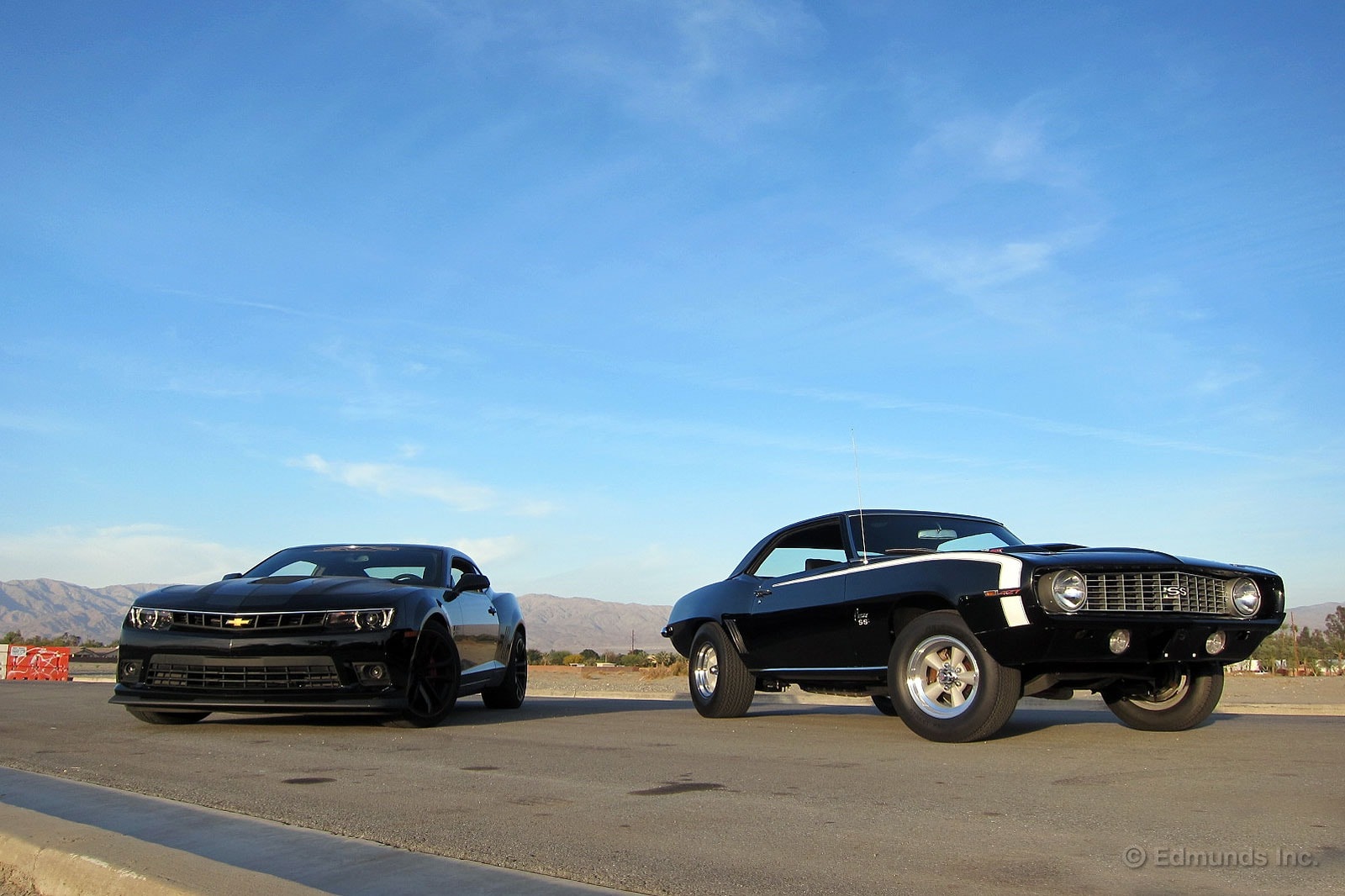
High-power tuner Camaros like our long-term SLP Panther are nothing new. In fact, the concept has been around as long as the Camaro itself, which Chevy introduced to the market back in 1967.
Back then there were a handful of now famous and infamous performance oriented Chevy dealers that turned into Camaro tuners, including Yenko Chevrolet in Pennsylvania, Dana Chevrolet in Los Angeles, Nickey Chevrolet in Chicago, Berger Chevrolet in Detroit and Baldwin-Motion out on Long Island just outside New York City.
Basically, these folks realized that Chevy's 427 big-block, which was only offered in the Corvette and Impala, fit in the Camaro. And they immediately began selling turn-key swaps complete with financing and a warranty.
Basically, you would order up a Camaro, usually with the 396 big-block engine, so the car would already come equipped with the correct engine mounts, suspension, high-performance transmission and rear end. When the car arrived at the dealer, it would get the engine swap, which was uncomplicated since the 396 and the 427 engines were dimensionally the same. Today it would be like swapping an LS3 for an LS7.
Although the majority of the Yenko cars were built to the same spec, the other dealers would install whatever you wanted. From additional engine modifications to other parts such as traction bars, stiffer rear end gears, additional gauges, aftermarket wheels and tires and maybe a hood scoop or side pipes. Anything was possible, you just had to pay for it.
When your car was built you picked it up.
These are rare cars. Not many of these tuner Camaros were built back in the day because they were expensive and for most buyers they were just too extreme for street use. Also, many of the cars that were built just didn't survive the ravages of track and street racing. Those that did live through the abuse, however, are highly prized collector cars today costing between $200,000 and $500,000.
In August of 1968 my father, Joe Oldham, walked into Motion Performance on Sunrise Hwy. in Baldwin, NY and ordered a brand new 1969 Baldwin-Motion SS427 Camaro from his friend Joel Rosen. Rosen owned Motion and had already gained fame for these types of builds.
Two years earlier Rosen had partnered with Baldwin Chevrolet down the street and the Baldwin-Motion brand was gaining international fame for building some of the quickest street cars in the world. In fact, Rosen ran a guarantee on his meanest machines he called Phase III. He guaranteed the cars would run an 11.50-sec. quarter-mile or he would refund your money.
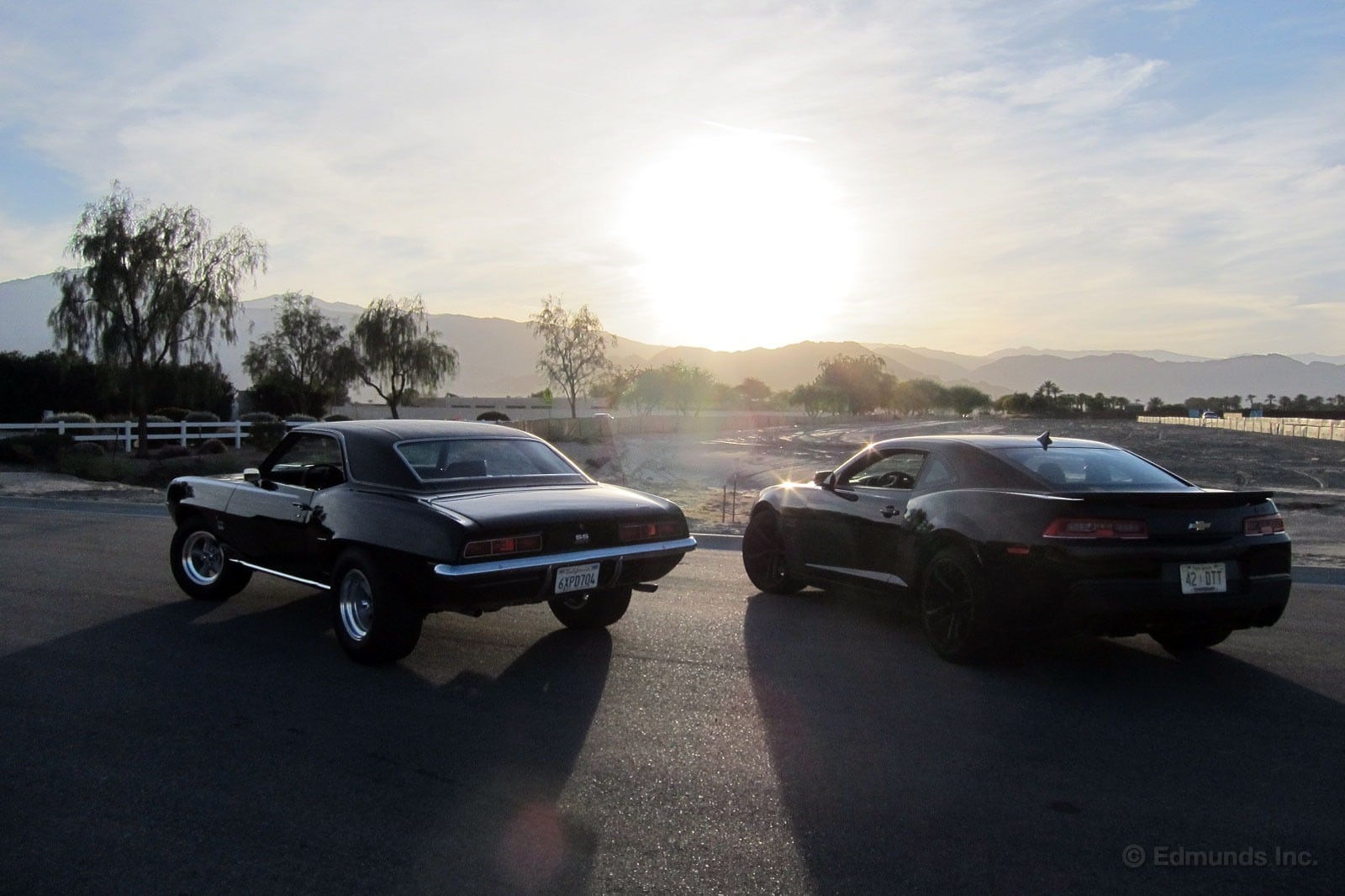
My father ordered a triple black Camaro SS with the (L78) 375-hp 396 cubic-inch engine, a Turbo 400 automatic transmission, a 4.10 rear end gear, power windows, the standard interior, Sun gauges, the now famous Stinger hood scoop, about a dozen SS427 badges and a raised "street racer" stance, which was all the rage at the time. Of course, the 396 would be swapped for an (L72) 425-hp 427 cubic-inch engine.
By the middle of November 1968 the car was built. Since it was the first 1969 Camaro Motion had put together, Rosen and his marketing man Martyn L. Schorr photographed the car and used the images in some magazine ads. They also displayed the car in the Motion booth at an upcoming auto show in the New York Coliseum over Thanksgiving weekend.
My father finally took delivery after the auto show, and the images of the car soon appeared in Motion's now famous Wanted (pictured), Outrageous and Moment of Truth ads, as well as on the cover of the Motion Performance catalog. (More recently the car appeared in two books: Muscle Car Confidential: Confessions of a Muscle Car Test Driver by Joe Oldham and Motion Performance: Tales of a Muscle Car Builder by Martyn L. Schorr.
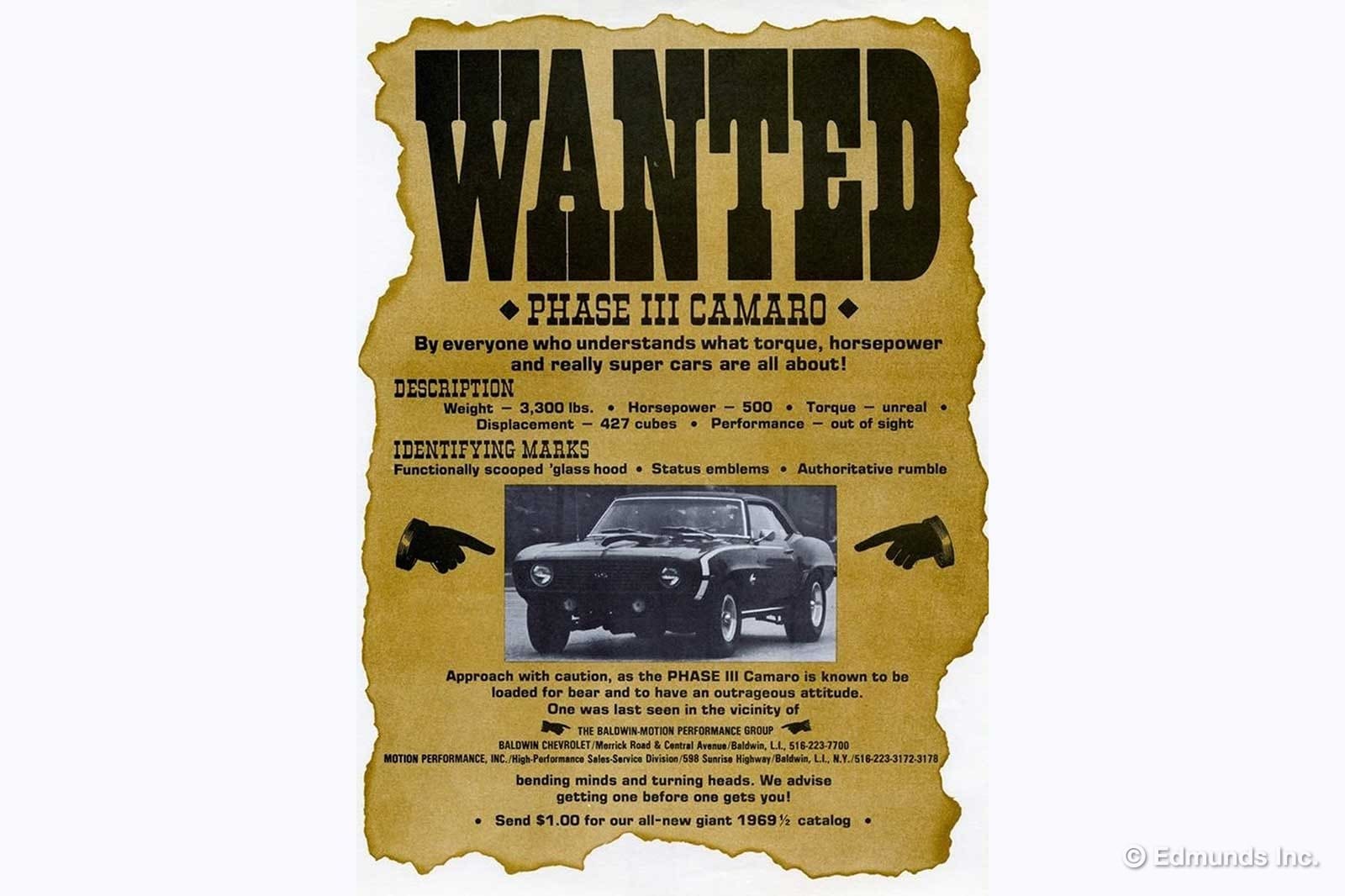
That winter my father enjoyed his new street machine using it as a commuter as well as a street racer. It was fast. Not as fast as the more extreme Phase III cars Rosen built, but this was my father's daily transportation in New York City (which is why he ordered the automatic transmission), and it was a fairly mild build compared to other Motion built cars. Still it would run the quarter-mile in 12.5 seconds which was serious even in 1969.
But the love affair was brief. Six months after he bought it my father's beloved Camaro was gone. Stolen. And never recovered. It essentially vanished from his life overnight.
Forty-five years later, my father and I have built an exact replica of that Camaro, which my dad will tell you was the coolest car he ever owned.
Because my father worked for car magazines back then he had documented his car with many photos, which now guided us through an accurate recreation of the old car. And we replaced nearly everything. For months I slept with the National Parts Depot, Classic Industries and Summit Racing catalogs under my pillow. We also installed brake parts from The Right Stuff Detailing, which are exact visual replacements for the stuff GM used back in the day, and bias ply tires from Coker Tire just as the car would have had in 1969.
That said, we did take a few liberties. In place of a real L72 427 is now a ZZ427 crate engine from the Chevy Performance catalog. We dressed it with old-school restoration and aftermarket parts but that's a new big-block from GM hiding under there, aluminum heads and all. GM rates the engine at 480 hp and 490 lb-ft torque. It's an animal.
We also made the car a 4-speed manual this time around. After all, commuting in NYC will not be a part of this car's daily routine, so we decided a 4-speed would be more fun. Aside from that, it is as it was. We even bought real old Sun gauges off of eBay along with dozens of other period correct parts, including the Fly Eye air cleaner, which was a signature part of the Motion cars.
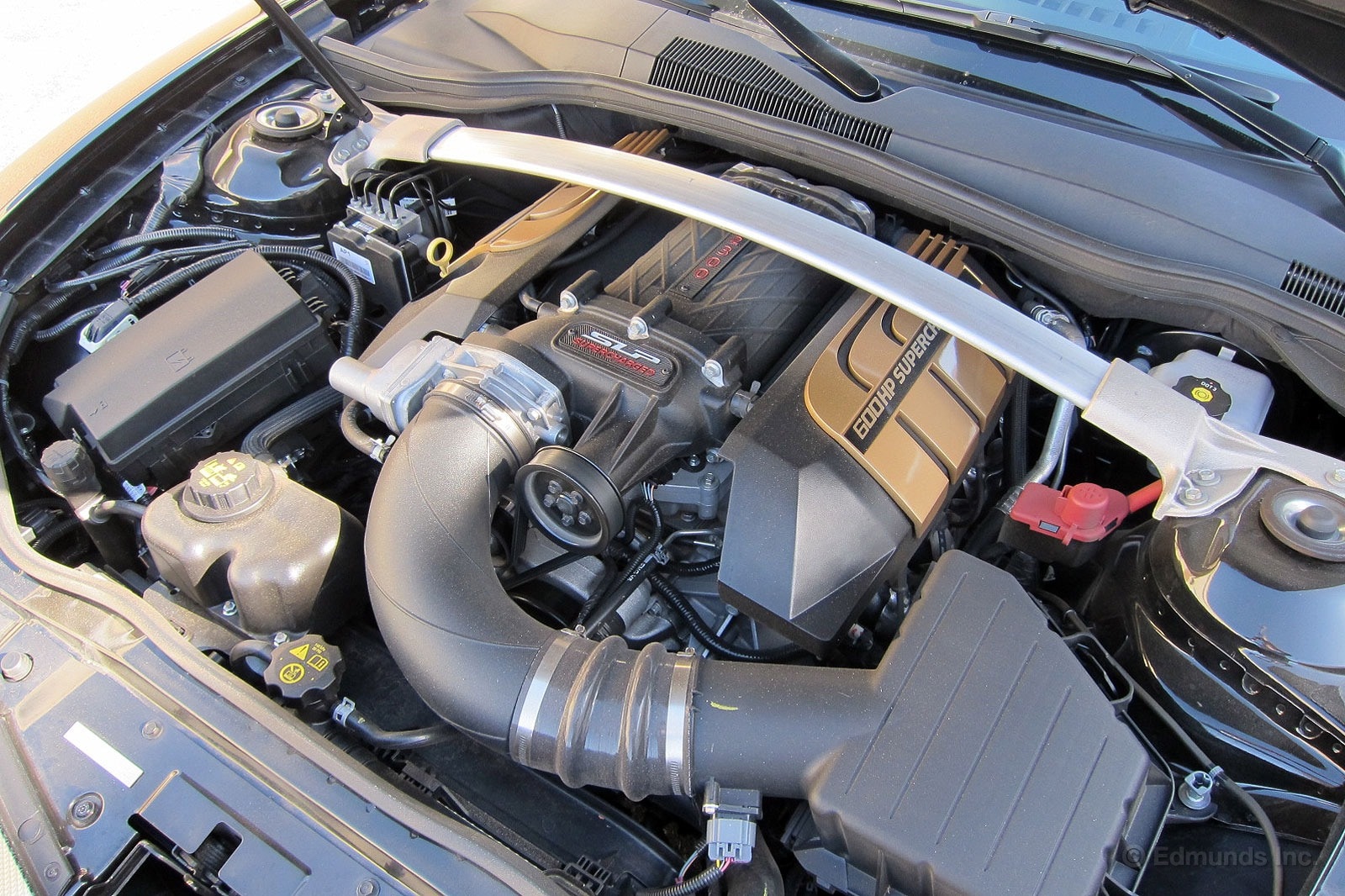
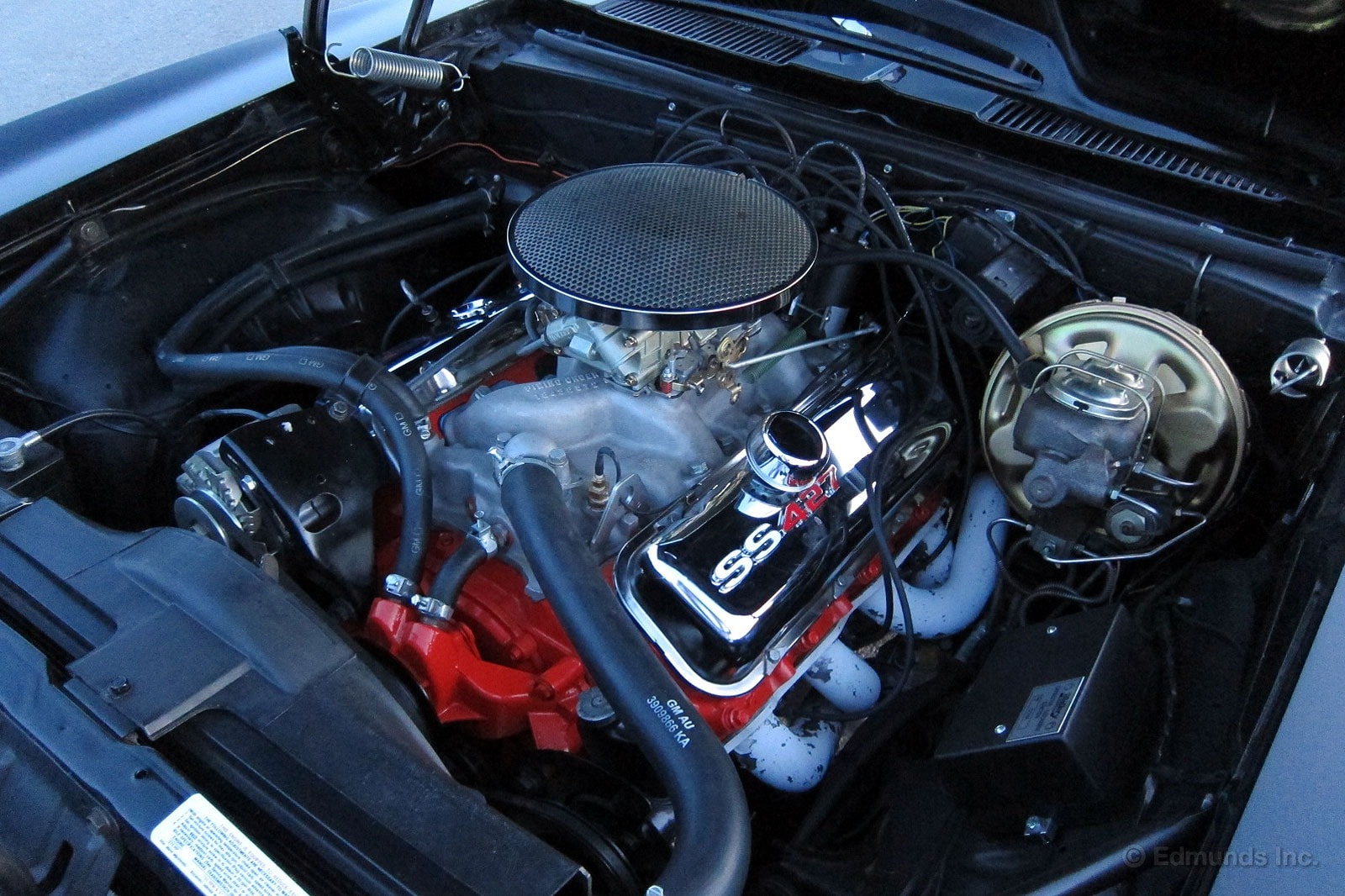
After a clutch replacement at Walker Automotive in Bermuda Dunes, California it was Jack Fields and the boys at Starlite Rod and Kustom in Torrance, CA that put it all together including the paint and an exact recreation of the SuperBite Traction Bars, which Jack welded up from bar stock. A real set turned out to be unobtainium. We even used the factory correct chambered exhaust with no mufflers, just as my dad ordered in 1969. And man, is it loud.
This past November, about a year after we began the project, we revealed the car in the Motion Madness display at the Muscle Car and Corvette Nationals in Chicago. And the coolest part was when Joel Rosen himself signed the car's visor, nearly 45 years to the day since he built the original.
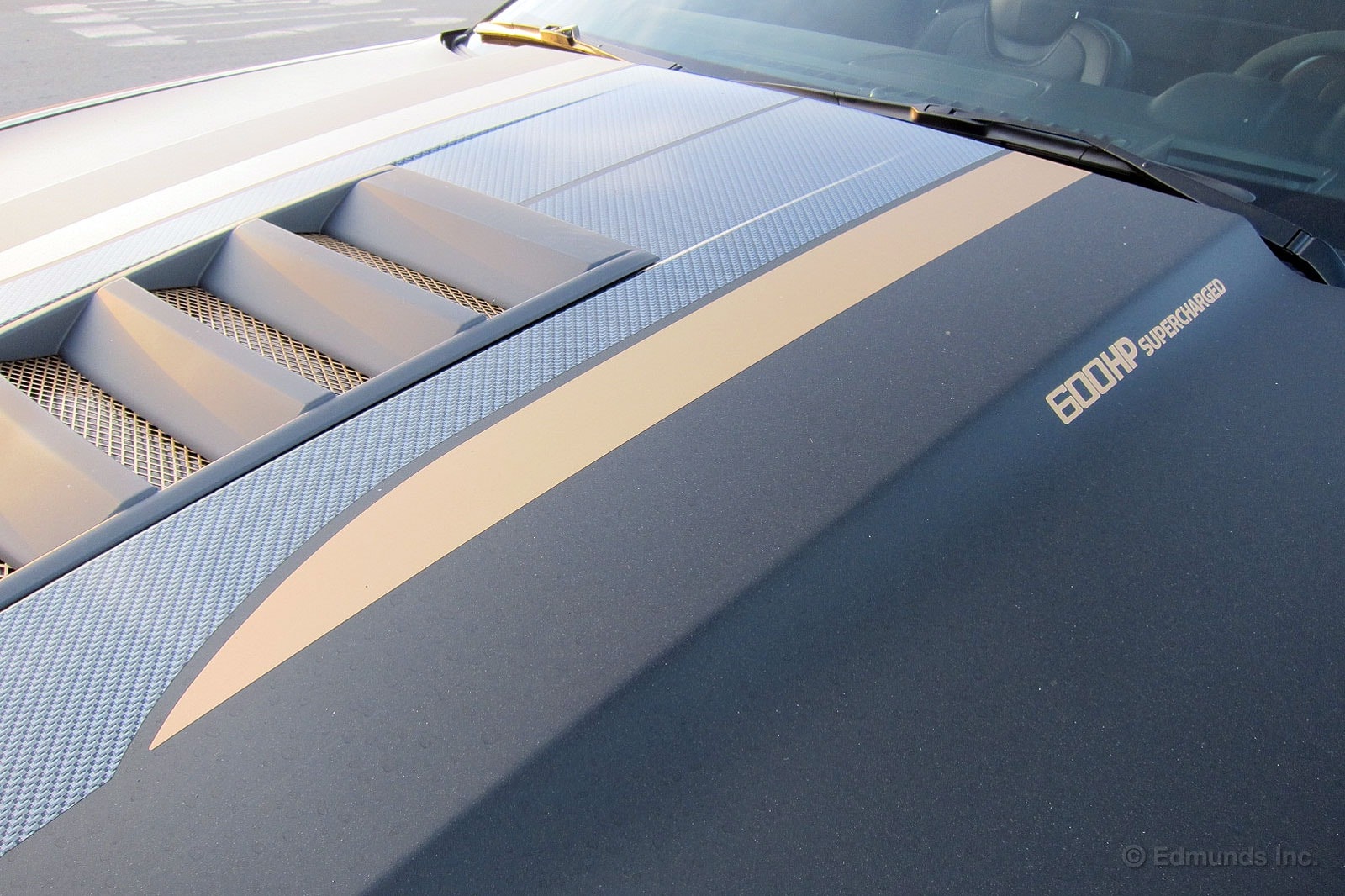
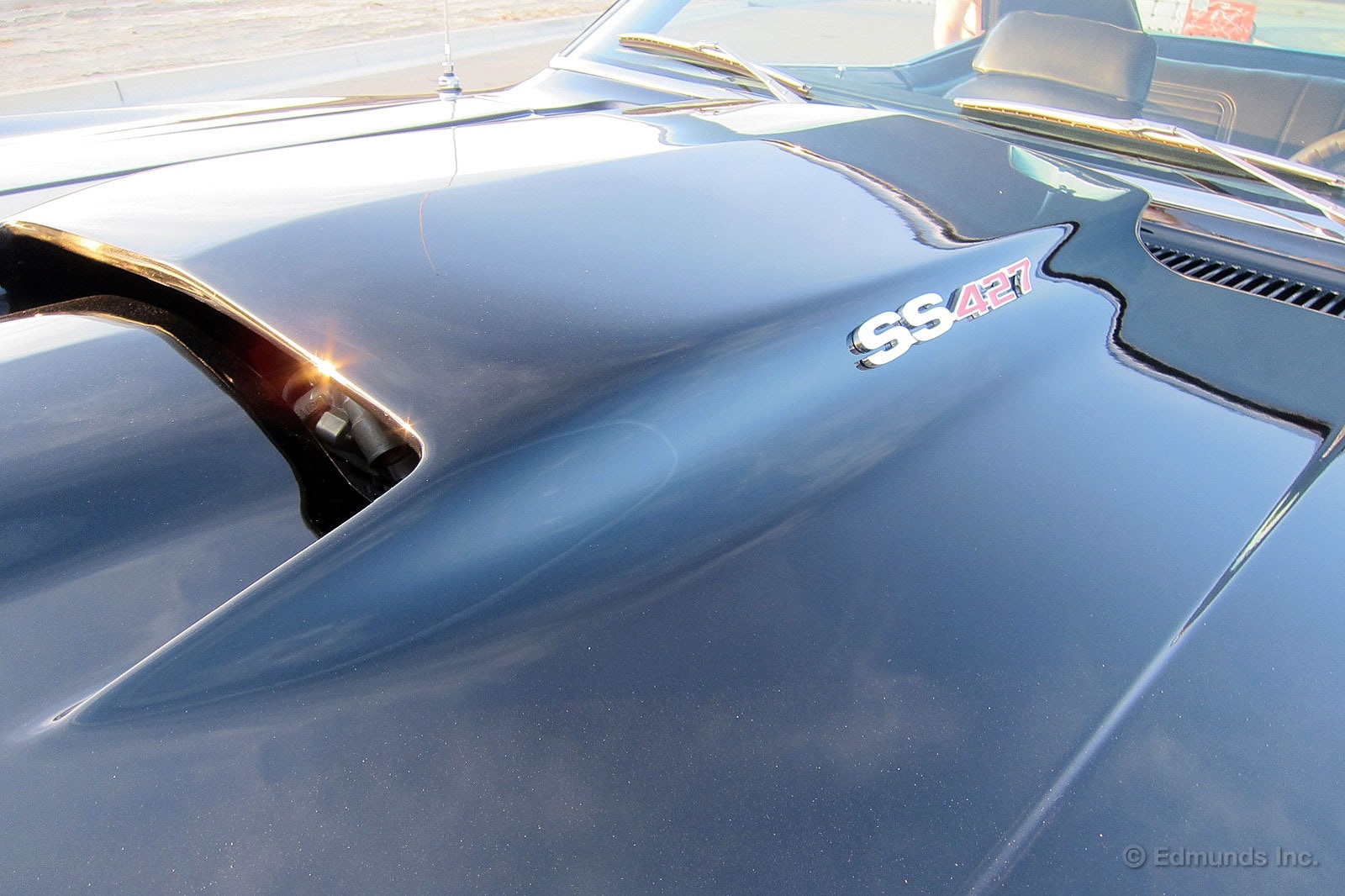
My father is retired now, but he still writes the occasional column for Hemmings Muscle Machines magazine. And two weeks ago our friend Jeff Koch photographed the car for an upcoming issue. During the shoot I couldn't resist taking a few snaps of the car with our long-term SLP Panther. Two black big power tuner Camaros side by side. They're the same in so many ways, but they also couldn't be more different.
And yes, we had a go. The SLP is quicker.
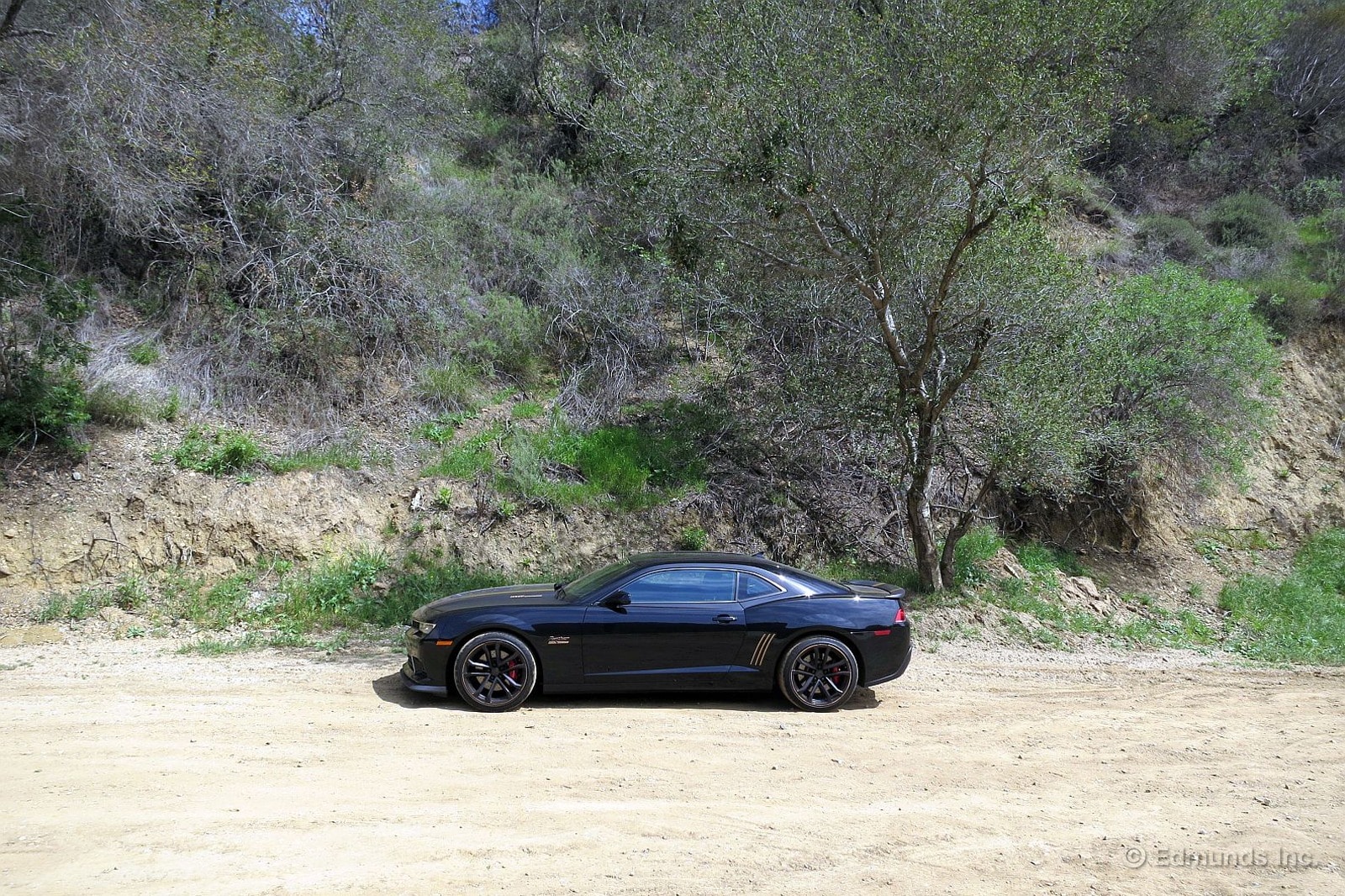
Sometimes, when a car is as cool-looking as our 2014 SLP Panther Camaro, you don't need words. Just photos.
So here's the black beast resting under a tree. Enjoy.
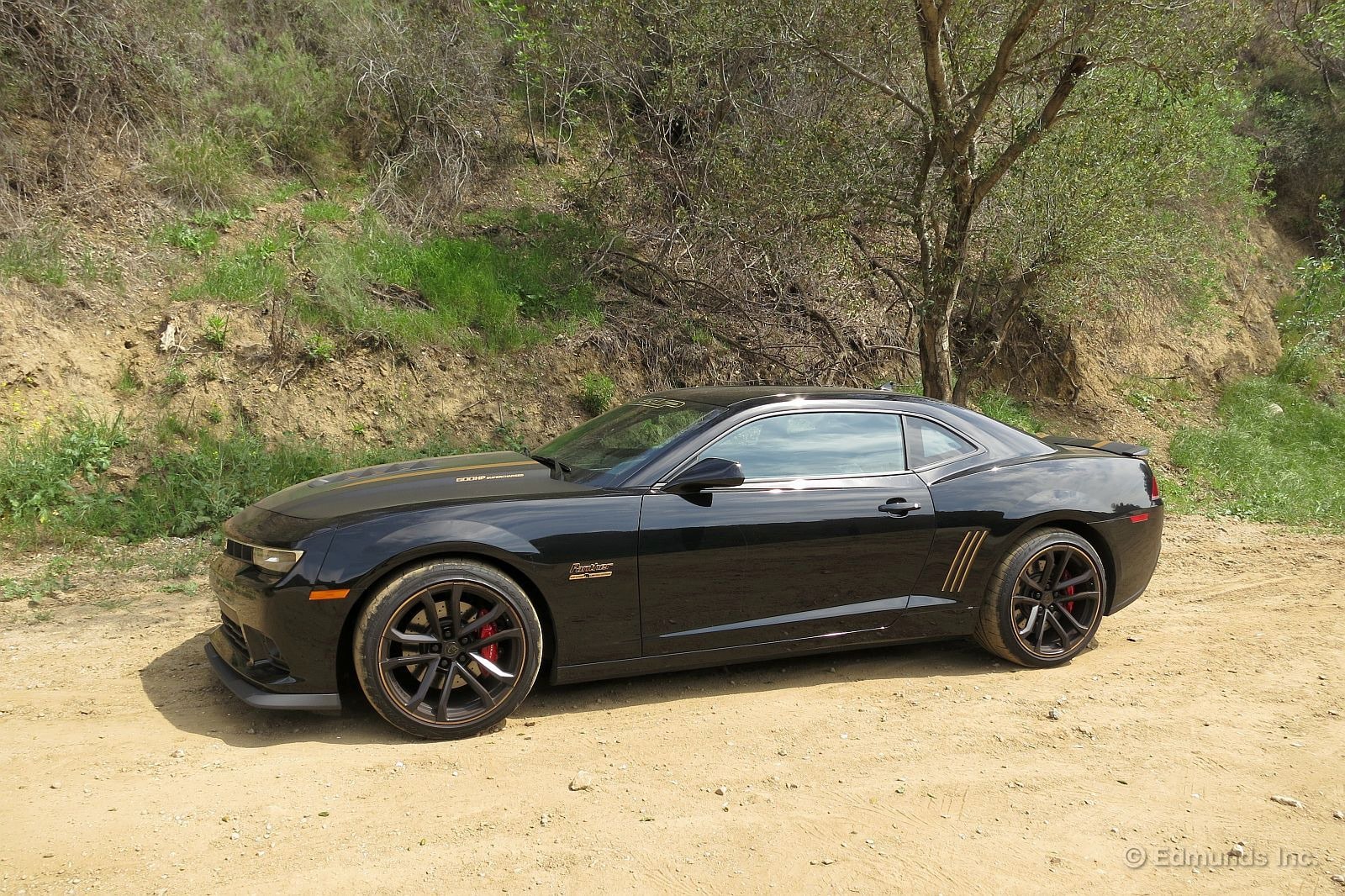
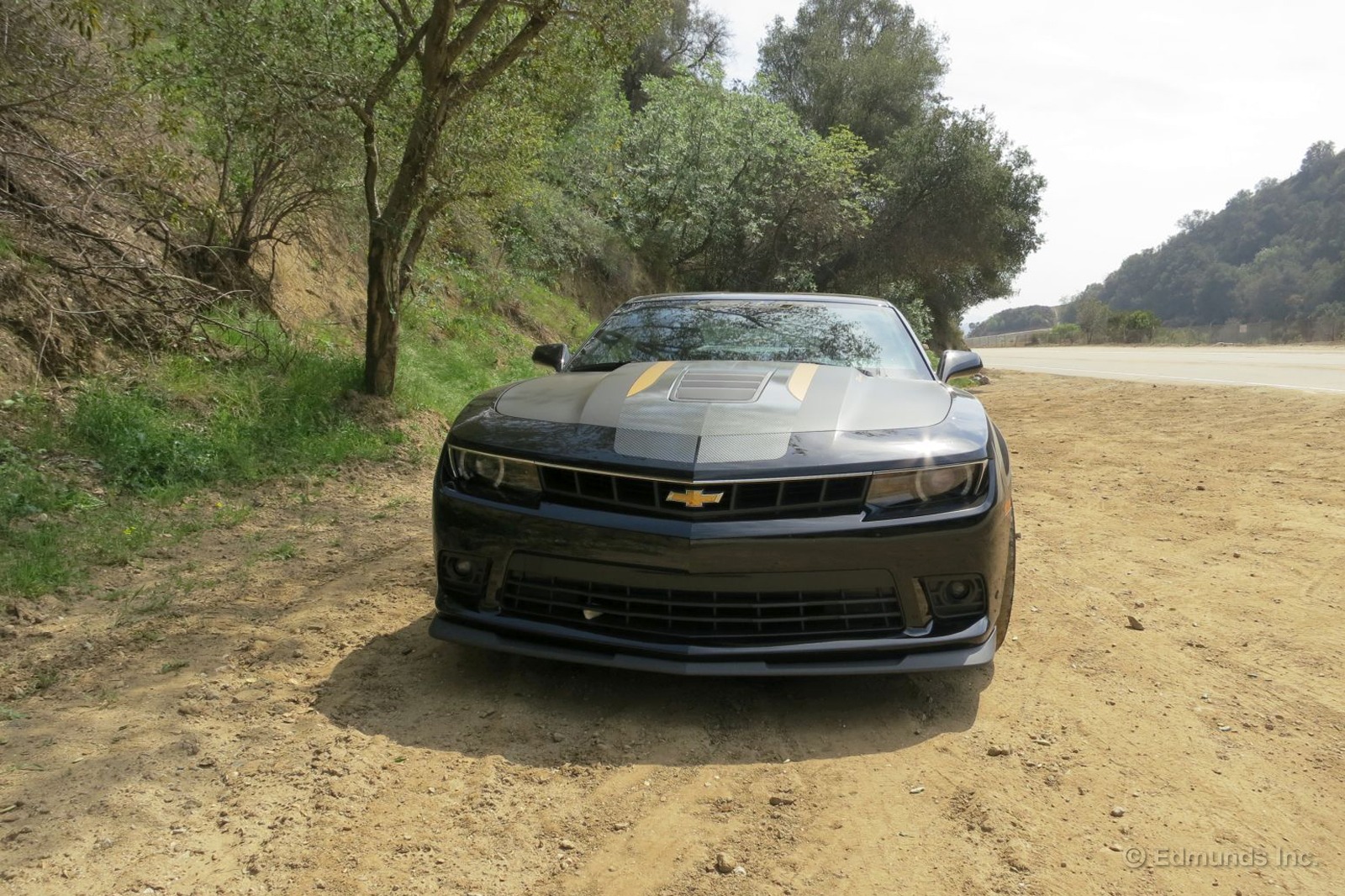
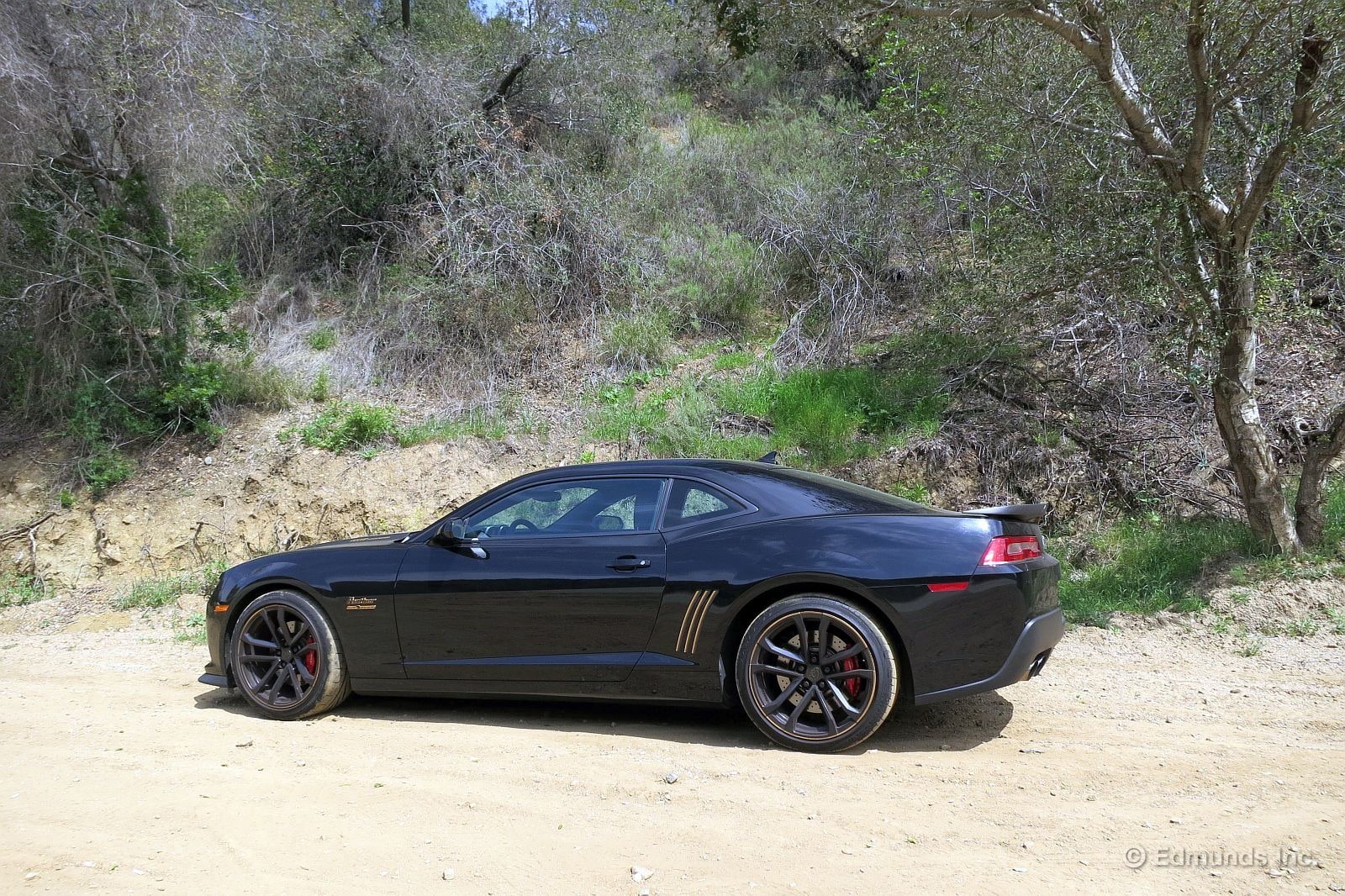
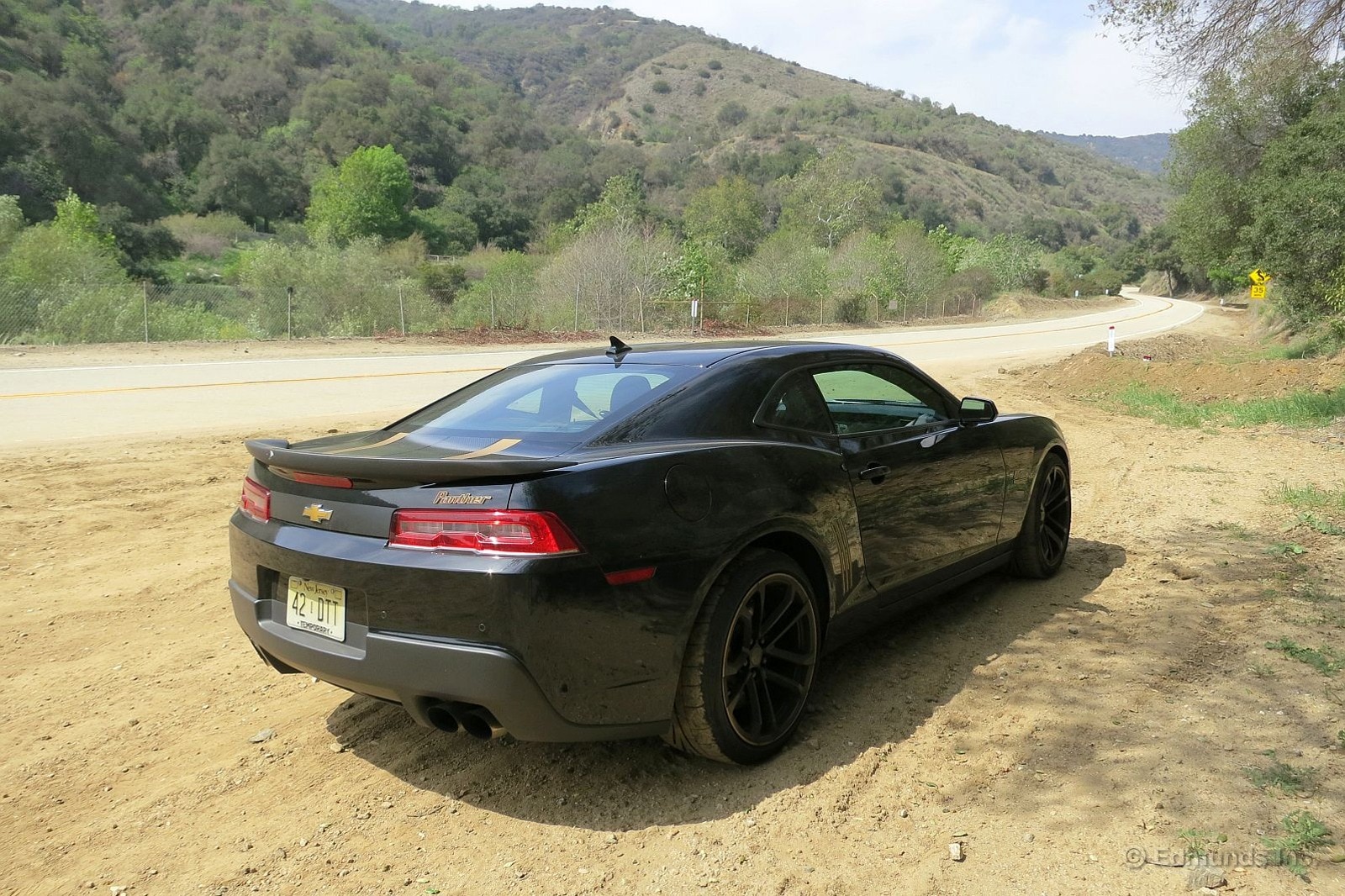
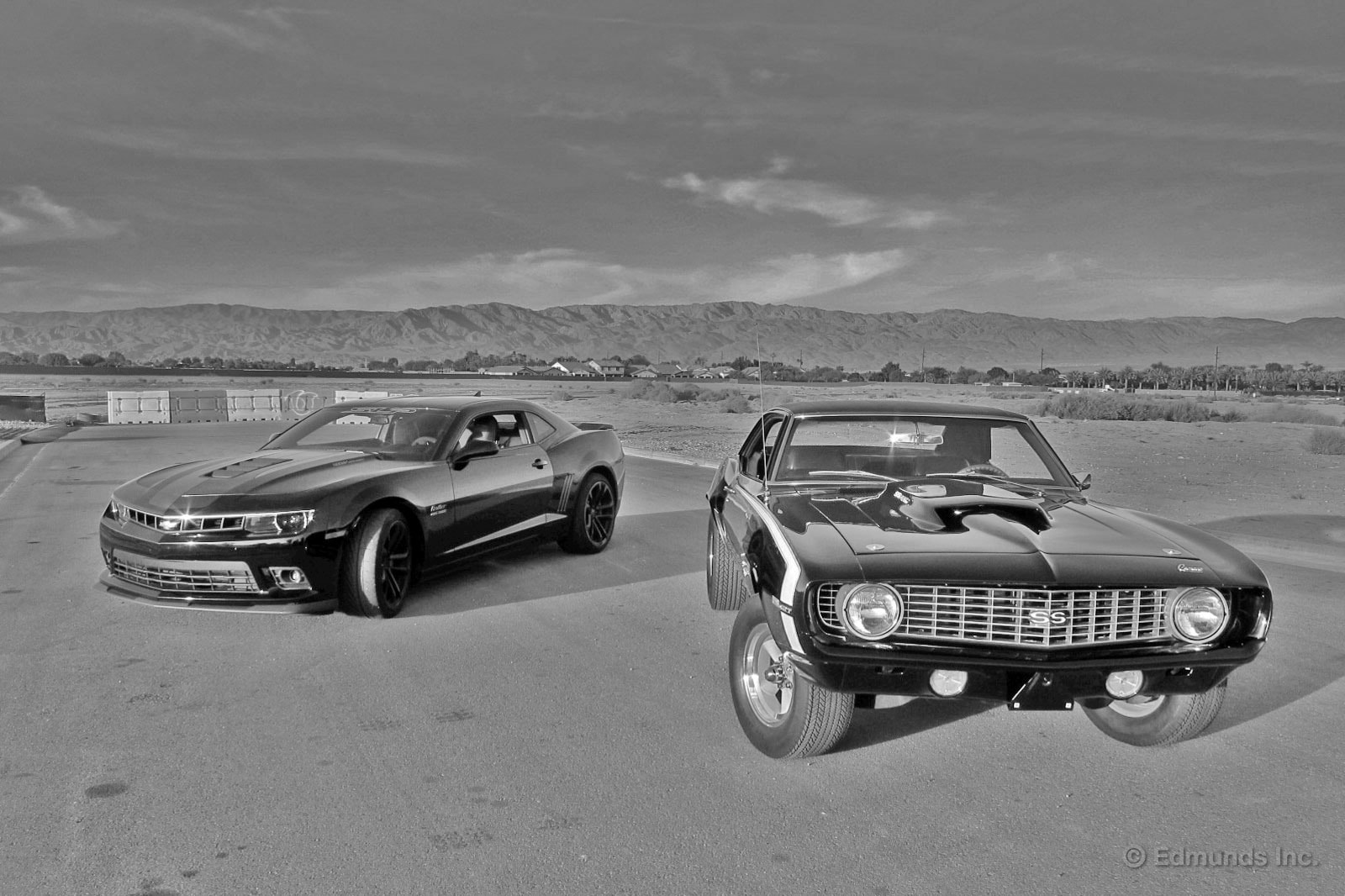
Since January we've driven our supercharged Panther Camaro about 3,500 miles. The SLP continues to be pure joy and, of course, thirsty. After all, it is a 600-hp muscle car rolling on very large very sticky tires.
Still, it can average over 20 mpg on the highway if you keep your foot out of it and make the most of 6th gear. Drive it like you rented it, however, and the Panther burns a tankful faster than John Force's Mustang. Usually we average 10 mpg or less when we play.
So far, after more than 7,000 miles of all kinds of driving, we've averaged exactly 15 mpg in the black Chevy.
Worst Fill MPG: 10.3 mpg
Best Fill MPG: 24.4 mpg
Average Lifetime MPG: 15.0 mpg
Best Range: 370.6 miles
Current Odometer: 7,117 miles
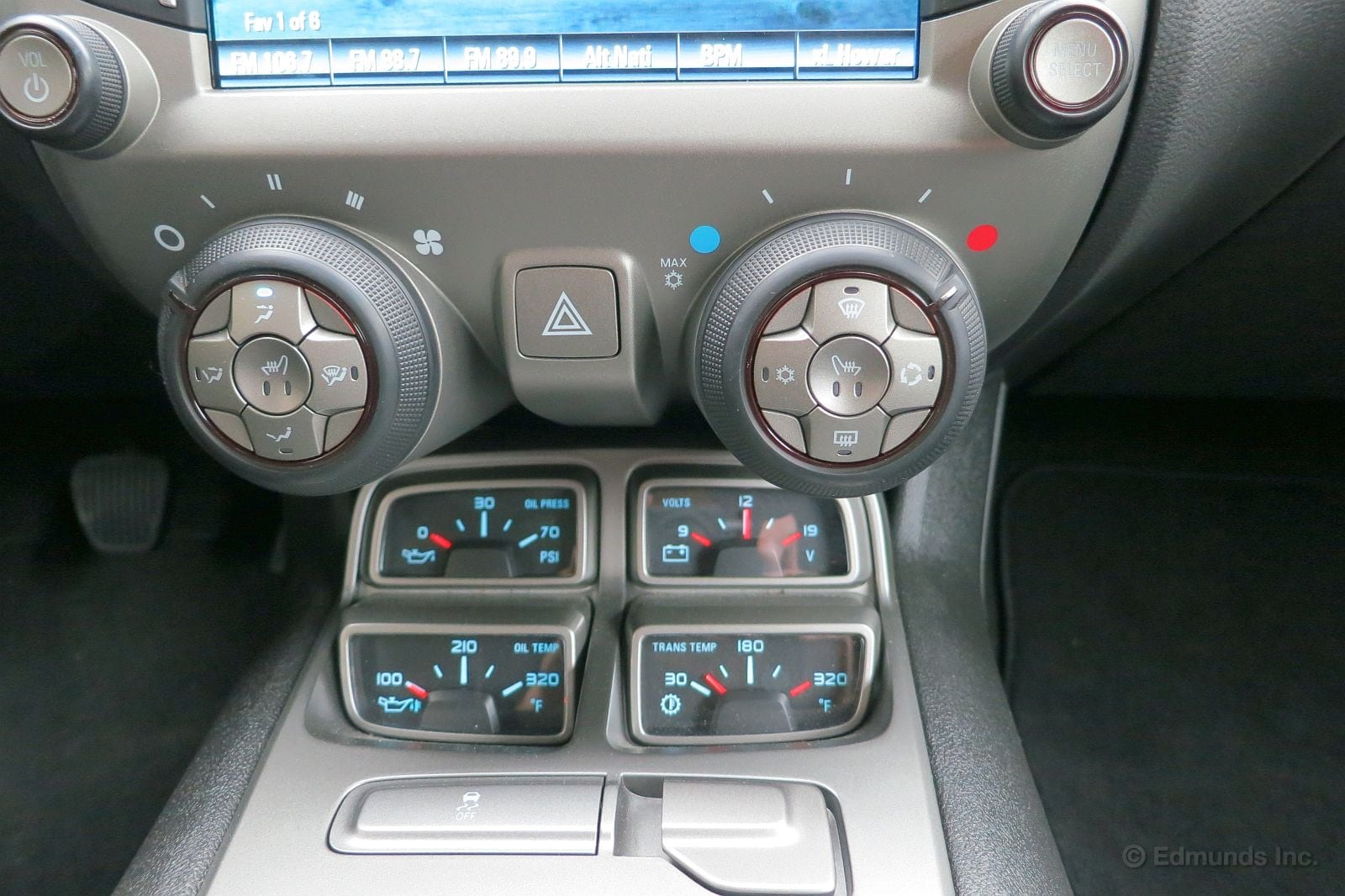
Turns out the electrical gremlin that recently plagued the 2014 SLP Panther Camaro was more than a one-time oddity.
Because it fritzed-out on my watch, too.
Similar to what happened to Travis Langness, I noticed at one point over the weekend that none of the climate control buttons were backlit and that none of the buttons reacted to anything I did. Turning the fan speed and temp knobs also made zero difference. And it was impossible to actually turn the system off. The photo seen here is not an exact reenactment of the incident.
The air conditioning seemed to stay at the level I had last set it at, which was a bit colder than I currently wanted. Luckily, I prefer things cold over hot. It stayed like this for the rest of my short drive, and the next time I started the SLP up everything was back to normal and it didn't happen again the rest of the weekend.
This could be fun if the malfunction happens when one of our more delicate, warm-weather-and-seat-heater-loving editors is driving the SLP.
We were hoping we could establish some sort of pattern before we brought the SLP into the dealer to have it looked at, but so far we haven't figured out why or when the fritz-out occurs.

You can't miss it. Right there on our long-term 2014 SLP Panther Camaro's hood are one inch-tall letters smacking your ocular nerves with what lurks beneath: "600HP Supercharged". For good measure, it's printed on both sides of the hood bulge.
Challenge accepted. We rolled on down to MD Automotive's Dynojet chassis dyno to see if the bulge delivers on its promise.
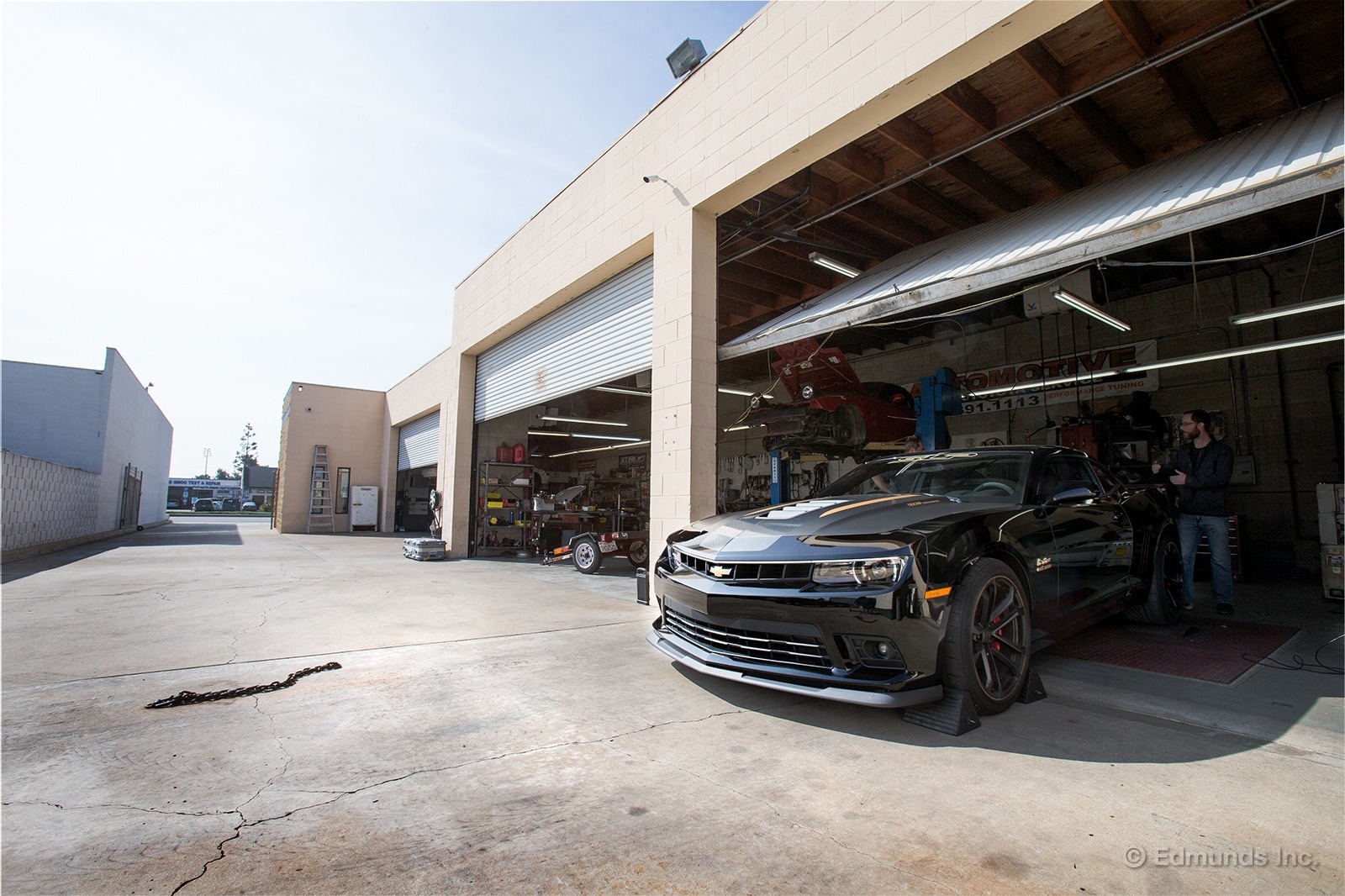
To recap, the Panther's 6.2-liter LS3 lungs have been swollen by the SLP gang with an Eaton TVS 2300 blower, liquid-to-air intercooling, a reworked valvetrain that facilitates a higher rev limit, a cold-air intake and a bigger-bore exhaust. This power plant propelled the big coupe through the quarter mile in 12.5 seconds at 116.0 mph in our testing.
Here's what we measured at the wheels:
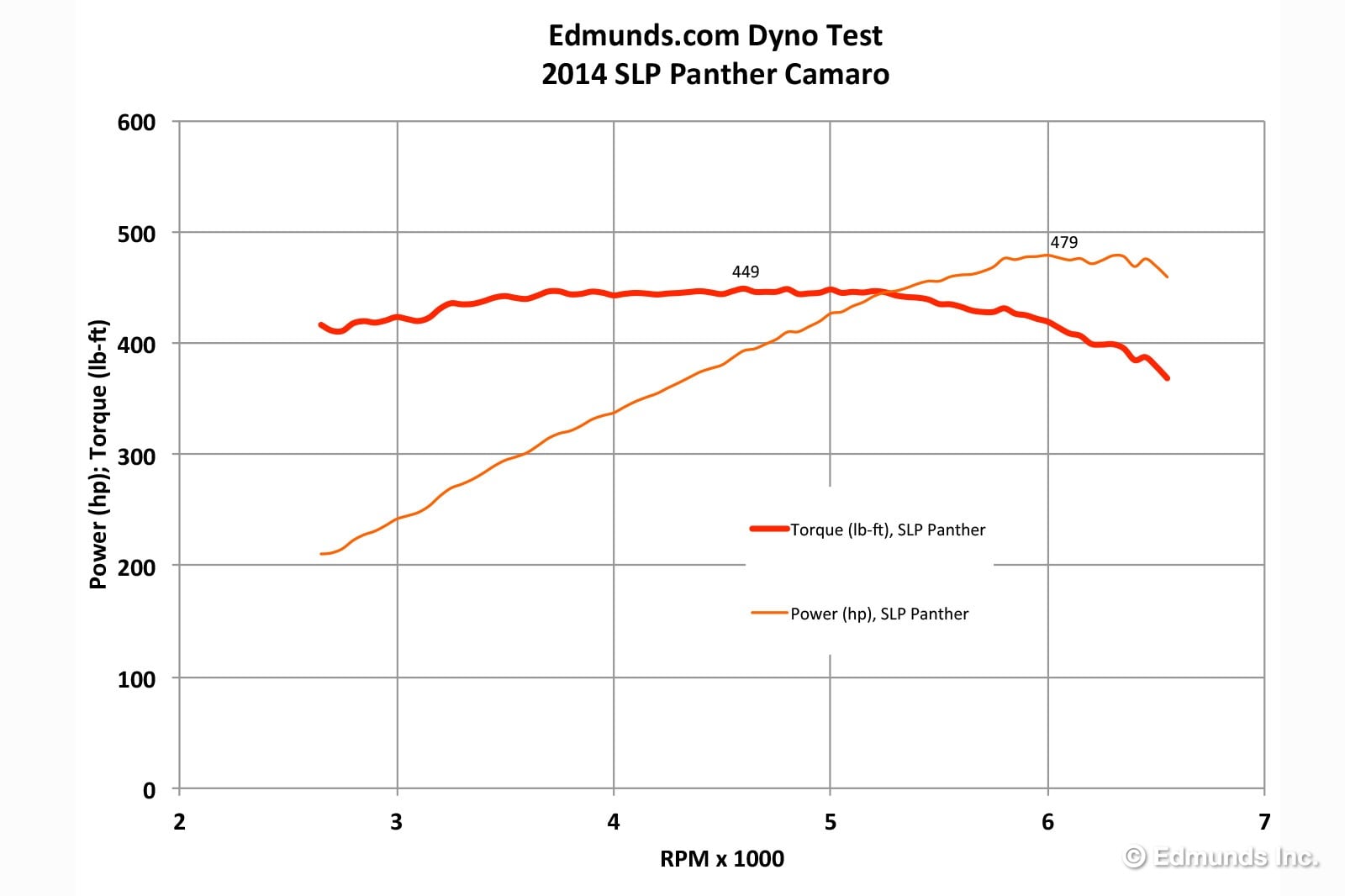
That's a suitably broad plateau of torque that, over a wide span of engine speed, barely deviates from its peak value of 449 lb-ft as measured at the wheels. It's a big, flexible power delivery that maintains its goods even as the 6,600-rpm fuel cut looms large. Power peaks at 6,000 rpm at 479 horsepower (again, as measured at the wheels).
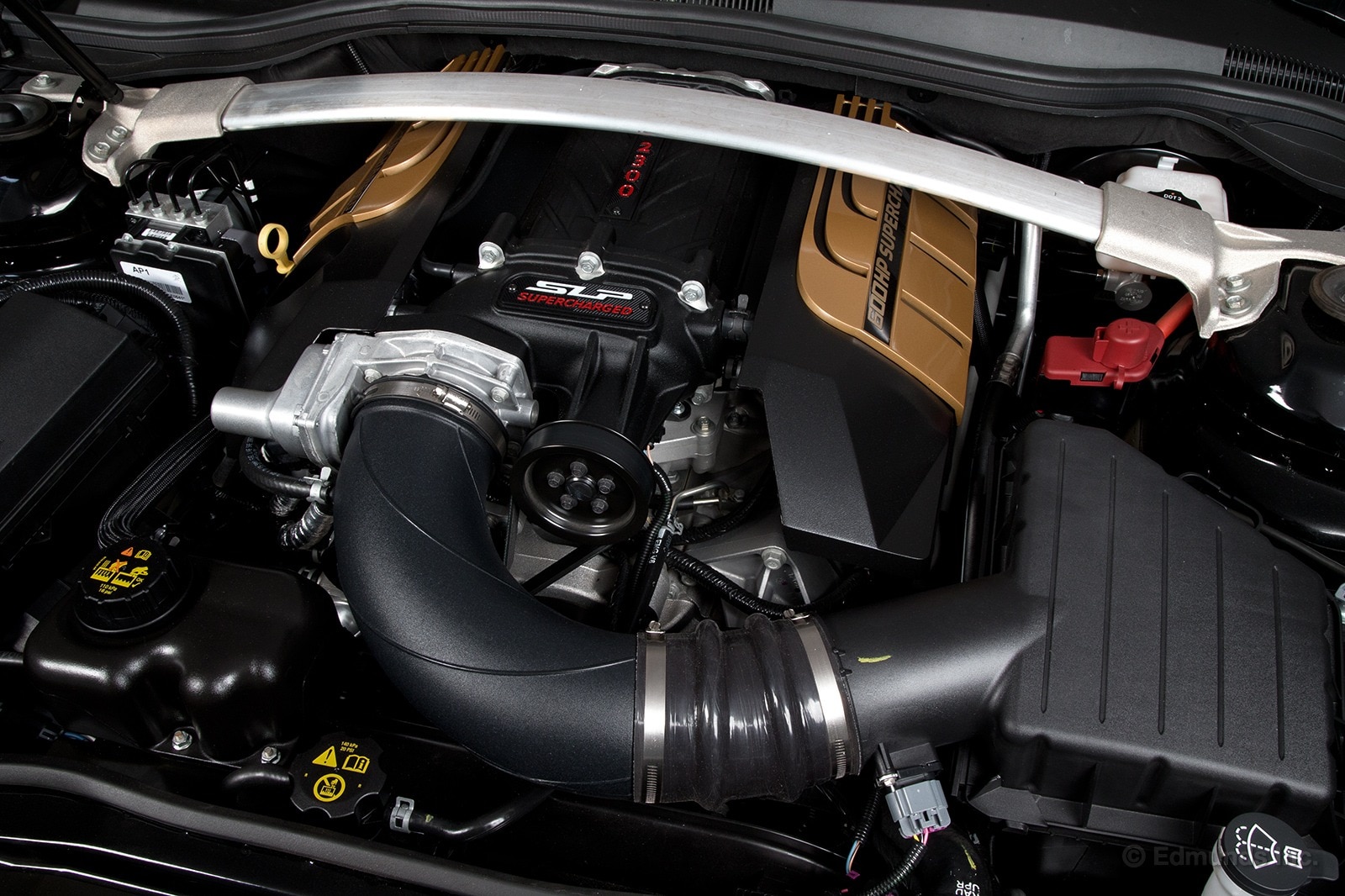
It turns out we dyno-tested the 600-hp Panther on the very same day as the 604-hp CL65 AMG. Check out our dyno test of the CL65 here. It's an ideal situation: same day, same dyno, same operator, and roughly the same factory power ratings. If both cars' ratings are accurate, then we should expect similar peak power at the wheels.
Here's the overlay of the Panther and the CL65 AMG dyno results:
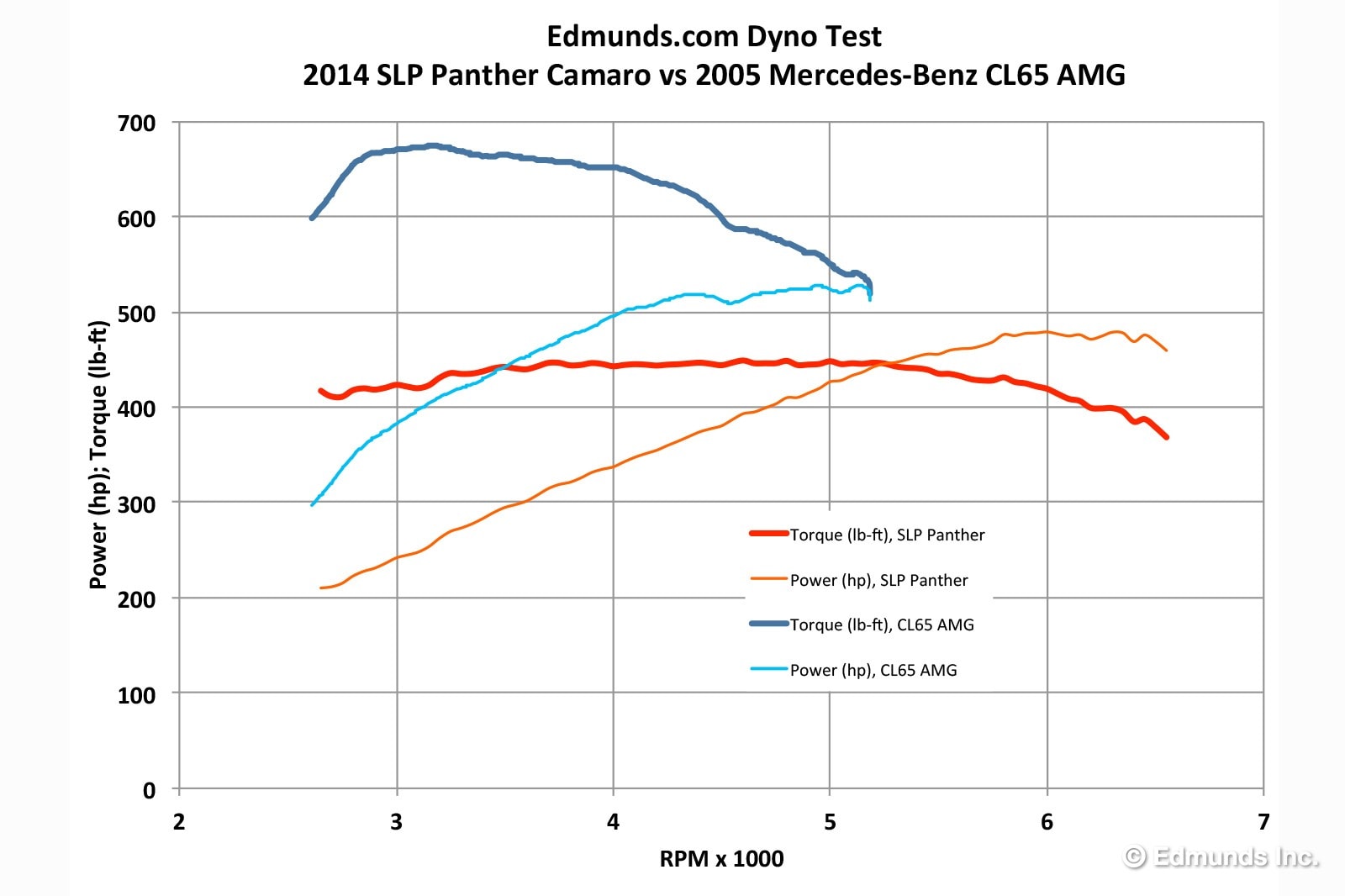
Both engines were subjected to numerous runs on the dyno. This is to allow the engines to fully acclimate their engine control systems to the 91-octane fuel in order to establish their stabilized outputs.
Putting aside the obvious differences in torque output and character of these two engines, we see a discrepancy in peak power. The CL65 churned out 528 hp to the Panther's 479, a difference of about fifty horsepower.
It could be argued that the CL65's power is underrated by the factory. Conversely, it could be countered that the Panther is fresher than the 60,000-mile German coupe, and that its manual gearbox saps less power than the Benz's slushbox, factors in its favor. Isn't this fun?
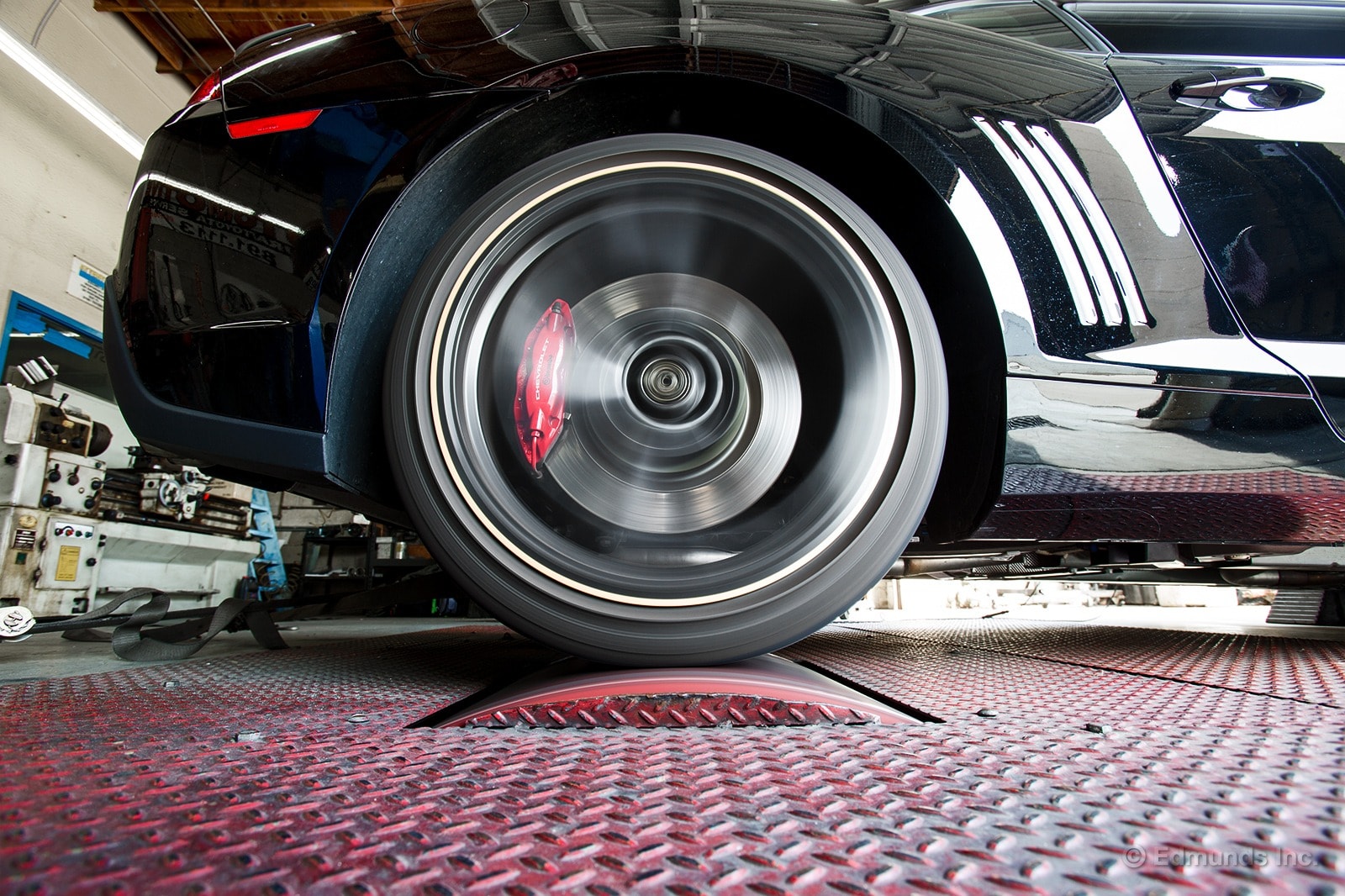
In any case, 50-ish horsepower is a large spread among two cars that both ostensibly make 600 hp (or thereabouts) at the engine. For sure, the Panther delivers its punch over an impressively wide rev band, even if its 600 horsepower appear to be smaller foals than those of the German. Factoring in driveline loss, its 600 horsepower claim appears a touch optimistic.
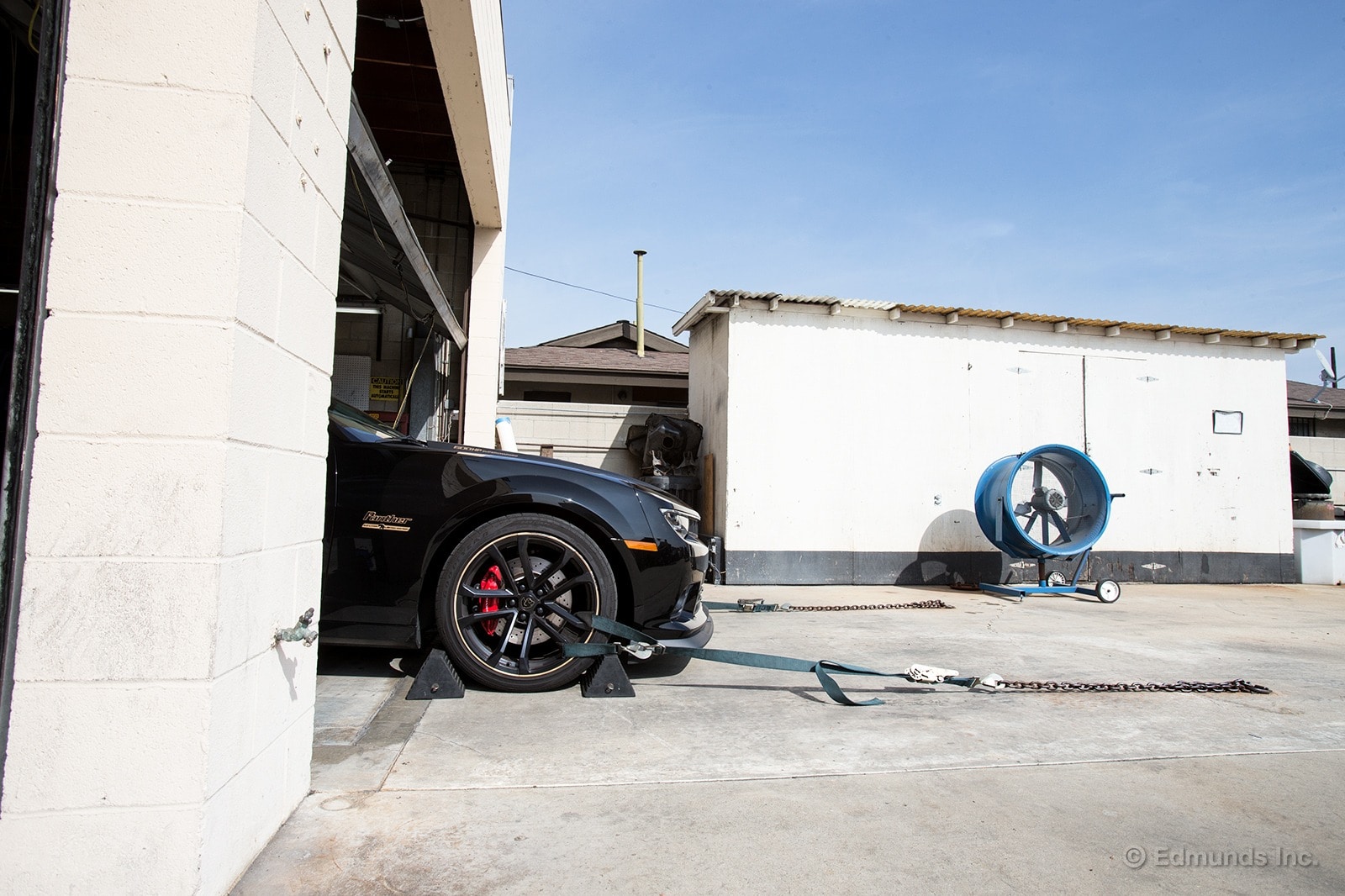
SLP tells us that the Panther's 600 horsepower designation is determined on their SuperFlow dyno using the 92 or 93 octane fuel common in their region (New Jersey). Certainly the craptacular 91 octane premium fuel indigenous to California is feeble stuff when it comes to supporting power. And since Edmunds is based in Los Angeles, 91 octane is what we feed our Panther.
Higher octane would raise the knock threshold, allowing for more ignition advance which unlocks more power (and reduces exhaust gas temperatures, making life easier for exhaust valves and seats).
That sound you hear is Oldham rolling out a drum of 100 octane for a repeat dyno test.
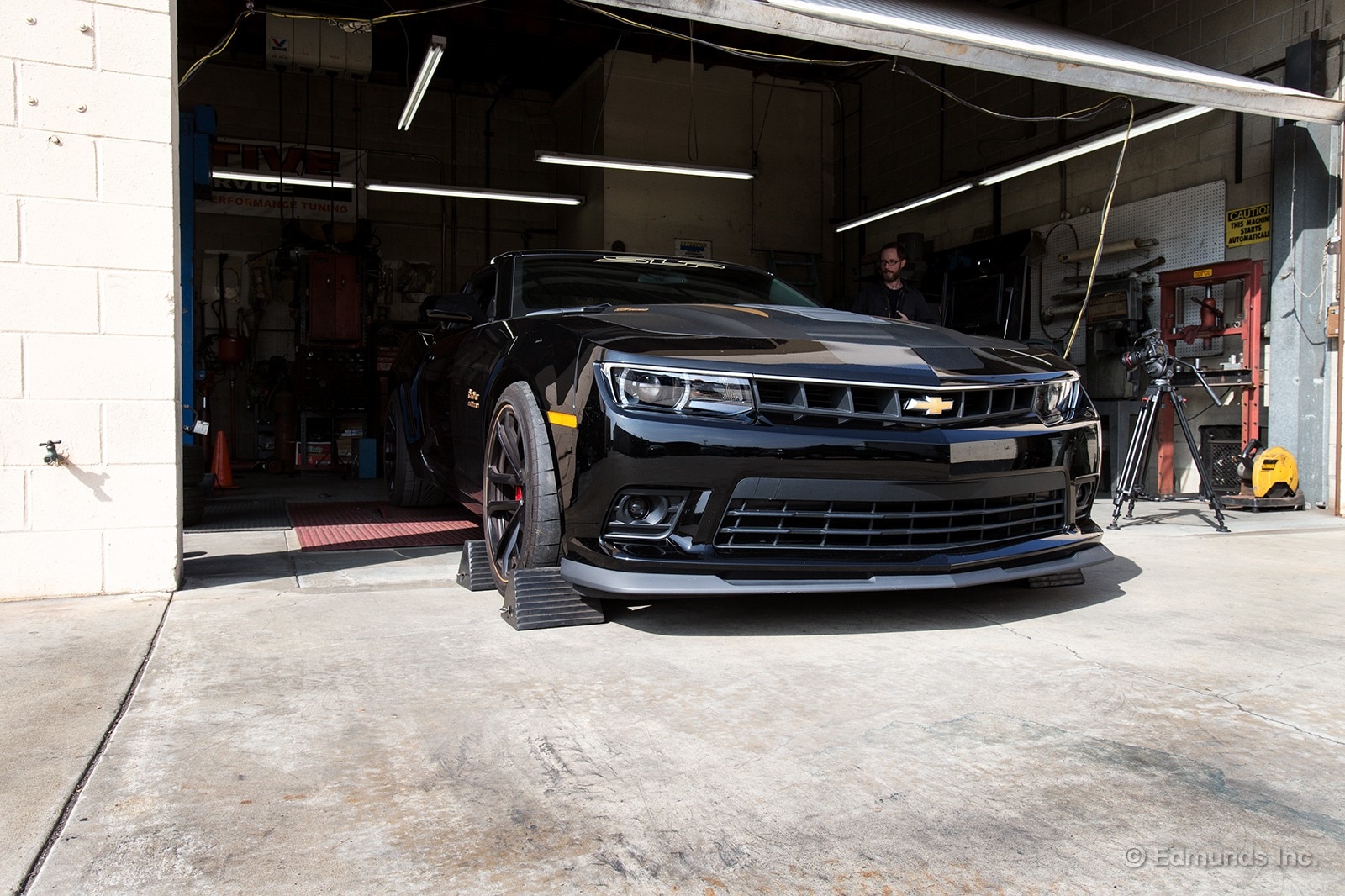
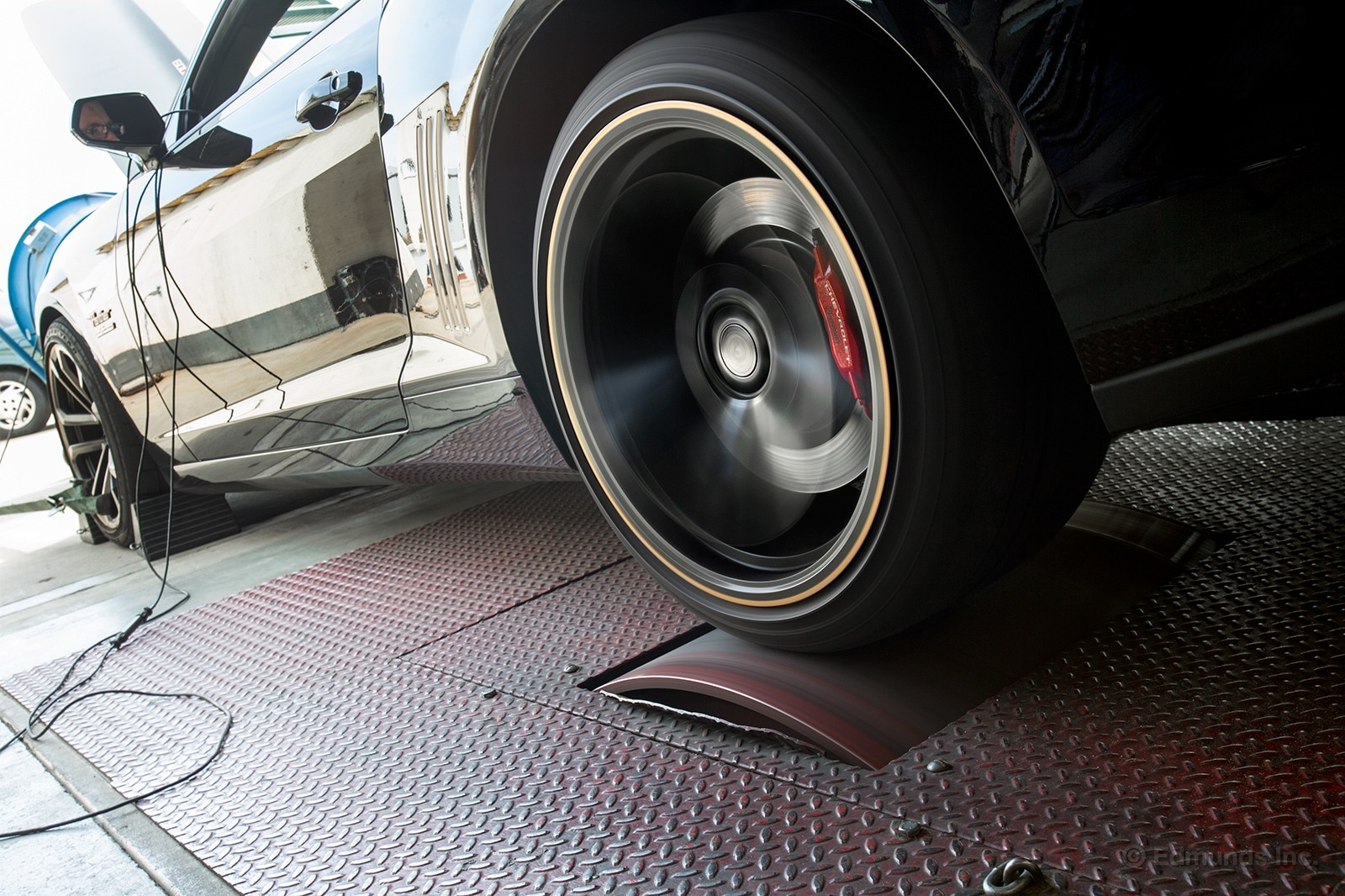
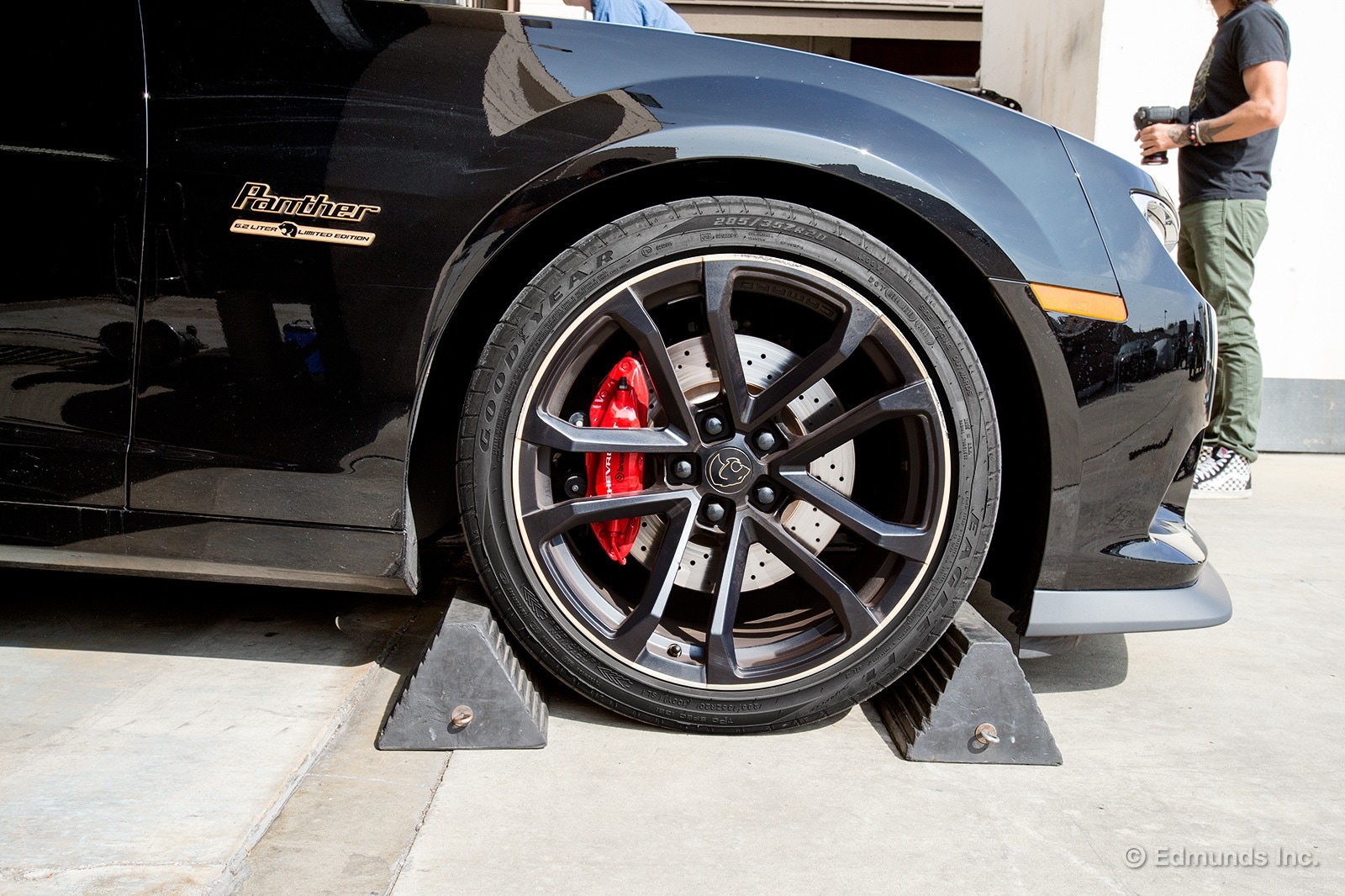
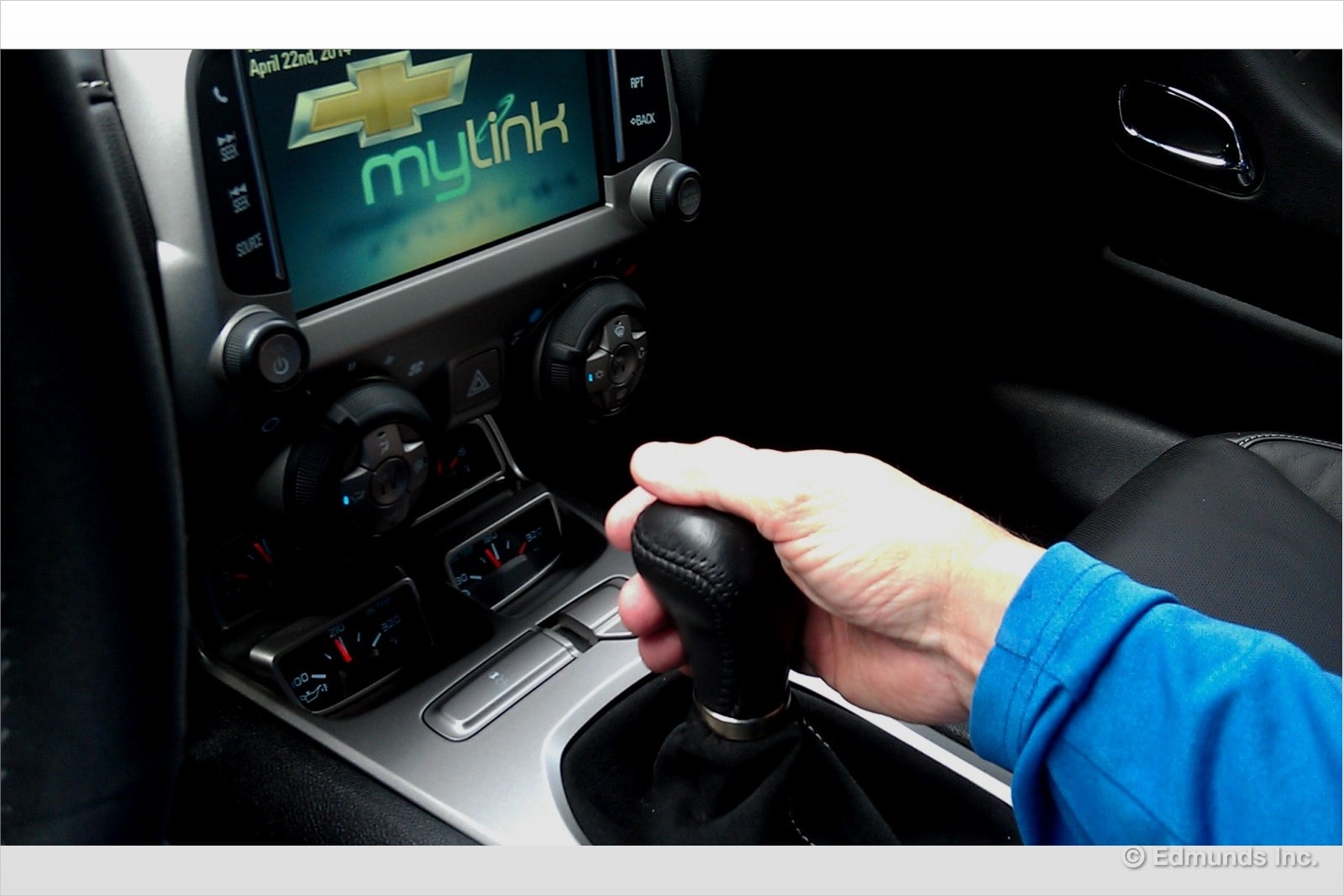
Although modern automated clutch manual transmissions with their paddle shifters are pretty slick (see Porsche PDK), I'm still a three-pedal man. I'll gladly give up a few tenths in the quarter for the more satisfying, more engaging experience that grabbing gears in a true manual tranny brings.
And this 2014 SLP-tuned Chevrolet Camaro has a pretty good setup. Although the pedals may not be perfect for heel-toe downshifts, the clutch has a well-weighted and fairly linear action, making smooth take-offs as well as rapid-fire changes a breeze. The shifter is appropriately meaty and its solid mechanical action says muscle car in all the right ways. Its short throws engage each gear with a subtle, satisfying click and rifle-bolt precision. Kinda reminds me of the Hurst shifter I had back in the day in my '70 Chevelle SS396, only with a few decades worth of refinement thrown in.
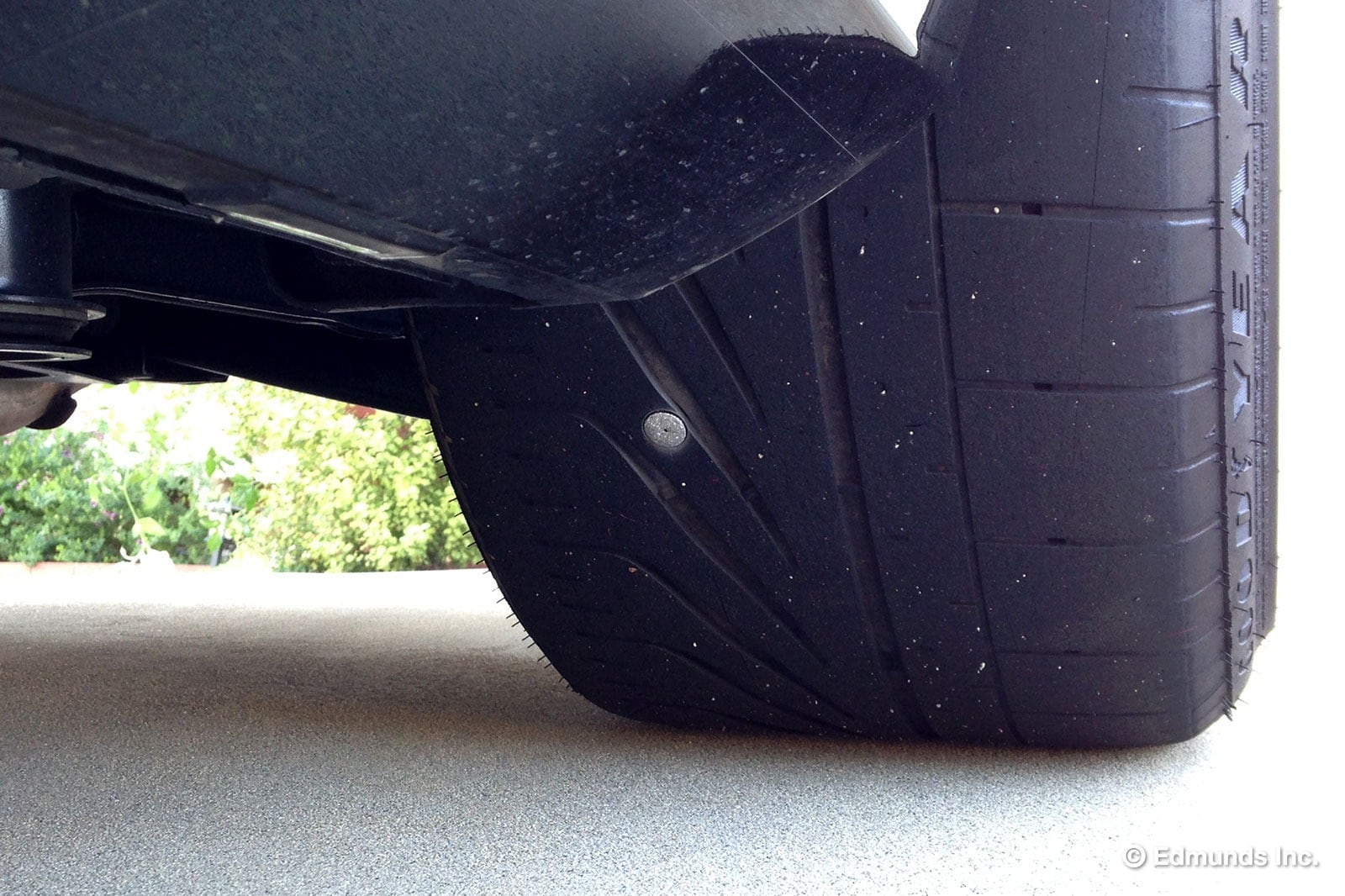
What began as a routine tire repair became two new tires on our 2014 SLP Panther Camaro. This is the image that greeted me when I was handed the key to our long-term Panther. At a glance, I figured it needed a simple tire patch. And at a glance, I was wrong...
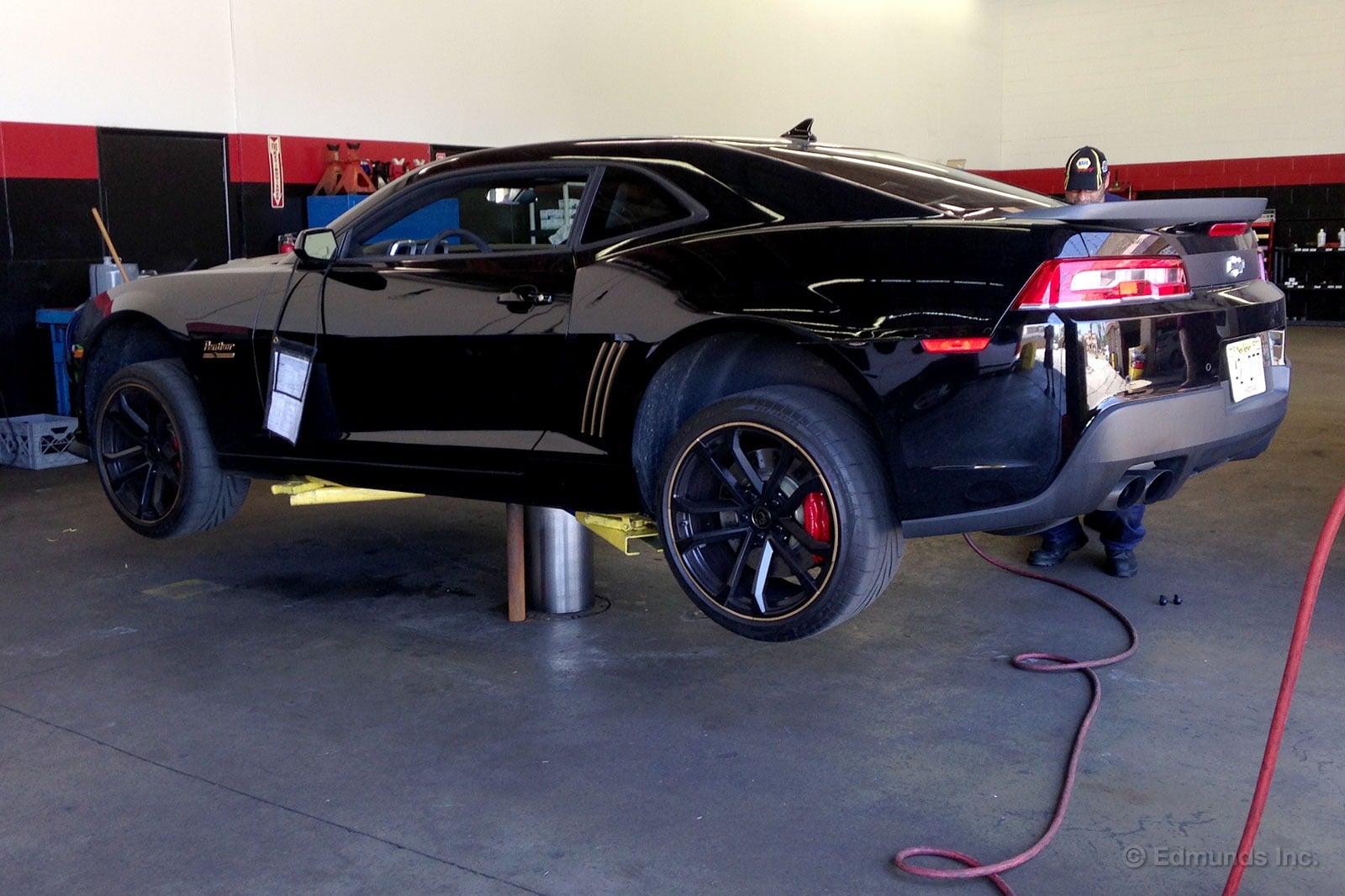
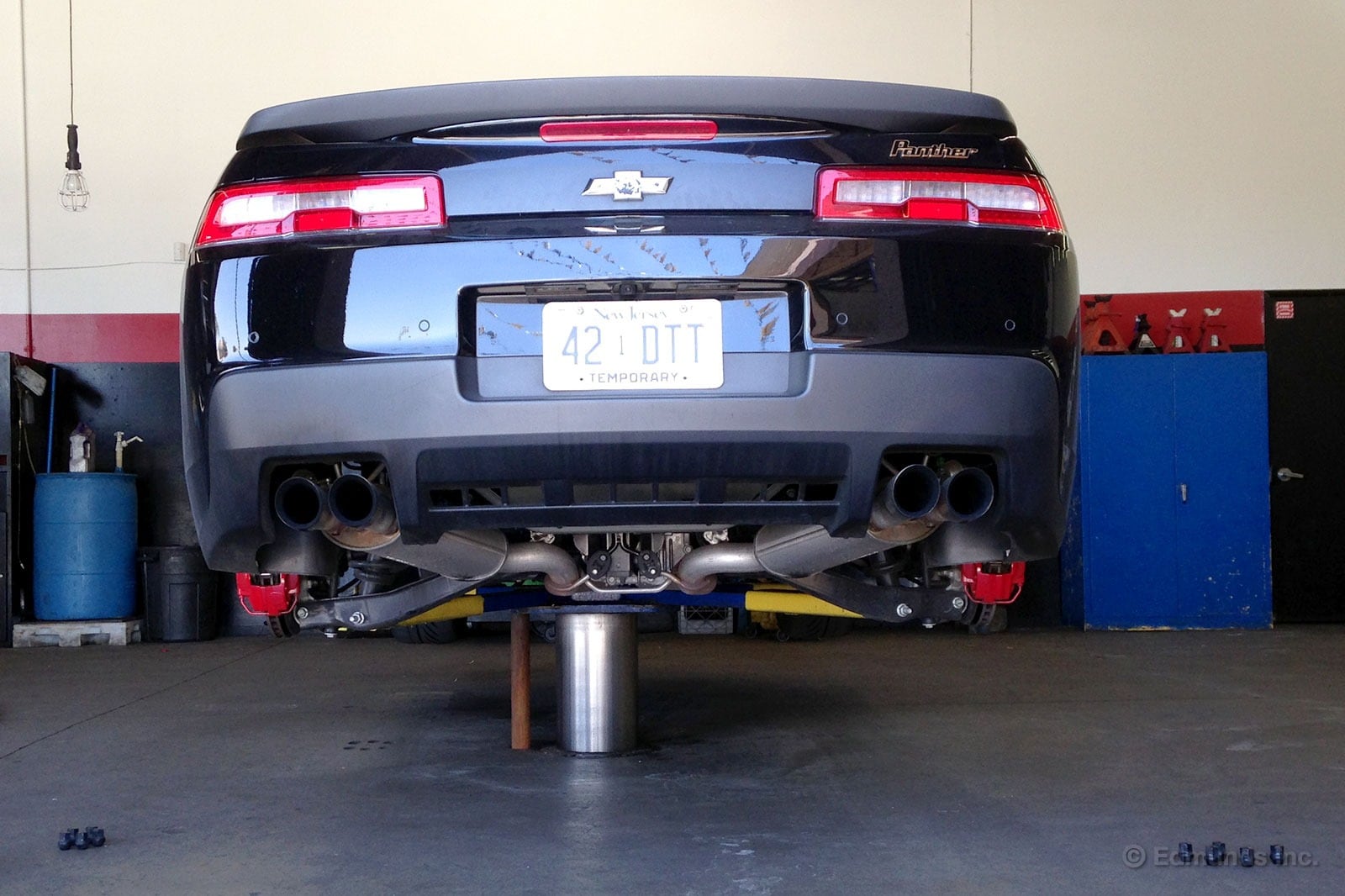
A closer look exposed the lack of tread on our rear tires. They were down to the wear indicators, not to mention the well-rounded inner shoulders. Without tread, there wasn't a tire shop nearby that would attempt a patch. I know, because I tried three of them. At least the tire was holding air, so I had that going for me.
I found a Goodyear retailer nearby, and it could get the tires we needed in less than two hours. It was better than my other options could offer, so I bit. The guys at this shop were professional and worked as a team to process the Panther. Their excitement toward the car was obvious.
"Do you mind if I take a picture of it," asked one mechanic. The guy standing next to him echoed the request, "Can I get one, too?" Another broke out his phone and showed me a picture, "My buddy has a Saleen 620. This is the SLP? Nice car. "And still another mechanic added, "Just looking at this car is making me sweat."
So what did it cost us to mount and balance a pair of 285/35ZR20 Goodyear Eagle F1 Supercar G:2 tires?
Total Cost: $674.52
Total Days Out of Service: None
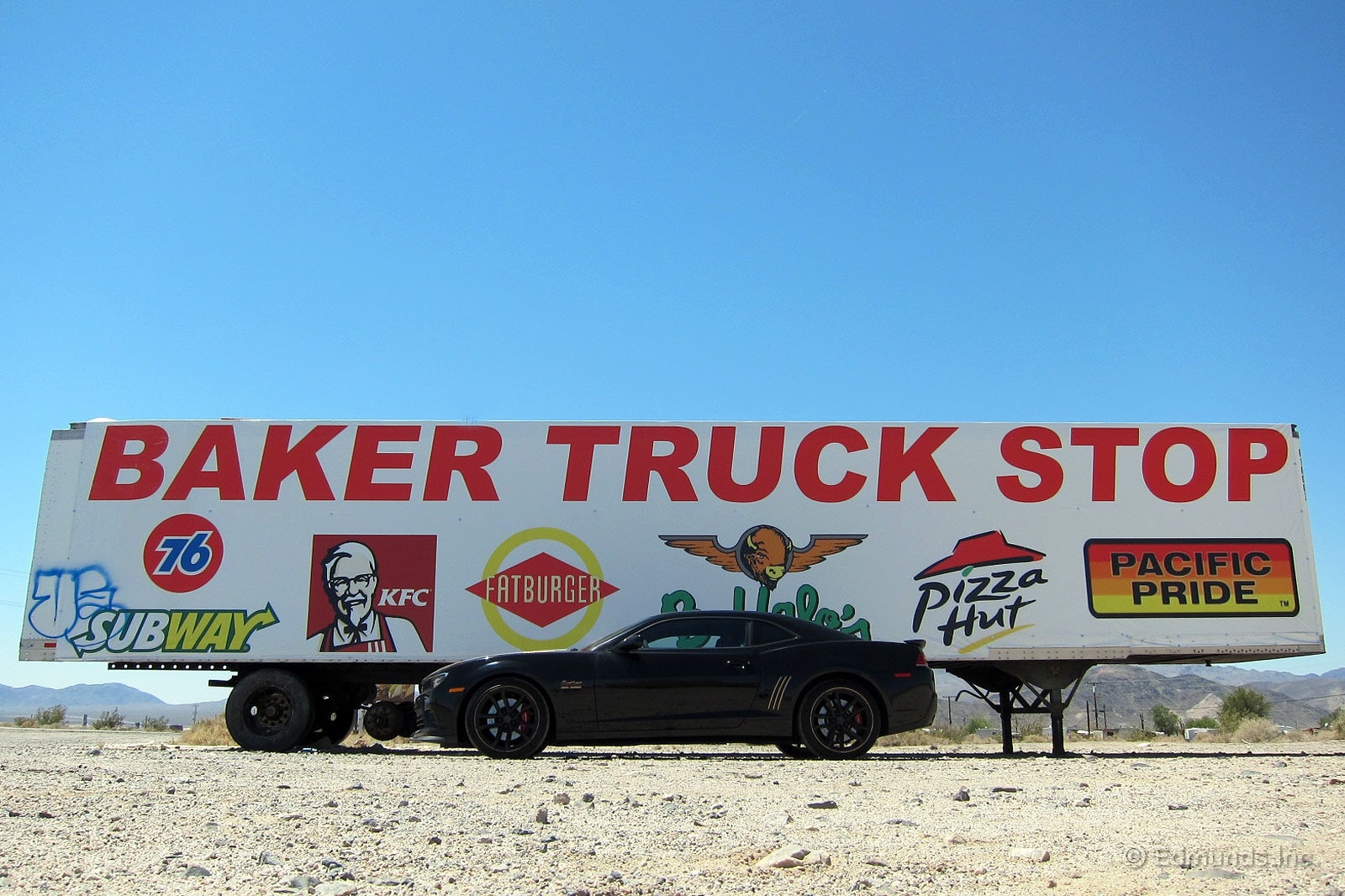
Over the last four weeks we've driven our long-term 2014 SLP Panther Camaro about 1,500 miles, most of it in and around the city of Los Angeles. All of that urban driving has done little to help the fuel economy average of this supercharged V8-powered muscle car.
During the month of April the SLP's fuel economy ranged from a best mpg of 15.2 to a worst mpg of 11.6. And that has dropped the car's lifetime average from 15.0 mpg down to 14.7.
With only have a few weeks to go in the Camaro's six-month test, it's time to burn some fuel and some rubber to get this beast up past the 10,000 mile mark. Hammer down. Boost up. Let's hit the road.
Worst Fill MPG: 10.3 mpg
Best Fill MPG: 24.4 mpg
Average Lifetime MPG: 14.7 mpg
Best Range: 370.6 miles
Current Odometer: 8,717 miles
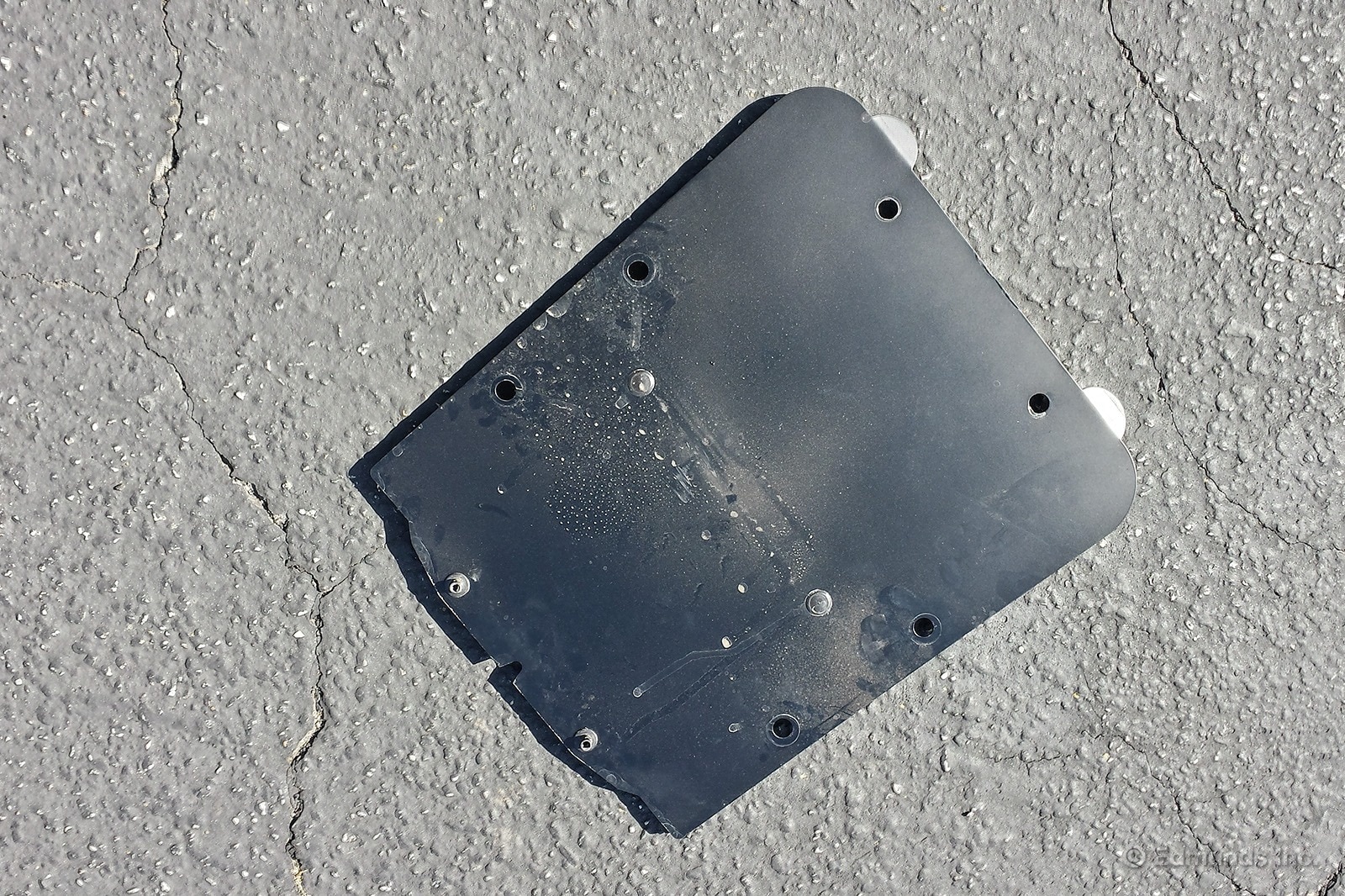
Since day one, there's been this one piece on our 2014 SLP Panther Camaro that's bugged me. So in a fit of DIY-ness, I went ahead and removed it.
Take your best guess and follow me through.
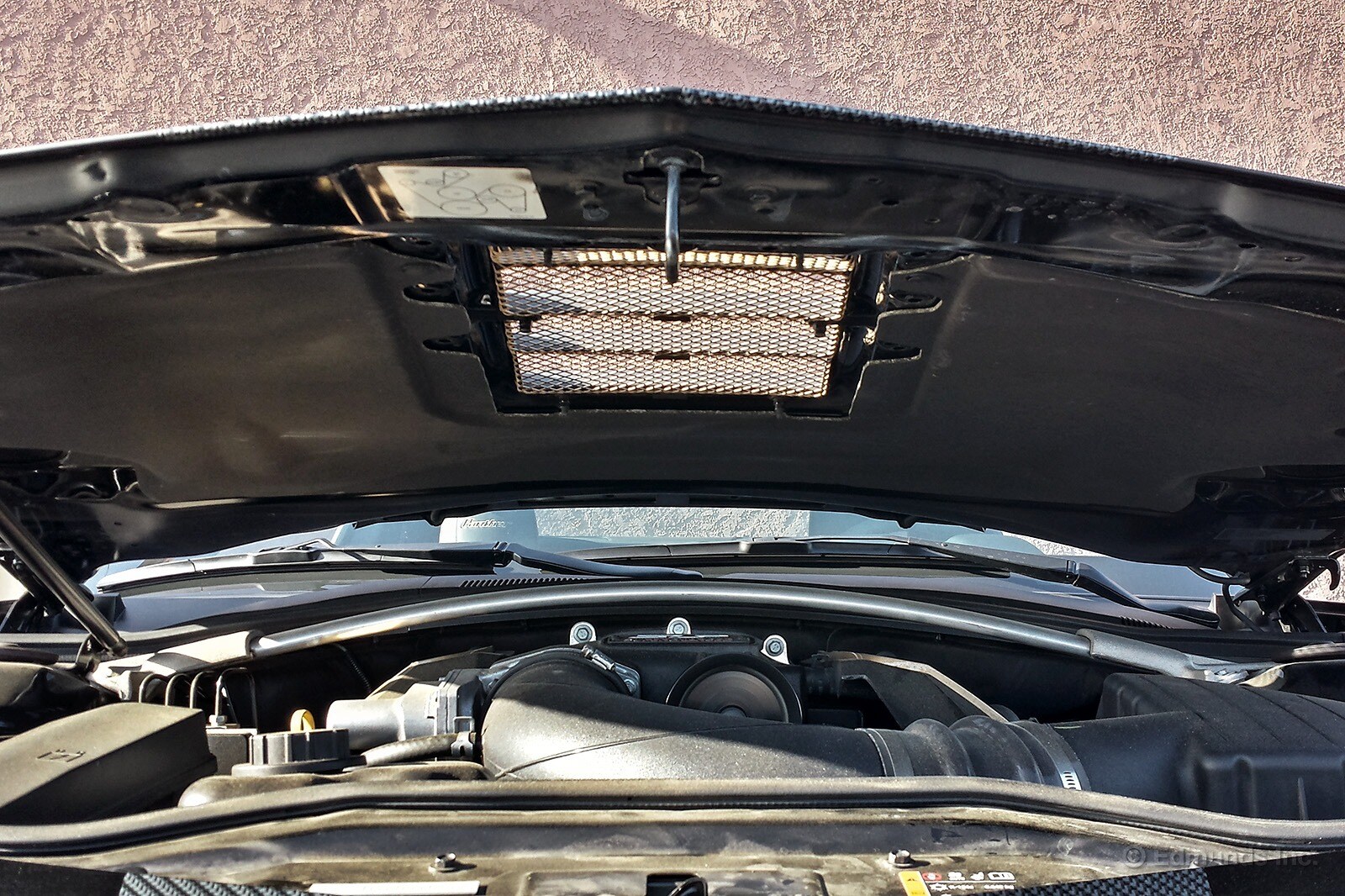
If you guessed heat extractor block off plate, you're right! You might also want to get out of the house a bit more often.
It wounds my soul to see fake vents and fake scoops, so when I found myself with two minutes, a 10mm socket and a flathead screwdriver I went ahead and removed that plate. While it doesn't leave the prettiest finish (I'll get to that in a paragraph or so), it made the extractor fully functional.
Now, along with no longer being fake, the now-big, functional hole in the hood lets out mirage-inducing amounts of heat waves at every stop light. Cool.
Now if you're the kind of guy that finds a reason to pop your hood every time you wind up parked at a Dairy Queen, you might want to invest in the SLP Heat Extractor Drip Tray. It's made to clear your supercharger and it looks like a factory piece. Don't worry, it's only $209.95.

Old car projects are never done. Although my father and I been enjoying our newly built 1969 Camaro Baldwin-Motion clone since November it still needs a few odds and ends. And it turns out our long-term 2014 SLP Panther Camaro is a pretty good parts chaser.
That's a six-foot box of new brake lines for the old '69. And it slid right into the trunk of our new Camaro once I folded its rear seat back, which couldn't be easier. One pull of a strap from inside the car and the Camaro's cargo space goes from good to plenty.
In fact, I've used this feature more than once since the Panther joined our fleet. Other items that have fit include a 20-inch BMX bicycle and seven five-foot tall tripods for our photo and video teams.
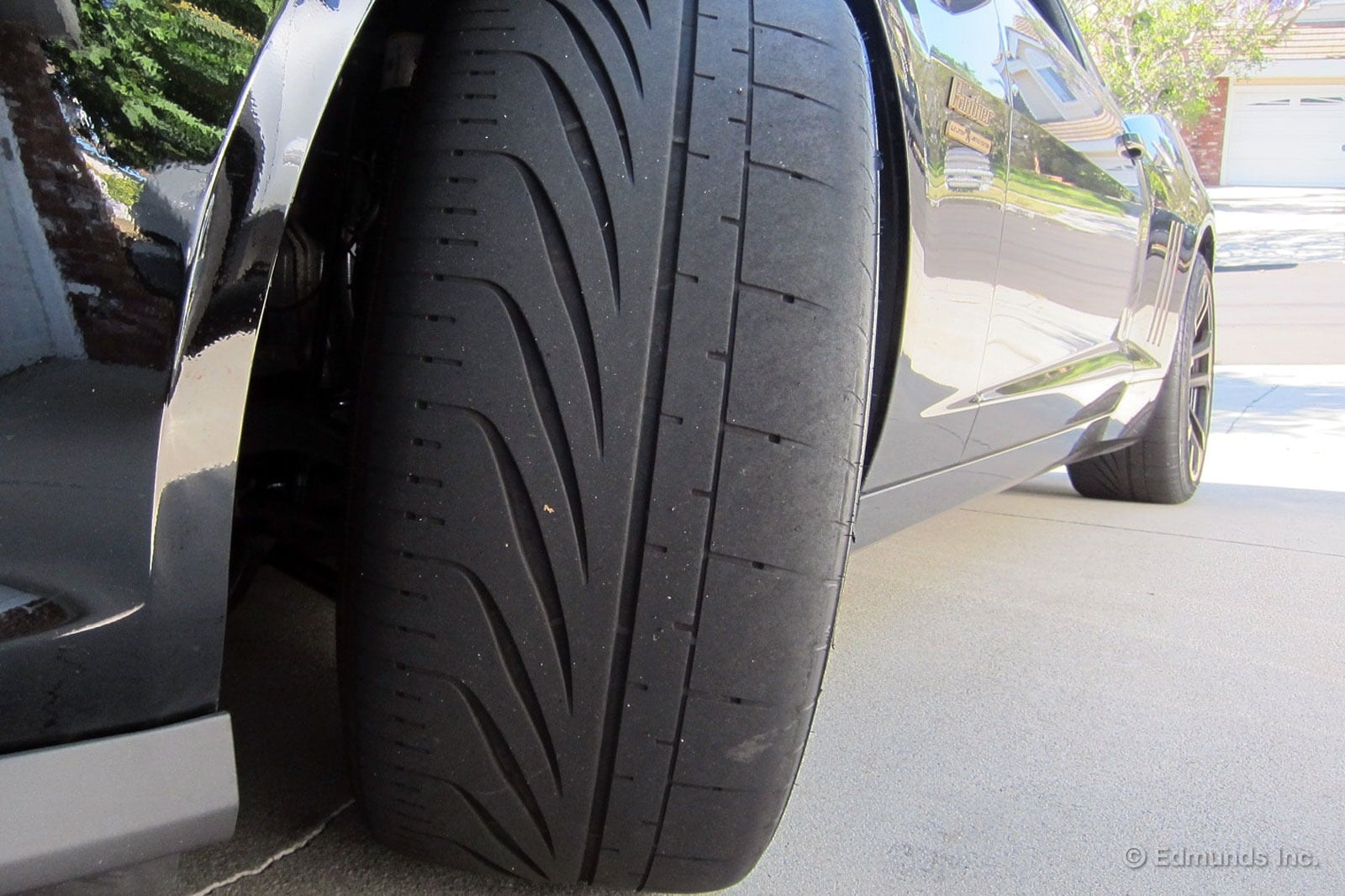
Two weeks ago we put new rear tires on our long-term 2014 SLP Panther Camaro. In response to that update, many of you asked how the Camaro's front tires were holding up.

The short answer is better than the rears. The corners are pretty beat, but there's still a fair amount of tread depth left, more than enough to get us through the last few weeks of this car's six-month test and more than enough for the drought conditions now plaguing Southern California.
If we were going to test the car much past the 10,000-mile mark or lived in a wet climate, new front Goodyears would certainly be on our to-do list.
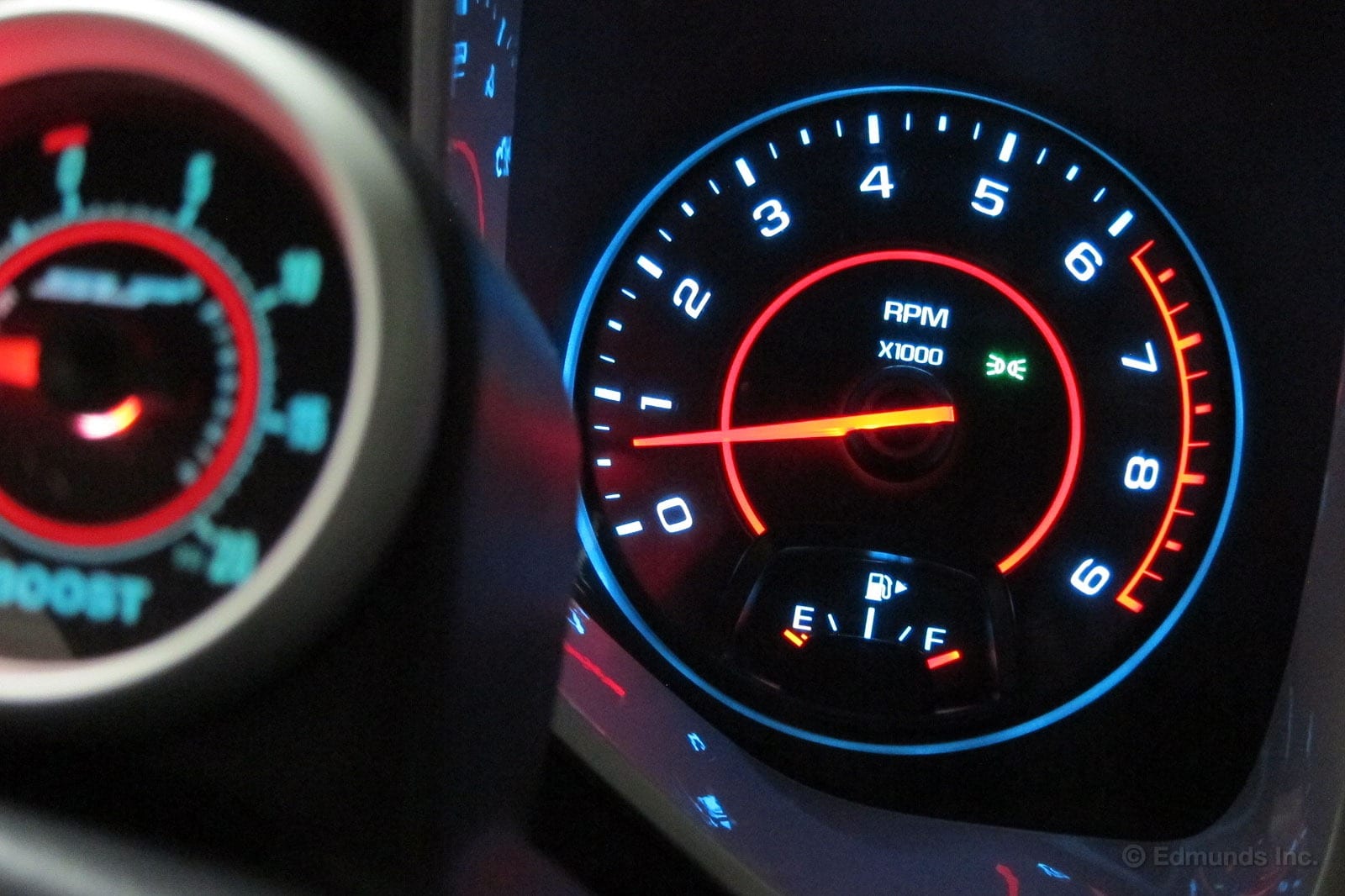
As much as I love our long-term 2014 SLP Panther Camaro, no car is perfect.
The Panther's flaw is its rev limiter. I hate it. Hate it. Hate it. Hate it.
Hate it.
After living with this Camaro for six months and nearly 10,000 miles, its rev limiter is the only thing about this fine machine that doesn't hit me square between the eyes with lust, and it's the only thing I would change about the car.
It isn't even a rev limiter. It's a hard fuel cut-off. Bang the motor into it and it shuts off like right now. It's like driving the car into a wall.
Of course, I think the engine needs some protection from overrevving, but I've driven many LS-powered cars over the years, from Pontiac GTOs to Camaros and Corvettes including more than a few supercharged examples like ZL1s, ZR1s and Callaways. I don't remember any of them having such an abrupt limiter.
When overrevved those cars spit and sputter. They sort of ask you for the next gear. But the Panther shuts you down. Hard. SLP says this is by design. Despite keeping the rev ceiling at the factory spec 6,600 rpm, the company's engineers have reprogrammed the fuel cutoff for the more aggressive feel.
If you ask me, they should change it back. That is all.
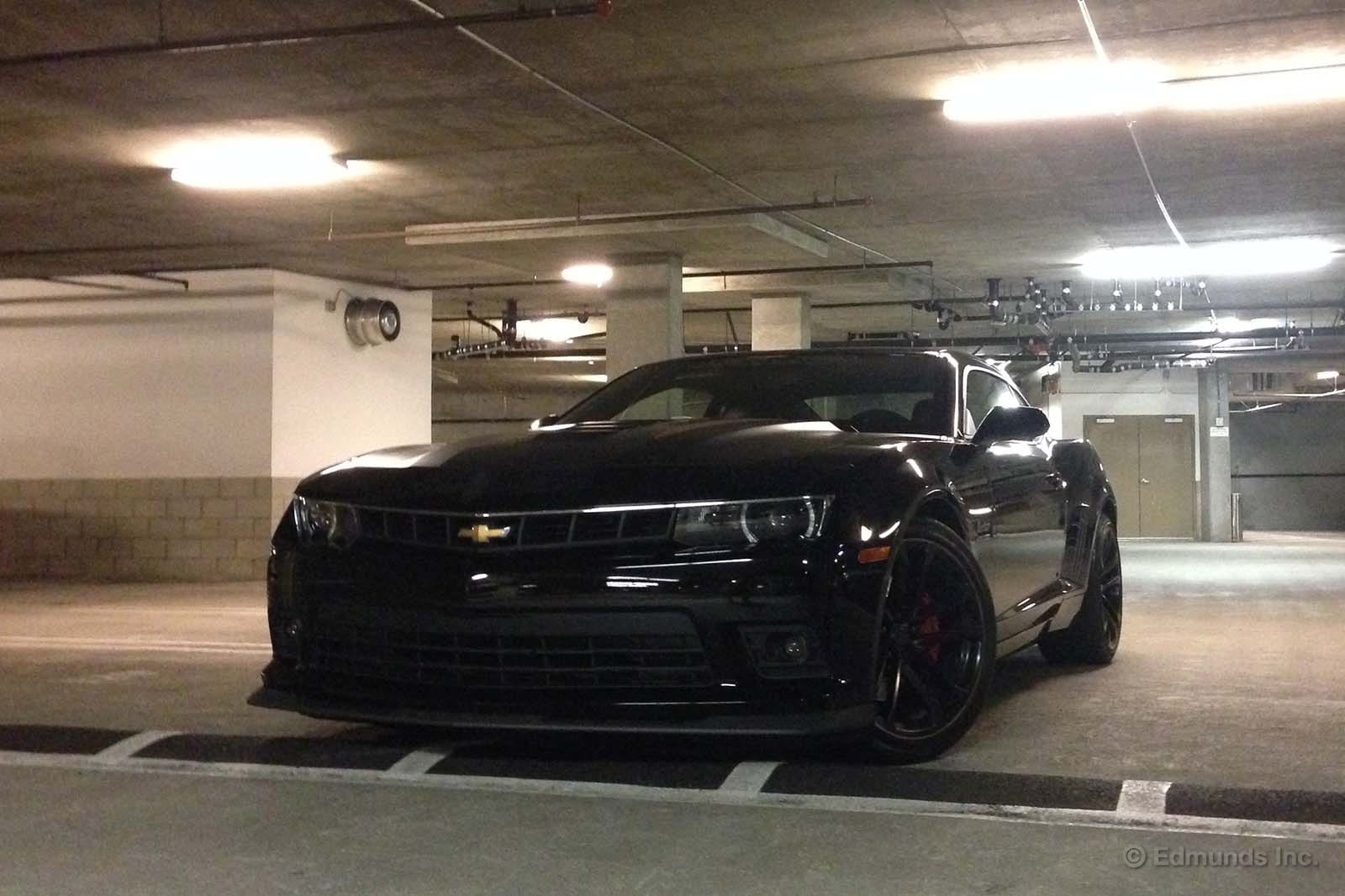
Just based on my introductory animal sciences courses, I'd have guessed that the main predators for a panther would be, in no order: Man, deforestation and very large snakes.
Turns out, however, that the natural enemy of the Panther Camaro is the speed bump.
Unlike previous Chevys from the last couple of decades, the issue isn't clearance. The SLP Panther makes it over the speed bumps just fine. No scraping. The problem isn't even the initial hit. That gets soaked up very well. The problem is with the rebound. Not sure what it is about speed bumps (and certain speed-bump-sized road imperfections that are prevalent around L.A.), but as soon as the wheel is done going up, it feels like it just freefalls down. KERTHUD! I've actually changed my route home to avoid certain bespeedbumped neighborhoods.
Compared to how well the SLP Panther rides, this is odd. But it's a small tradeoff for a car this capable, controllable and fun.
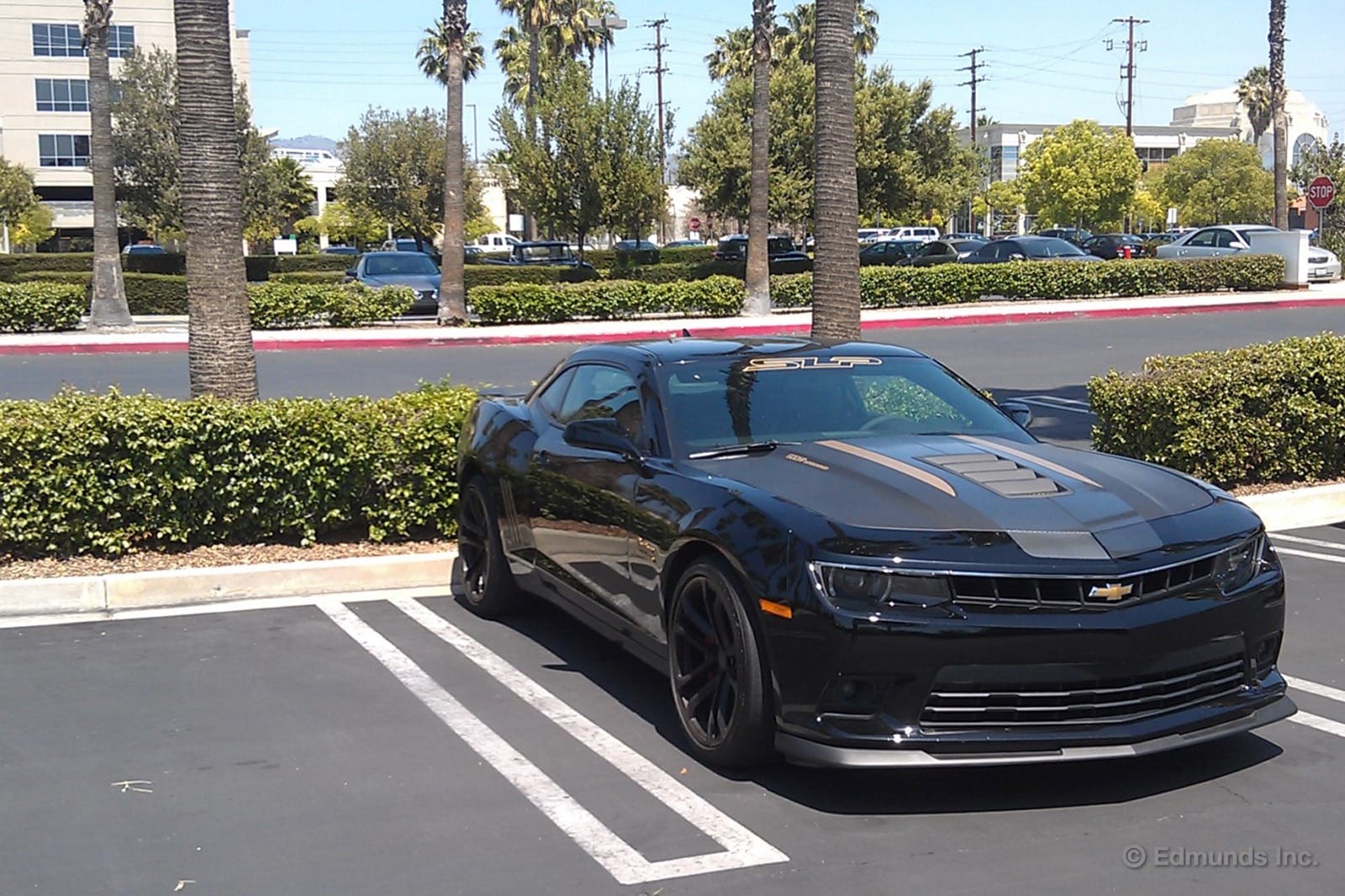
With its broad-shouldered dimensions and meaty rubber, our 2014 SLP-tuned Chevrolet Camaro certainly has an impressive stance. As you can see here, this muscle car looks like it's been going pretty heavy on the delt workouts. Indeed, when I compared its width to the new Corvette Stingray and the full-size Cadillac XTS, both fairly wide cars, the Camaro was still wider by about 1.5- and 2.5-inches, respectively.
In addition to looking cool, the upshot of this wide stance is the Camaro's well-planted demeanor while hustling along a curvy mountain road. The downside is that even when you precisely center the car within a parking spot, you must be mindful of those long doors and adjacent cars when you're getting in or out.
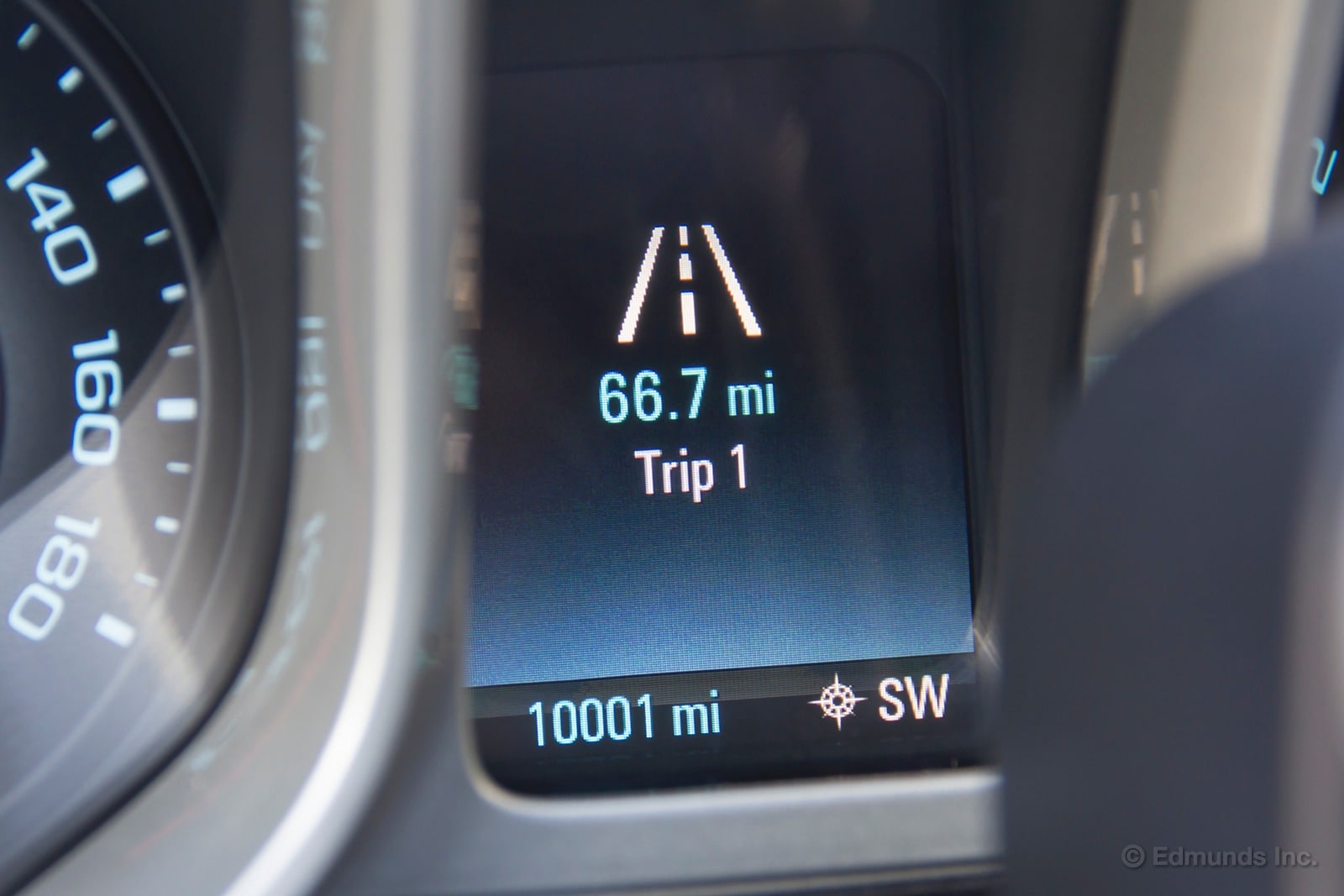
During the last six months, we've driven our long-term 2014 SLP Panther Camaro over 10,000 miles.
Since the 5K milestone the Panther has needed a few things, including an oil change and some new rear tires (shocker) and if we have it much longer, we'll probably put new front tires on too. The climate control was on the fritz about two months ago, but other than two isolated incidents it hasn't happened again.
With the exception of the loose alternator pulley that required a roadside repair 5,500 miles ago, things have been relatively uneventful for the SLP. Oh and burnouts. It definitely still does burnouts. More on that soon.
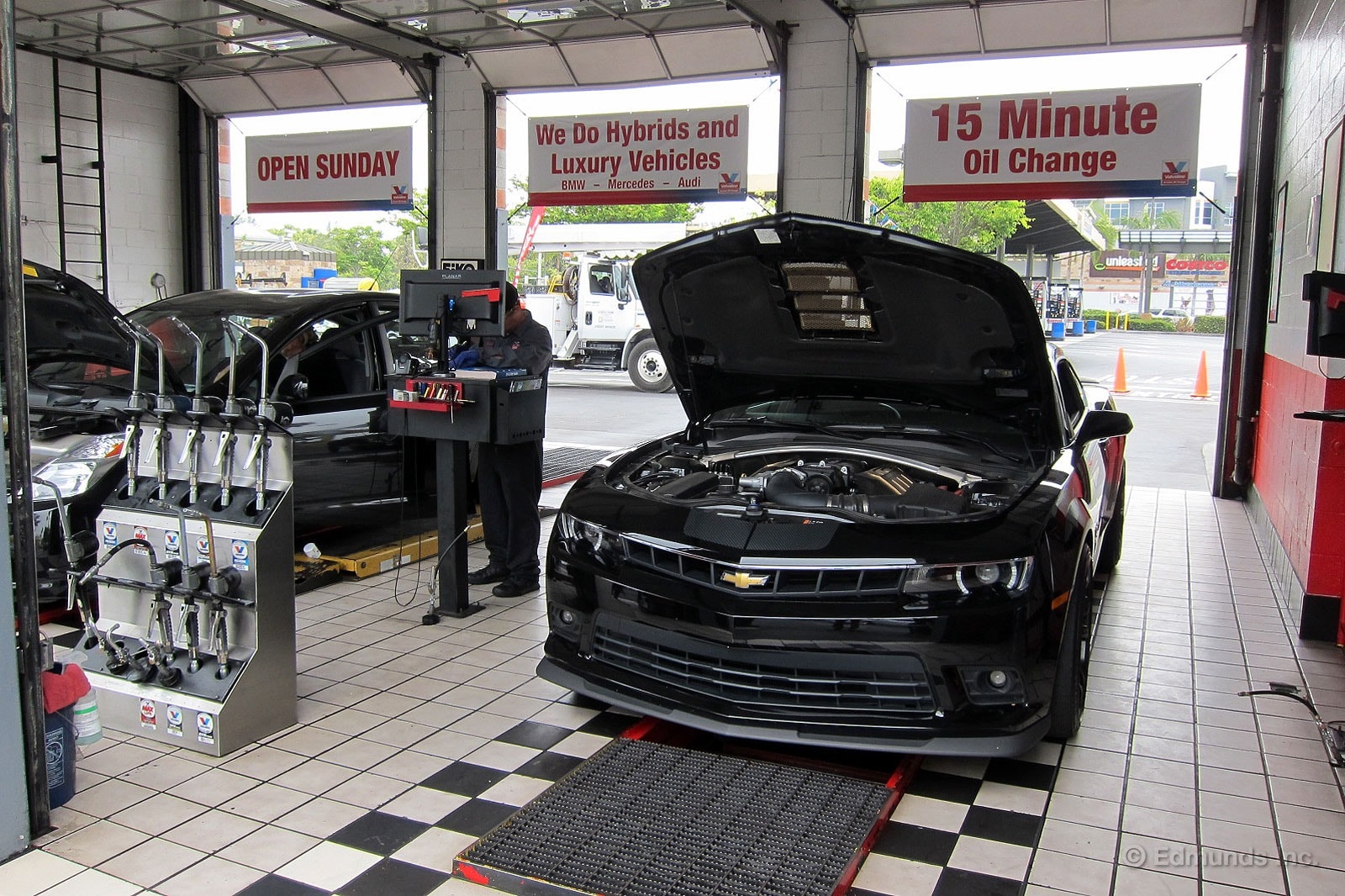
Back in February I took our long-term 2014 SLP Panther Camaro in for its first oil change.
This week I took it in for its second.
Last time the guys at the Valvoline Instant Oil Change facility in Marina del Rey, California did such a good job the Panther and I returned. The manager Maurice is a fifth-gen Camaro owner and real car guy. He remembered us.
"He's back," he yelled as we rumbled in.
This time Kevin, who daily drives a modified 1999 Trans Am, also helped us out. His Pontiac, which runs 11-second quarter-mile times, uses some SLP parts, so we had plenty to talk about. Good guys. We all talked cars as they performed the service, and it was clear they were taking a little extra care on our black Camaro.
They changed the filter and added 8 quarts of 5W30 Valvoline SynPower Synthetic. The total bill was $126.52, but I had a $10 coupon, which they had mailed to me, so I was out of there for $116.52.
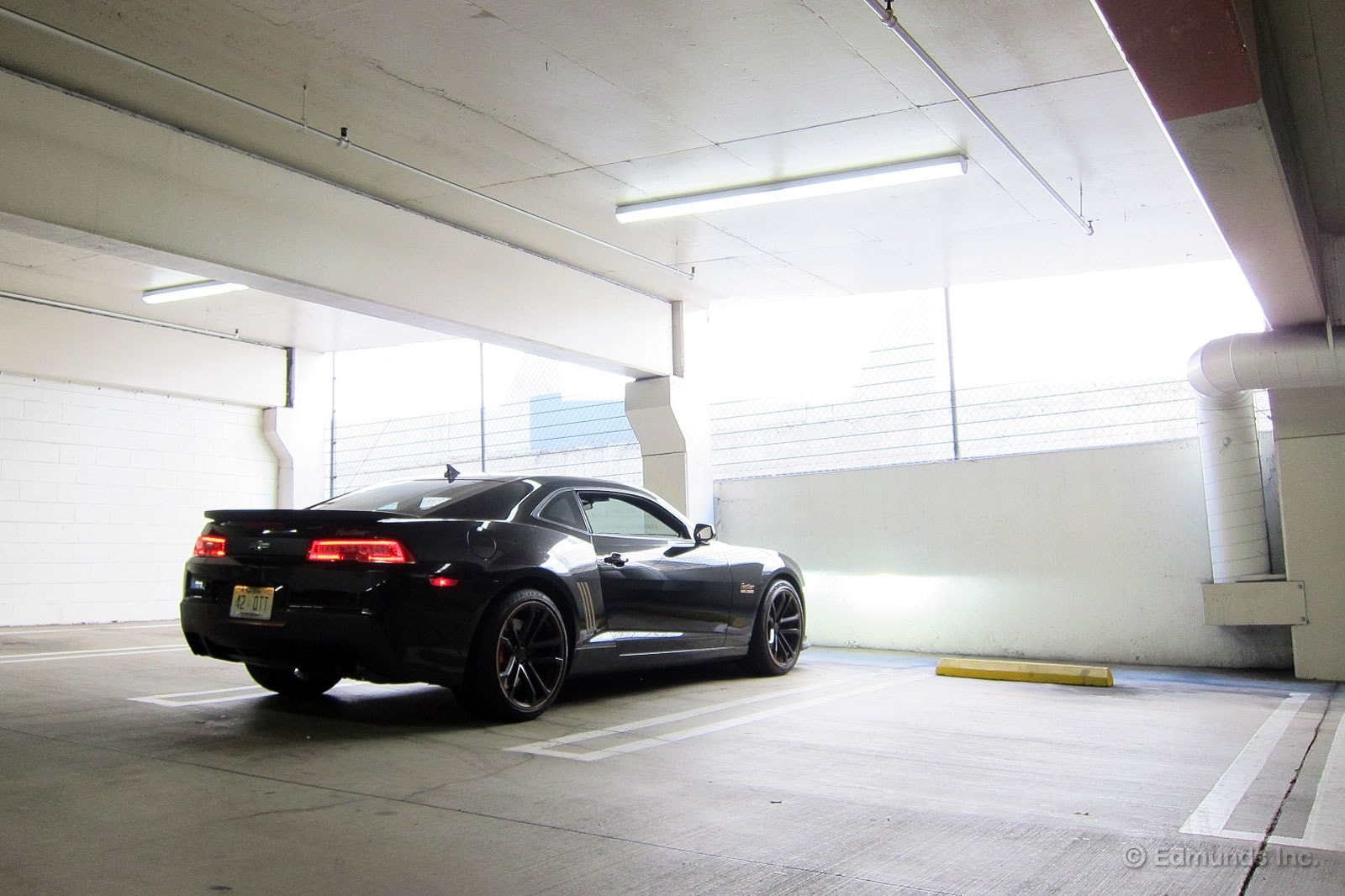
This is embarrassing, but I hold the record for the best mpg in our long-term SLP Panther Camaro. Back in February I drove it 141.1 miles, very slowly it must have been, on just 5.782 gallons of 91-octane gasoline. That's 24.4 mpg.
Travis Langness is the gas guzzler of our bunch. Back in January, Travis The Leadfoot squeezed just 10.3 mpg out of the Panther's supercharged 6.2-liter V8, driving it 111.9 miles on 10.871 gallons of 91.
During the month of May we drove the Panther about 2,000 miles, with its fuel economy ranging from 19.4 mpg (me again) to 10.4 mpg (Travis again).
This has increased the car's lifetime average from 14.7 mpg up to 14.8.
Sadly, our six-month test of the supercharged Panther has essentially come to a close. Personally, I'm going to miss it. It's a favorite of mine. We've had few cars in our long-term fleet that have been this entertaining.
Look for a complete wrap up of our life with the car soon.
Worst Fill MPG: 10.3 mpg
Best Fill MPG: 24.4 mpg
Average Lifetime MPG: 14.8 mpg
Best Range: 370.6 miles
Current Odometer: 10,204 miles

I love hearing our long-term 2014 SLP Panther Camaro's exhaust note, especially when it bounces off the walls of a tunnel or freeway underpass. I wanted to know just how loud the exhaust on the SLP Panther was so last weekend I downloaded a few cheap Decibel-meter apps for my iPhone and headed for the hills.
For a baseline, I turned to our testing numbers. During Edmunds.com performance testing, we measure decibel readings inside the car, with the climate control and stereo off and the windows rolled up. We take three measurements: one at idle, one at full throttle and one at 70 mph in top gear. Here's how the SLP stacks up against a few other Camaros along with the two quietest cars in our long-term fleet, the 2014 Ram 1500 and 2014 Tesla Model S.
|
dB @ Idle |
dB @ "Full Throttle" |
dB @ 70 mph |
'14 SLP Panther |
51.8 |
84.2 |
70.5 |
'13 Camaro SS (1LE) |
50.4 |
82.6 |
73.9 |
'10 Camaro RS (V6) |
42.5 |
82.6 |
70.8 |
'13 Tesla Model S |
36.4 |
62.5 |
61.7 |
'14 Ram 1500 EcoDiesel |
41.9 |
65.1 |
60.2 |
Surprisingly, the SLP is quieter while cruising at 70 mph than a standard 1LE Camaro SS or a V6-powered Camaro RS. In a tunnel at full throttle though, the SLP registered much higher than that. Using two different apps in two different tunnels I got the same number: 100 dB.
There are conflicting arguments about whether the iPhone's microphones can't measure levels above 100 dB, though, so our SLP may be even louder than that. It's also said that anything over 85 dB can cause hearing damage, but for my money, the spine-tingling rumble and roar of the SLP's monster exhaust is worth it.
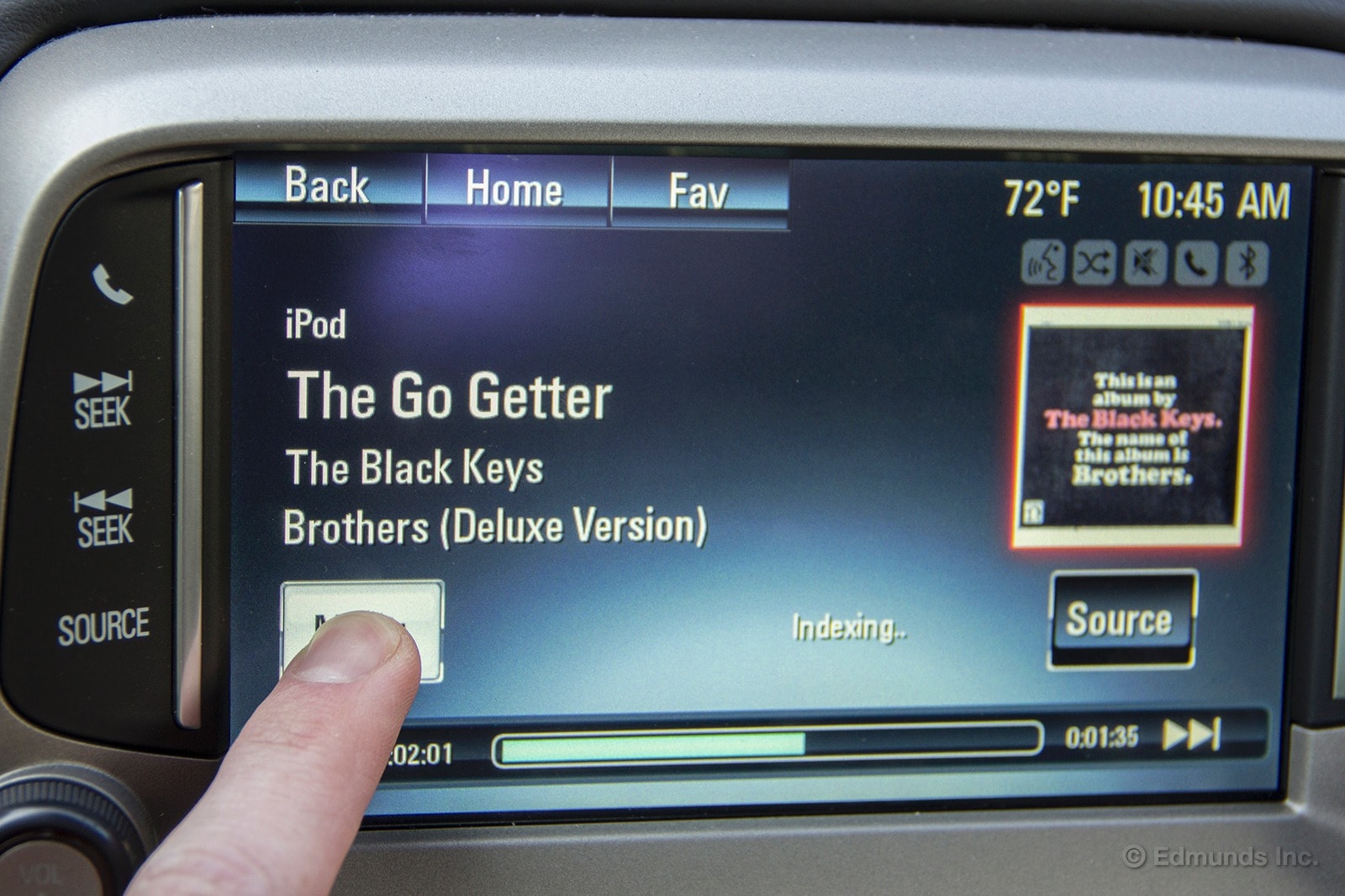
I have about 5,000 songs, a dozen audio books and multiple episodes of sixteen unique podcasts on my iPhone. With that much data, the MyLink system in our long-term 2014 SLP Panther Camaro takes a really long time indexing my music library but what's worse than that though is what happens while I'm waiting for it to compile all that audio.
Chevrolet's MyLink system never picks up where I left off. If I'm listening to a podcast or music through my headphones and I plug my iPhone in to the USB port, the MyLink either begins playing the last song that was playing in the car, or it starts from scratch. During the latter, it plays the song with the lowest alpha-numeric heading (I've heard A.W.O.L. by Yellowcard about 16 times this week). With the long indexing times, I have to wait to select new music or resume the podcast or audio book I was listening to. Whichever decision the system arbitrarily makes, it's annoying.
The MyLink system goes through this routine every time I get in the car, whether I've had it parked for eight hours or five minutes. I've tried leaving the phone plugged in to the USB port but that doesn't help either. Some of these issues are solved using Bluetooth, but once connected, selecting Podcasts often freezes my iPhone and the MyLink. Either way, it's not a system I'd love to live with every day.

I've never been a big fan of the 5th generation Chevy Camaro. I don't really love its cartoonish looks, arrow-slit front window, gimmicky interior or its truck-like powertrain in the SS version. (The V6 version isn't worth discussing. It's all Mustang all day there.)
But then I drove a ZL1. Turns out, all the Camaro needed was a supercharged V8 that would fry the rear tires if you looked at the gas pedal funny.
The ZL1 was fast, controllable, comfortable, made cool noises, and generally made me want to go for long drives where the tires came back all melty and feathered. That car was fun. That car made me happy. Our long-term 2014 SLP Panther is all that and then some.
I may be biased here. See, I was raised in New England where the car scene was dreadful. (Though one BMW tuner had a slick McLaren F1 and a customer with an F1 LM, but that's for another day...) The cars on the road were, for the most part, made by Subaru, Saab and General Motors. Things had 4/AWD and were equal parts rust and indifference.
An import scene tried and failed. Exotics roamed Boston, but were just showpieces. The cars that were loved were American and most had V8s. There were a couple Chevelles, some Mustangs, a spattering of Mopars (my neighbor had a Petty-blue Road Runner Super Bird that I never appreciated as a youngin') and some truly frightening Grand Nationals running 12s or low 13s...which at the time was nutty.
But what really caught my still unlicensed eye were the fourth-generation Pontiac SLP Firehawks. Nothing, not even the 9C1/Police Interceptor cop cars had more mythical misinformation behind them. The Firewhawks surely had 400-450 hp (again, for the time, this was an insane number). They'd run 12s on street tires. The exhaust was so loud it was illegal. It would outrun a ZR1 Corvette. It was a racecar.
There were some nuggets of truth here: The car sure was loud and it would beat a ZR1 Corvette in a straight line according to tests at the time. But it only had 315 horsepower and ran something like a mid/low 13. But hard numbers and reality don't really matter when you run up on one at a stop light, burbling away, fat tires poking out of the fenders a little, Firehawk script subtly waiting for those in the know to notice.
They were always black. They were always clean. And they were always driven by guys who would do a burnout if you just asked the right way. Meaning, if you asked at all. Or gave them the thumbs up. Or looked at them. Or pulled up next to them. Pretty much if they were stopped, there was going to be a burnout and then a pair of red taillights sinking off through the trees.
I wanted one then and I still kind of do.
Our SLP Panther does away with the subtlety of those early cars, but still retains the cool. It's louder than a ZL1 inside and out. Boring people would call it too loud. The ZL Short Throw Shifter is better than the stock one out on the streets — that 1-2 shift at full whack is a thing of beauty. And finally, I like the supercharged LS3 more than I like the supercharged LSA in the ZL1. The LS3 here has a higher rev-limiter (even if it does crash into it annoyingly hard) and feels zingier (technical term) than the LSA. Oh, and in our testing the Panther outran the ZL1 turning in a 12.5-second quarter mile at 116.0 compared to the ZL1's 12.7 @ 114.7.
Our Panther wears a $67,020 sticker price as equipped while a similar ZL1 will run you $63,435. $4,000 isn't an insubstantial difference, but "cool" doesn't fit on a balance sheet and if it did, it'd be worth more than $4K.
Wrap-Up
What We Got
The main ingredient in our 2014 SLP Panther 600 Camaro is going to sound obvious. It's a 2014 Chevrolet Camaro. Our car was a 2SS with the 1LE and RS packages. This combination of numbers and letters equated to a six-speed manual, dual-mode exhaust, sport suspension, 3.91 rear axle and 20-inch Goodyear Eagle F1 Supercar tires, HIDs and LEDs, navigation system and a rear spoiler among other minor touches. The Camaro cost $43,390 before SLP stepped in.
Standard SLP performance touches cost $16,760 and included a TVS 2300 high-output supercharger; SLP Blackwing cold-air induction system; PowerPac valvetrain upgrade (1.85 ratio aluminum rockers, high-lift springs, titanium retainers); and a PowerFlo axle-back exhaust.
Optional SLP parts added $6,870 more to the sticker in the form of: a dual-disc clutch and flywheel, heavy-duty half-shafts, steering-column-mounted boost gauge, thicker sway bars, coil-over shocks, Brembo Sport disc brakes and Panther black and gold accents.
The bottom line read $67,020.
More importantly to us was the resulting power increase. Output from the Camaro's stock 6.2-liter V8 swelled from 426 horsepower and 420 pound-feet of torque to 600 hp and 550 lb-ft. To manage the power boost, suspension adjustments were also made, dropping ride height 1 inch up front and 0.8 inch in the back. A healthy list of SLP-specific cosmetic alterations brought the whole package together.
We had the Panther on loan for just six months, half of our normal long-term loan length. So when the keys dropped into our hands, we were eager for the test to begin.
Our Impressions
"Because it started life as a Camaro SS, our SLP Panther 600 has a Tremec TR6060 six-speed manual transmission.... SLP enhances it with a short-throw shifter kit, and our Panther also has the company's optional heavy-duty clutch kit. I've now driven our SLP Camaro in a variety of traffic conditions, and this is one of the better applications of the TR6060 I've experienced. I wouldn't exactly call this transmission effortless in stop-and-go traffic, as the clutch is on the heavier side while the shifter has a weighty, mechanical feel as you work the gears. But it's not physically taxing, either. The clutch has a fairly well-defined engagement point, and I do enjoy the shorter throws. It also helps that SLP has gone ahead and removed the transmission's 1-4 skip-shift feature.... And there's pleasure in loafing when traffic requires it. When you abruptly lift off the throttle while easing along in 2nd or 3rd, there's a satisfying 'bwa-bwa-bwa' from the exhaust." — Erin Riches
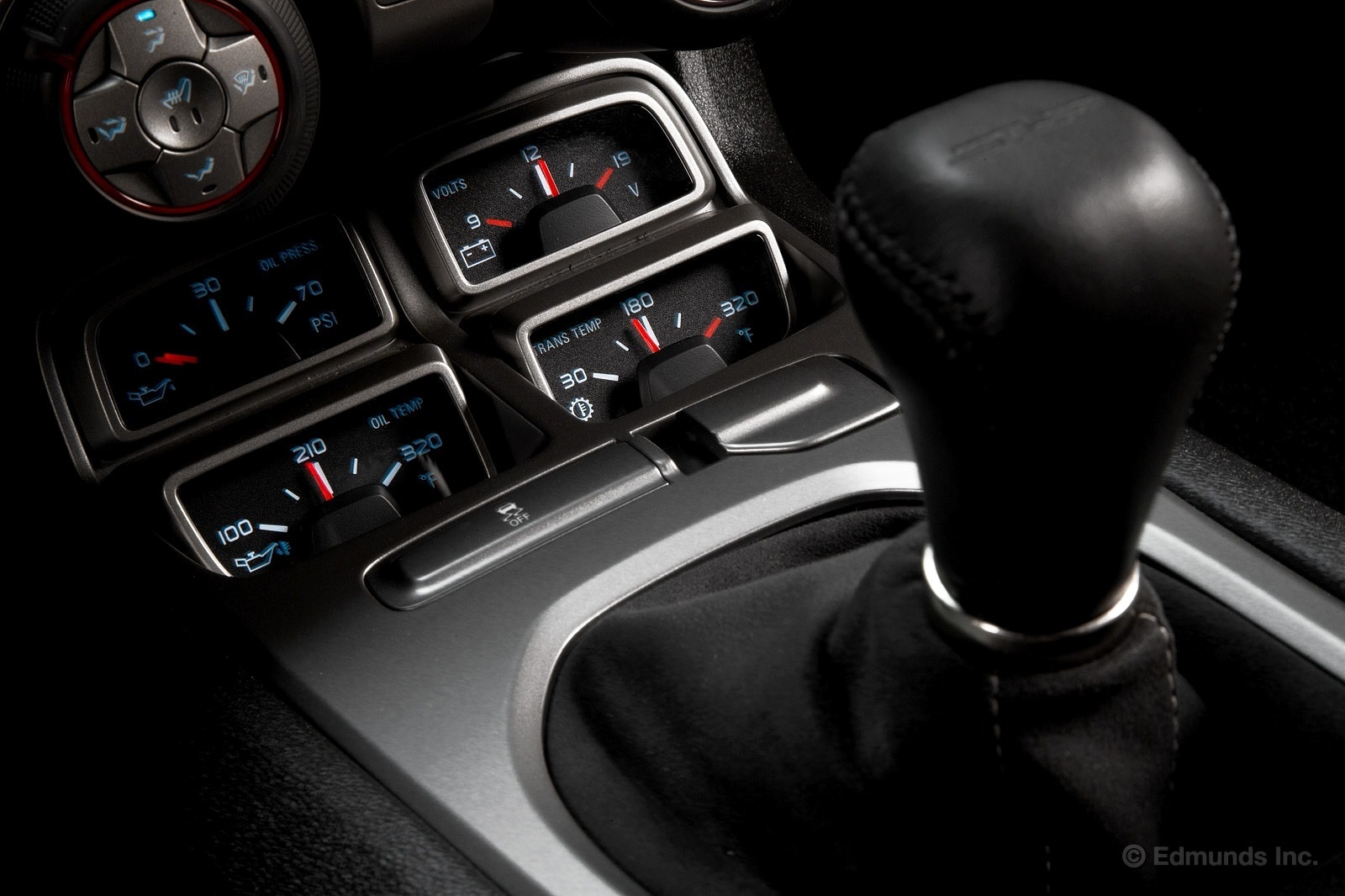
"This car makes me happy.... There's so much more to like about the SLP Panther besides its color scheme and its monster performance. This is not just a toy like so many tuned performance cars. SLP manages to dial up the performance without destroying the car's drivability, usability and comfort. The Panther is easy to drive, even in the rain, and it doesn't beat you up when you're just cruising to work. You can hear its big V8, as you should, but it's not so loud that it's obnoxious. And the suspension is more compliant than the last Cadillac CTS Vsport I drove. In fact, it rides much better than our long-term Porsche 911. Even the Panther's clutch is light enough to keep traffic jams from becoming left leg busters. In other words, it's a real car, not just some burnout machine. You might even call it refined." — Scott Oldham
"It's not obnoxious at all. It has an invigorating bark on start-up, but the exhaust is just loud enough to excite without waking up the entire neighborhood. And it doesn't suffocate you with supercharger whine at full throttle, either. In most driving you barely notice the reworked suspension. It's only when you hit an oversize bump at freeway speeds that things get truly bouncy. Overall, this is an impressive (and yes, crazy-fast) piece." — Mike Monticello
"I was tasked with driving it off the SEMA show floor in Las Vegas and back to L.A. In my head, it would have far too much power, too little gearing and a suspension that rivals a shopping cart. Boy, was I wrong. First off, the power is very manageable. Things only get ridiculous with a deliberate stab of the pedal. The gearing is pretty much dead-on, too, with just enough snap to have fun while not being so aggressive that it's revving unnecessarily high on the highway. The suspension is pretty exceptional as well, balancing enough stiffness for cornering without being harsh. And the sound... oh... the sound. From the driver seat with the windows up, it doesn't sound obnoxious at all. You can even hear the faint whine of the supercharger. Roll down the window and romp on the throttle, though, and you get this glorious cacophony of a mechanical roar. Dump the throttle and you're treated to a beastly snarl and crackle overrun." — Mark Takahashi
"The Panther's flaw is its rev limiter.... It isn't even a rev limiter. It's a hard fuel cut-off. Bang the motor into it and it shuts off like Right Now. It's like driving the car into a wall. Of course, I think the engine needs some protection from over-revving, but I've driven many LS-powered cars over the years, from Pontiac GTOs to Camaros and Corvettes including more than a few supercharged examples like ZL1s, ZR1s and Callaways. I don't remember any of them having such an abrupt limiter. When over-revved, those cars spit and sputter. They sort of ask you for the next gear. But the Panther shuts you down. Hard. SLP says this is by design.... Despite keeping the rev ceiling at the factory spec 6,600 rpm, the company's engineers have reprogrammed the fuel cutoff for the more aggressive feel. If you ask me, they should change it back." — Scott Oldham
"You can't miss it. Right there on our long-term SLP Panther's hood are 1-inch-tall letters smacking your ocular nerves with what lurks beneath: 600HP Supercharged.... Challenge accepted. We rolled on down to MD Automotive's Dynojet chassis dyno to see if it delivers on its promise.... (the Panther has) a suitably broad plateau of torque that, over a wide span of engine speed, barely deviates from its peak value of 449 lb-ft as measured at the wheels. It's a big, flexible power delivery that maintains its goods even as the 6,600-rpm fuel cut looms large. Power peaks at 6,000 rpm at 479 horsepower.... Factoring in driveline loss, its 600 hp claim appears a touch optimistic. SLP tells us that the Panther's 600 hp designation is determined on their SuperFlow dyno using the 92 or 93 octane fuel common in their region.... Since Edmunds is based in Los Angeles, 91 octane is what we feed our Panther." — Jason Kavanagh
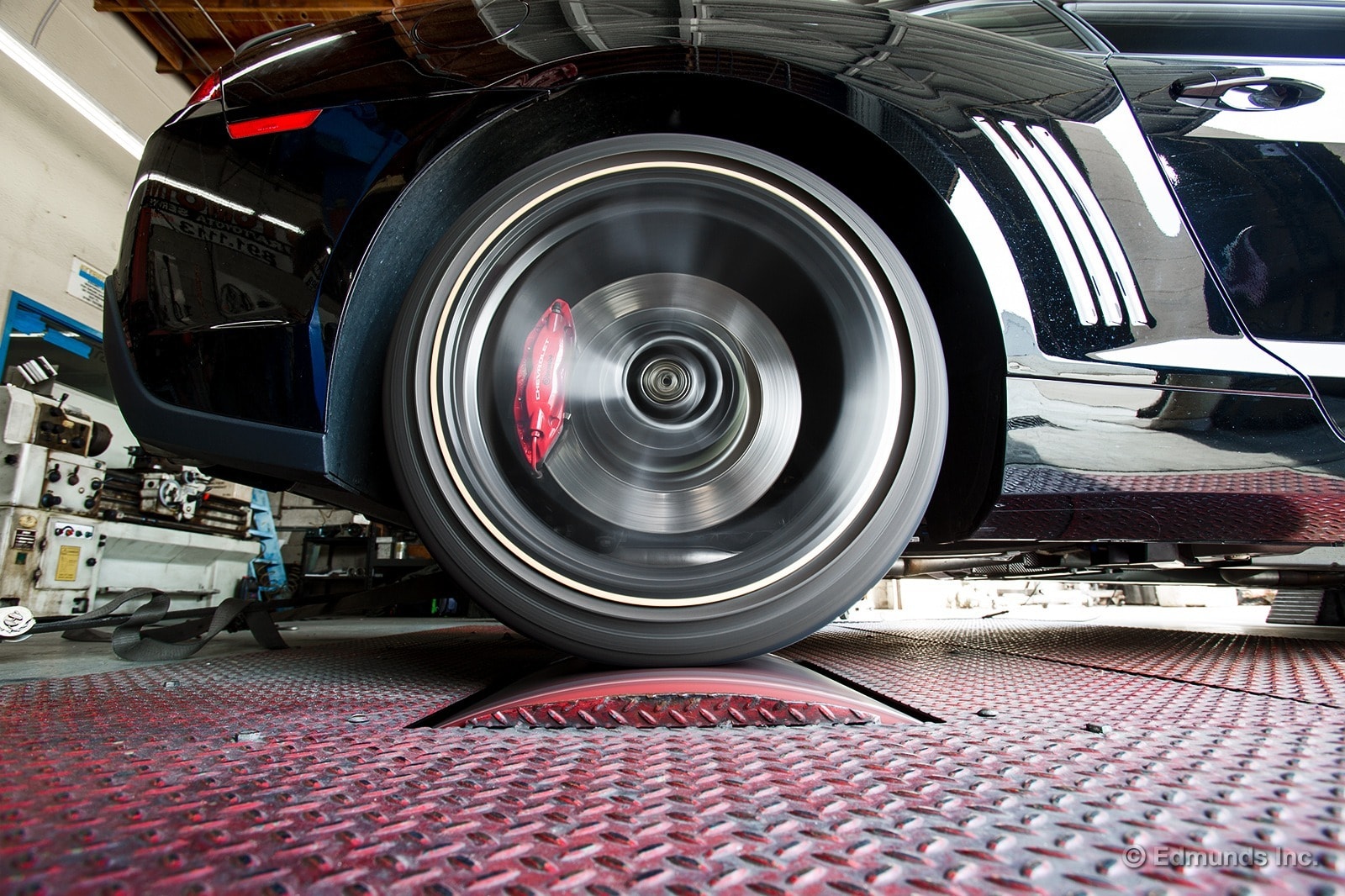
"Sure enough, the coolant temp gauge was pegged.... I immediately swung the big coupe alongside the curb. Upon reaching a halt, the engine ran roughly for a second before quitting. I attempted to restart it (idling allows the coolant to keep circulating... assuming there's still coolant to circulate) but it wouldn't start.... Popped the hood and half-expected a geyser of steam, but no such thing happened. Instead I found the serpentine drive belt shredded and shoved into one side of the engine bay.... I discovered what caused the old belt to be chucked off. The alternator pulley was loose. Bingo. Belts will walk right off of loose pulleys. In yet another silver lining, the nut that secures the pulley had backed off a few turns but was still in place." — Jason Kavanagh
"If you're going to tune a car, this is the way to do it. This Panther can still be a wild beast if you want it to, but otherwise, it's a domesticated creature that can easily be your daily driver." — Ronald Montoya
Maintenance & Repairs
Regular Maintenance:
Our SLP Panther followed the same guidelines as those of a standard Camaro SS. This put us into the service bay for oil changes twice during our test. We had such a favorable experience during our first visit to a nearby Valvoline Instant Oil Change facility that we were back again for the second oil change.
Service Campaigns:
No recalls or TSBs were issued on the Panther during our test. On two occasions the serpentine belt came off due to a loose alternator pulley. The only money spent out-of-pocket came in the form of tires. Replacement Eagle F1 Supercar tires in the rear cost us $675, balanced and installed.
Fuel Economy and Resale Value
Observed Fuel Economy:
We averaged 14.7 mpg over 10,240 miles of owning the Panther. Our best single tank of fuel from the supercharged V8 was 24.4 mpg. The longest distance traveled between fill-ups was 370 miles. EPA fuel economy estimations were not available for this vehicle.
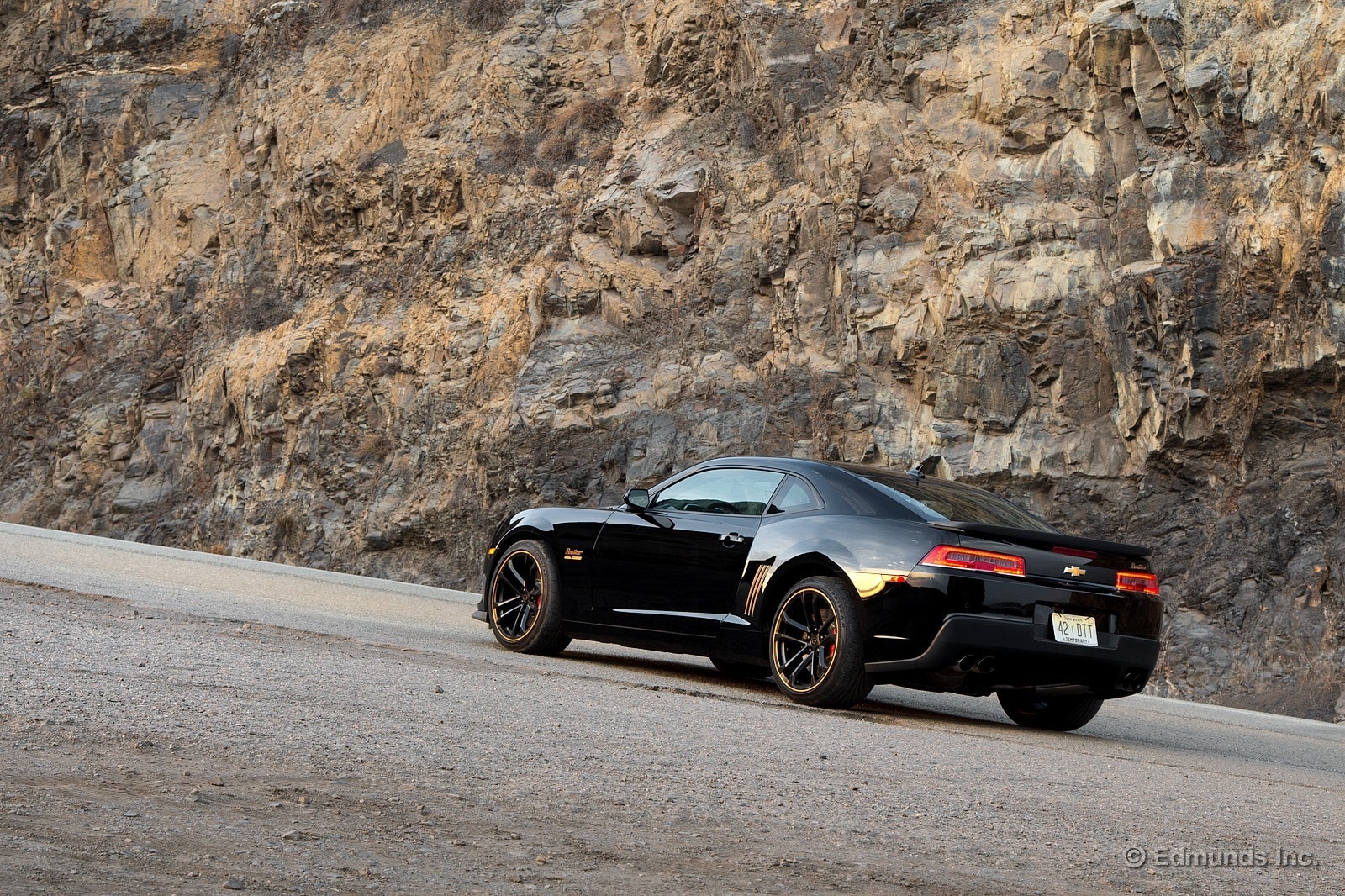
Resale and Depreciation:
Our 2014 SLP Panther test car cost $67,020. We added just over 10,040 miles during the time it called our garage home. When our loan of the Panther was over, we returned it to the manufacturer. Depreciation information was not available on Edmunds' TMV® Calculator at the time of this article.
Summing Up
Pros: Fast and loud, with the sort of power we expect from an SLP Camaro. It's quicker than a ZL1. Surprisingly, the Panther is also comfortable enough for daily driving.
Cons: Its wider stance and low front scoop require extra care during typical city driving maneuvers. The 580-hp Camaro ZL1 starts at $57,650.
Bottom Line: Despite the underlying spatial limitations of being a Camaro, the real appeal of the SLP Panther is its balance between power and everyday drivability. This car does it better than just about any aftermarket car we've ever driven.
| Total Body Repair Costs: | None |
| Total Routine Maintenance Costs: | $243.99 (over 7 months) |
| Additional Maintenance Costs: | $674.52 for two tires |
| Warranty Repairs: | None |
| Non-Warranty Repairs: | Replace two rear tires |
| Scheduled Dealer Visits: | 2 |
| Unscheduled Dealer Visits: | None |
| Days Out of Service: | None |
| Breakdowns Stranding Driver: | 1 |
| Best Fuel Economy: | 24.4 mpg |
| Worst Fuel Economy: | 10.3 mpg |
| Average Fuel Economy: | 14.7 mpg |
| True Market Value at service end: | Not available |
| Depreciation: | Not available |
| Final Odometer Reading: | 10,240 miles |
The manufacturer provided Edmunds this vehicle for the purposes of evaluation.